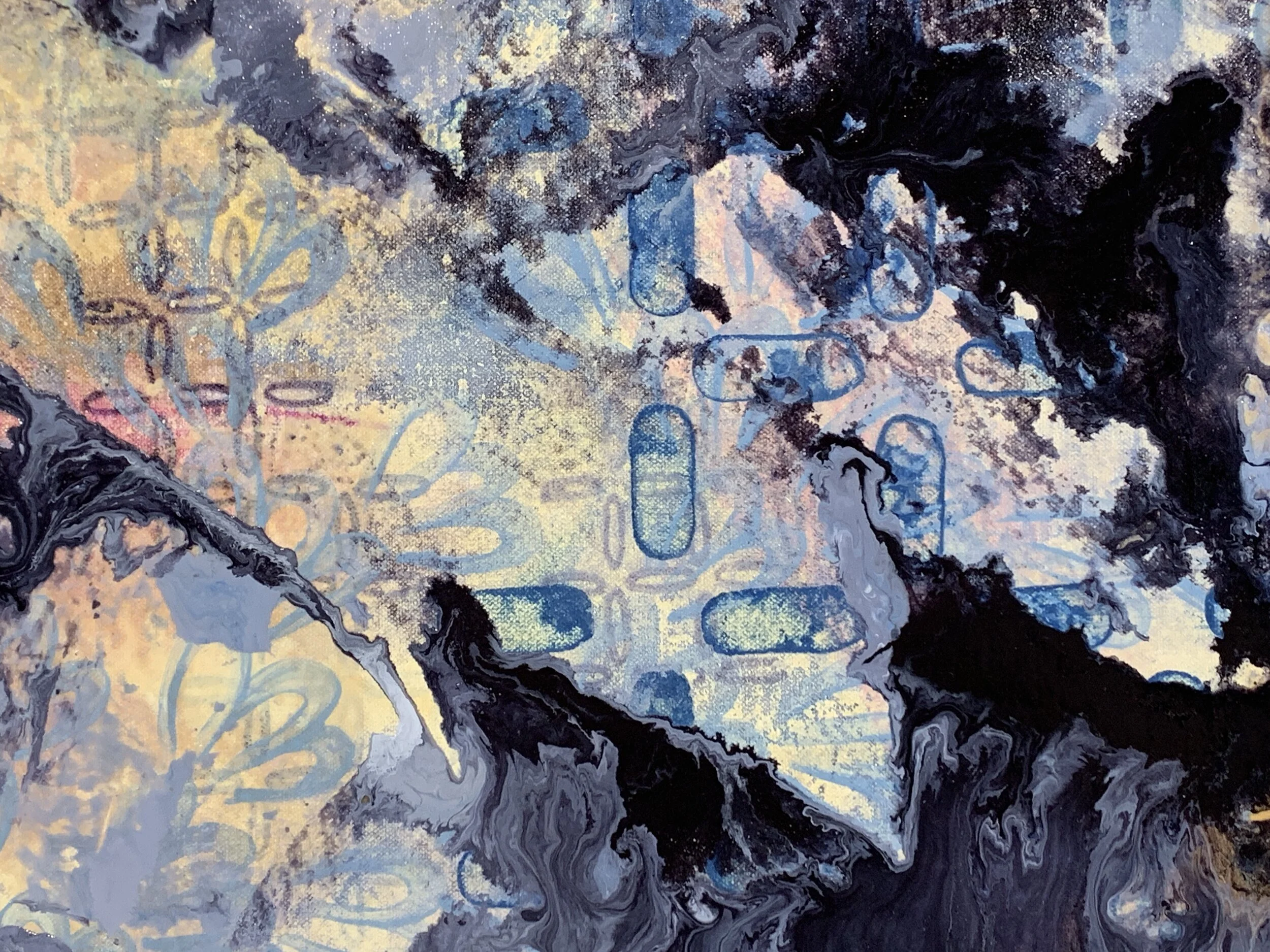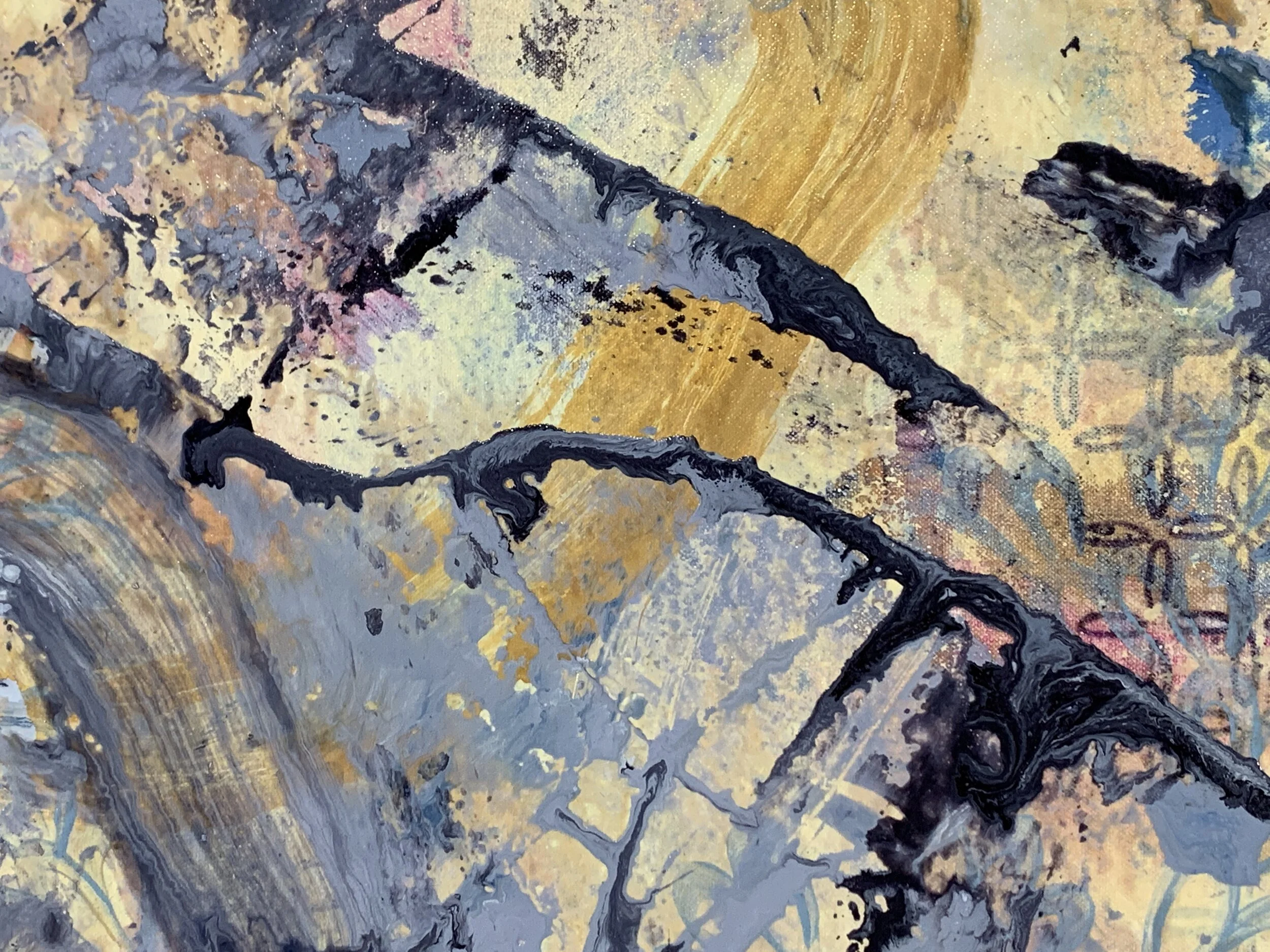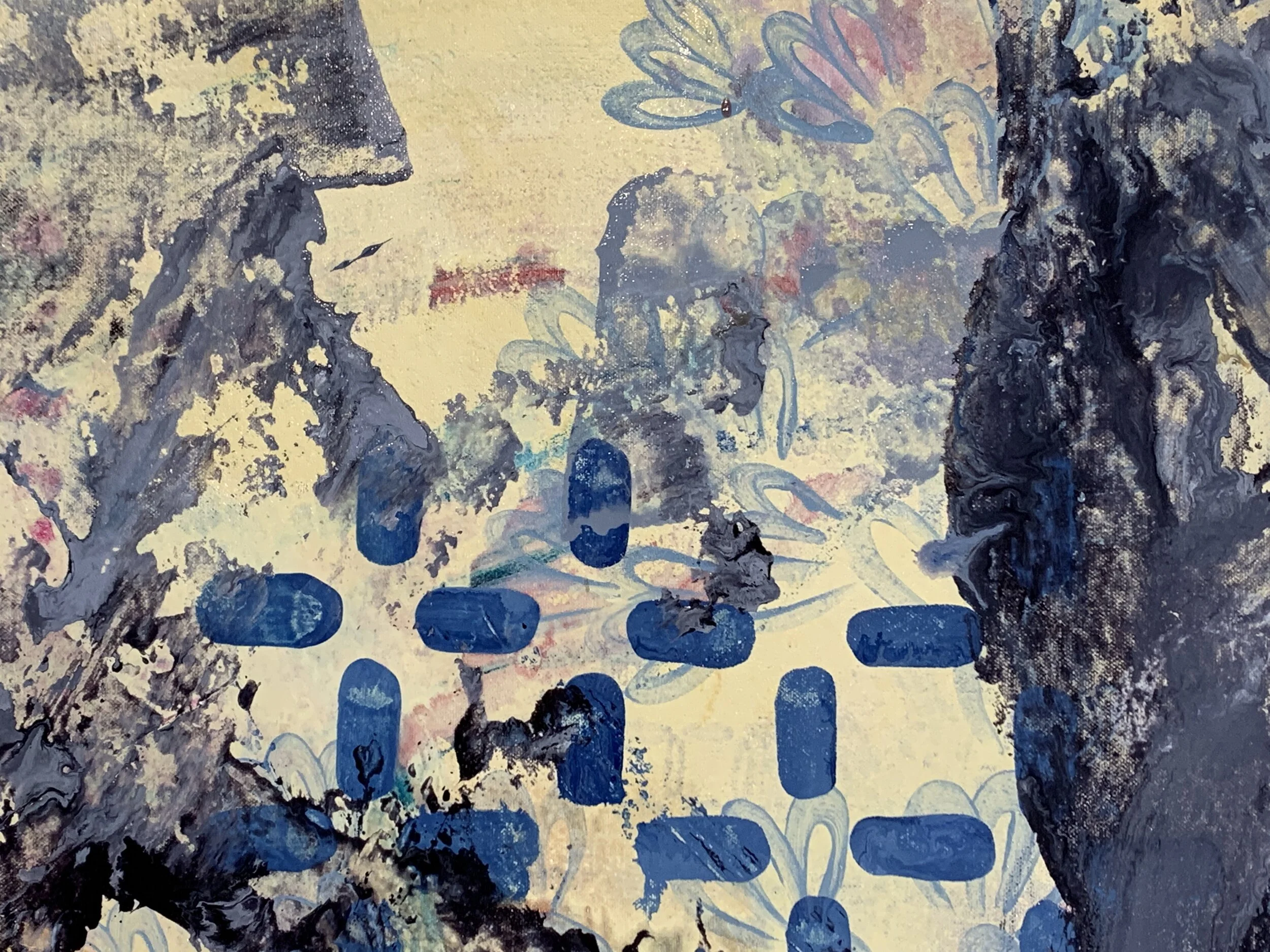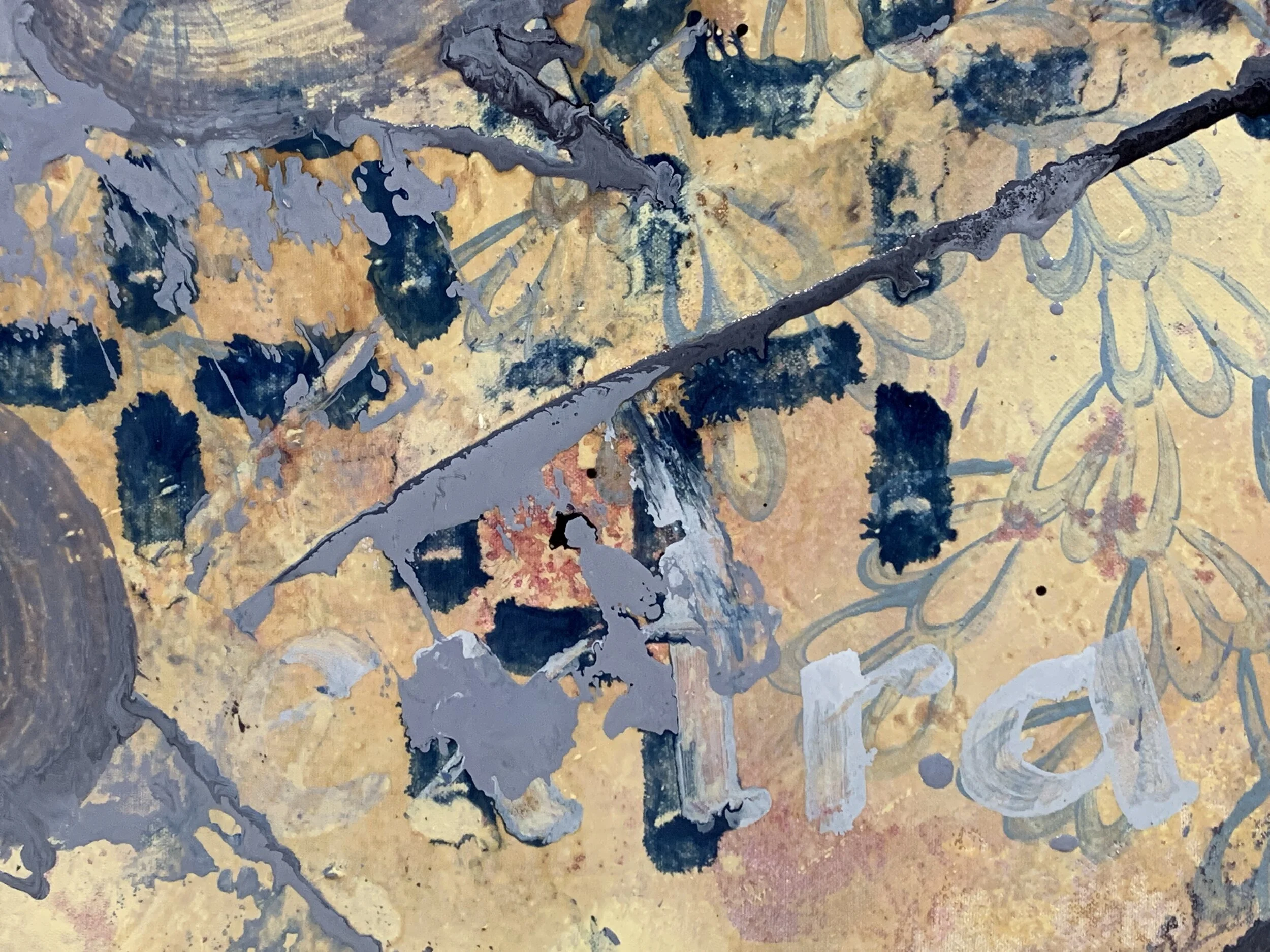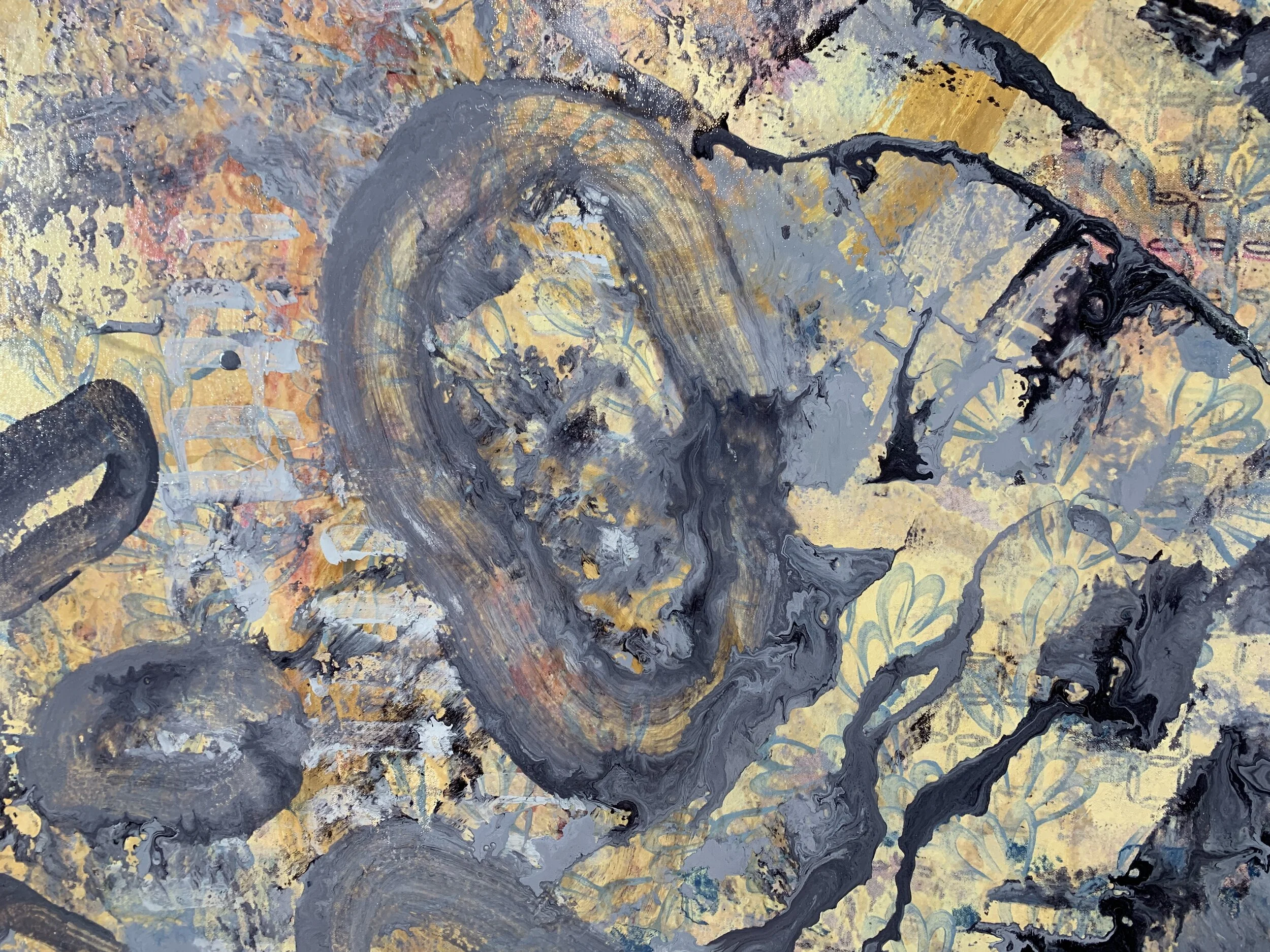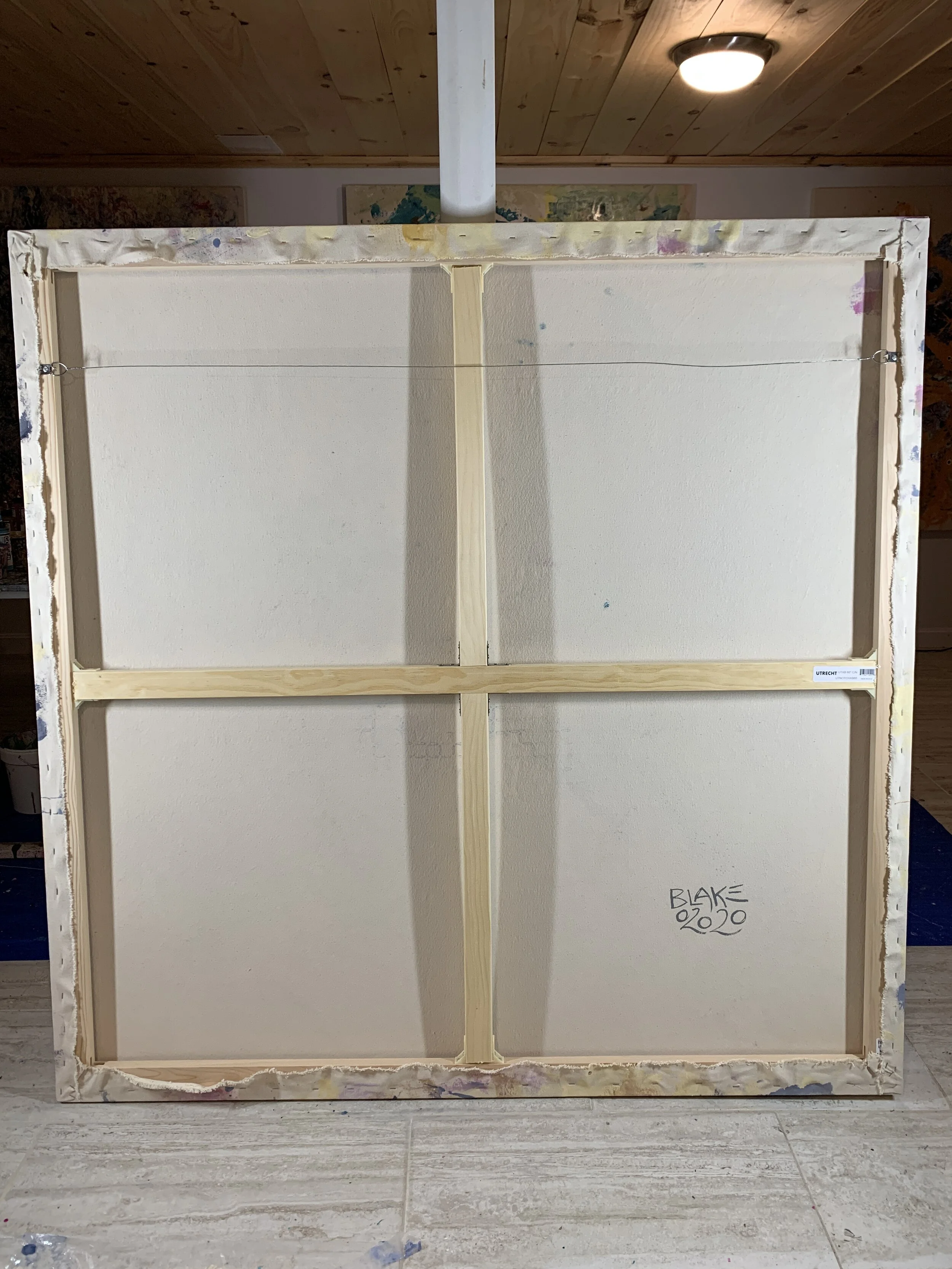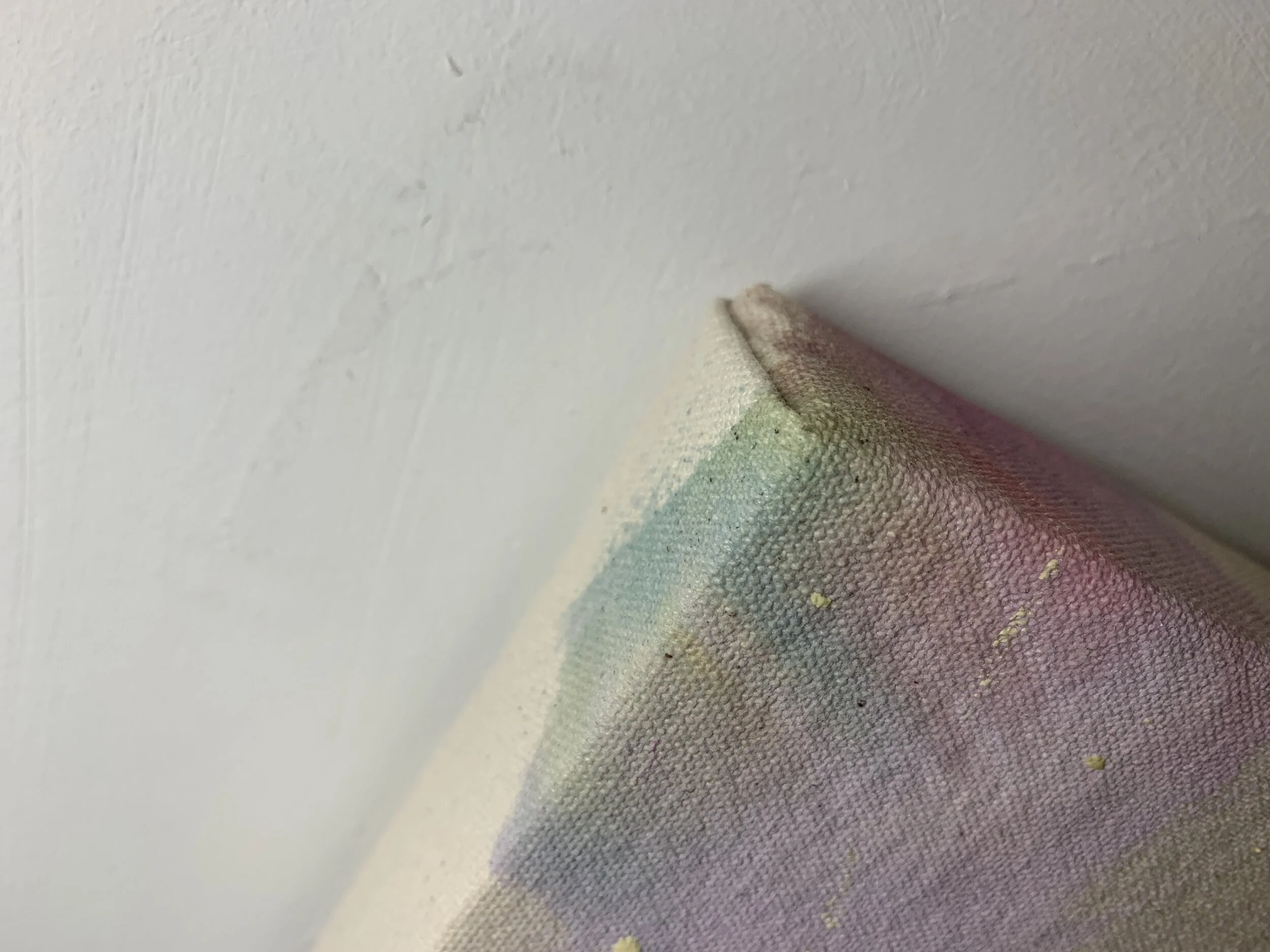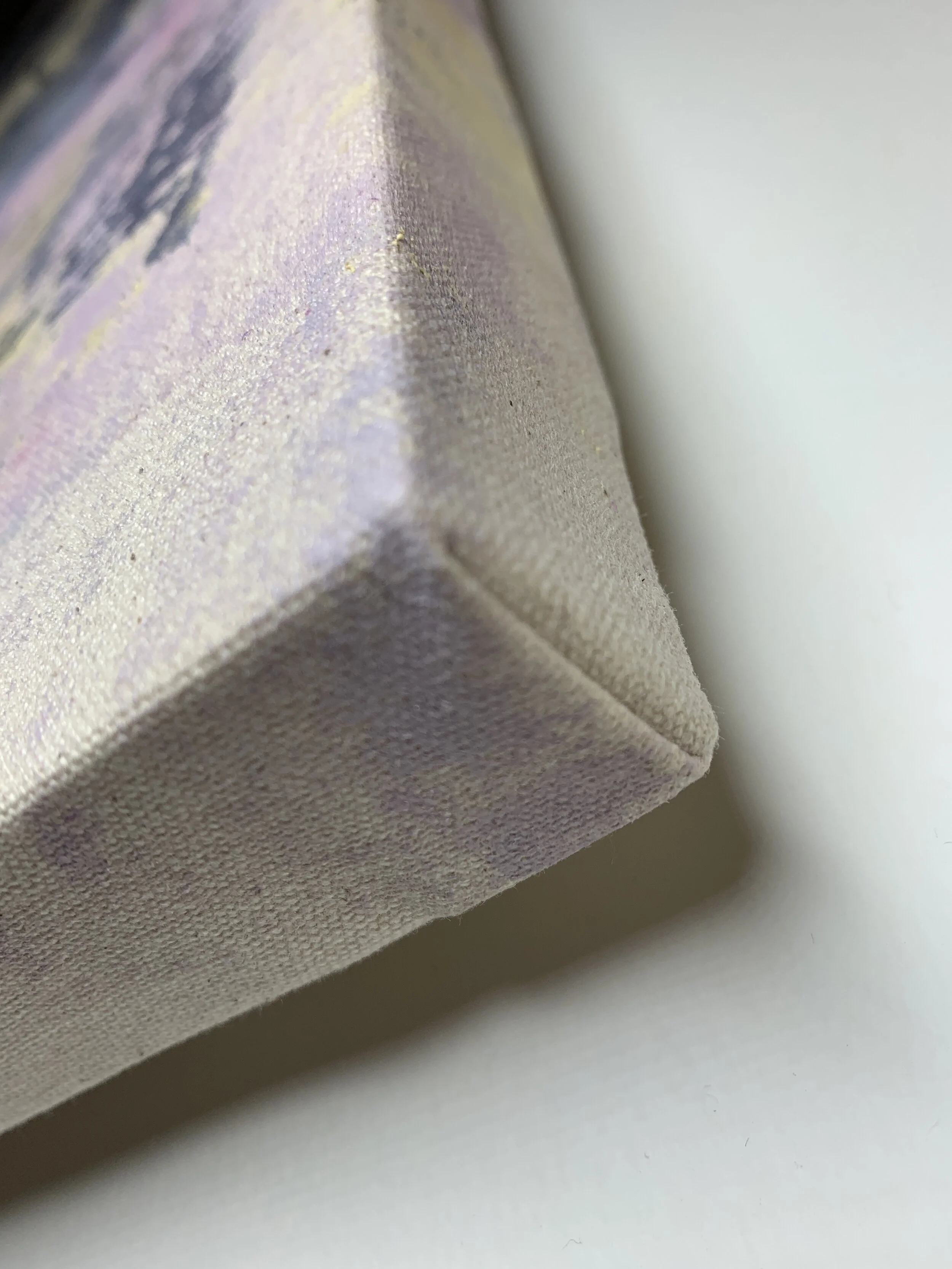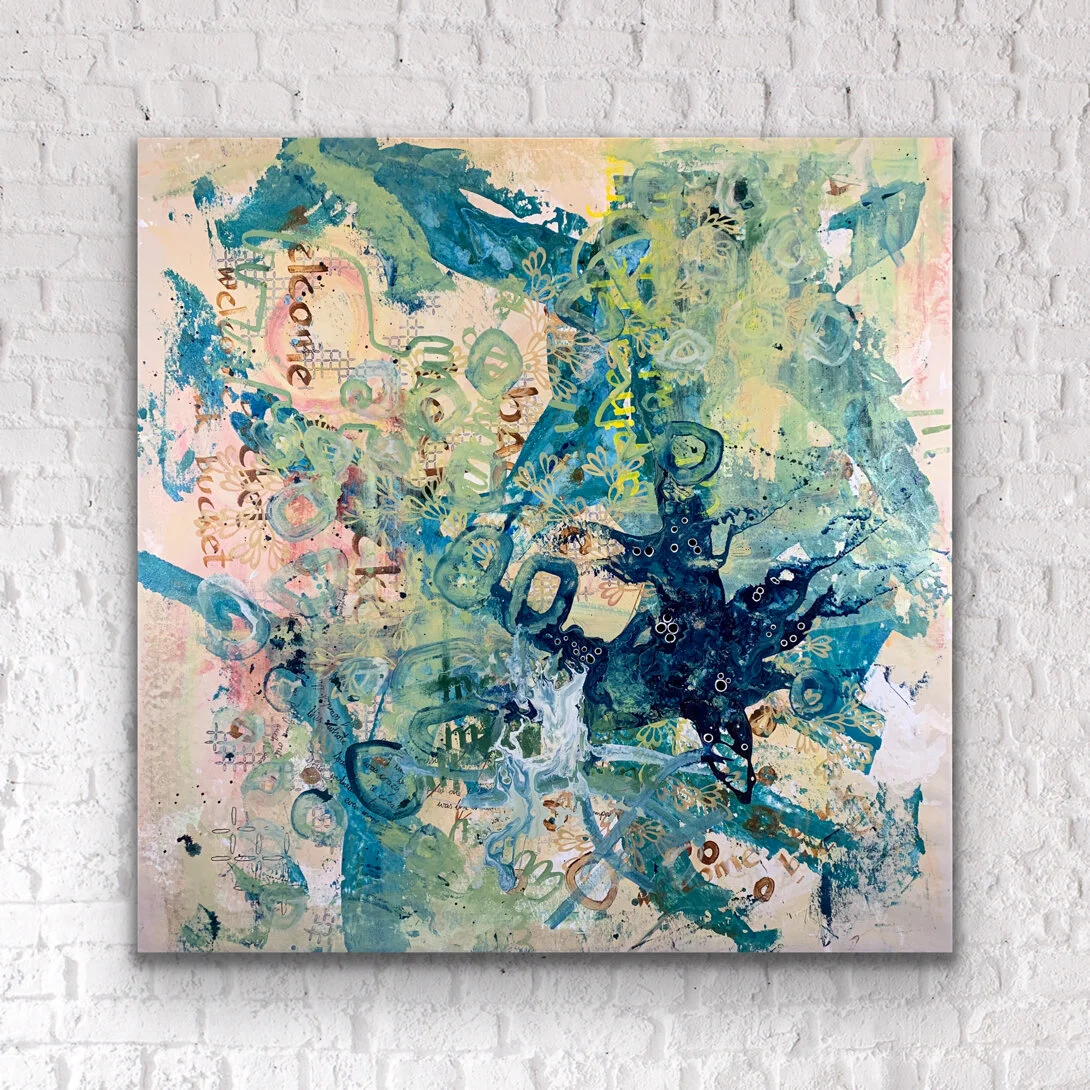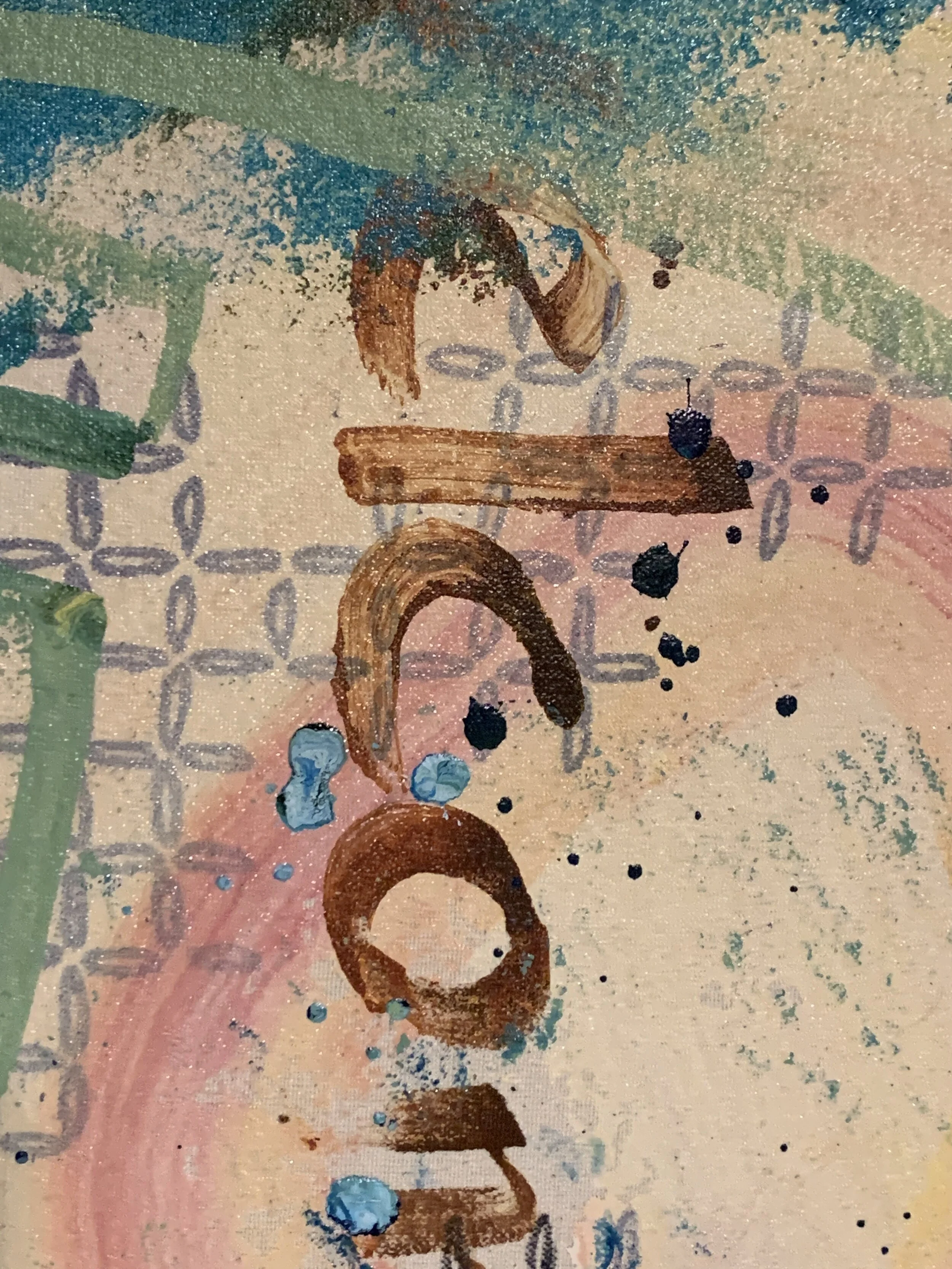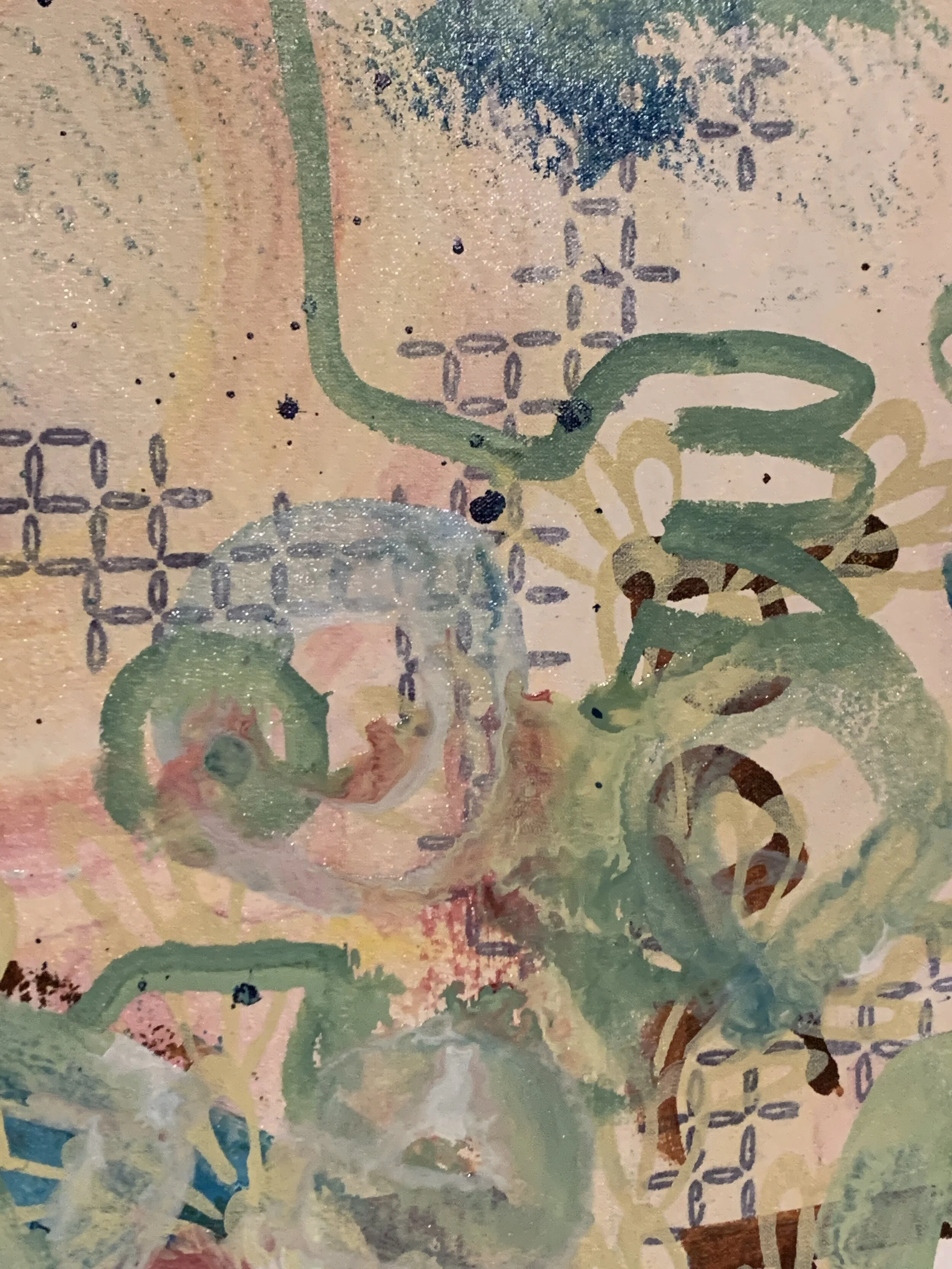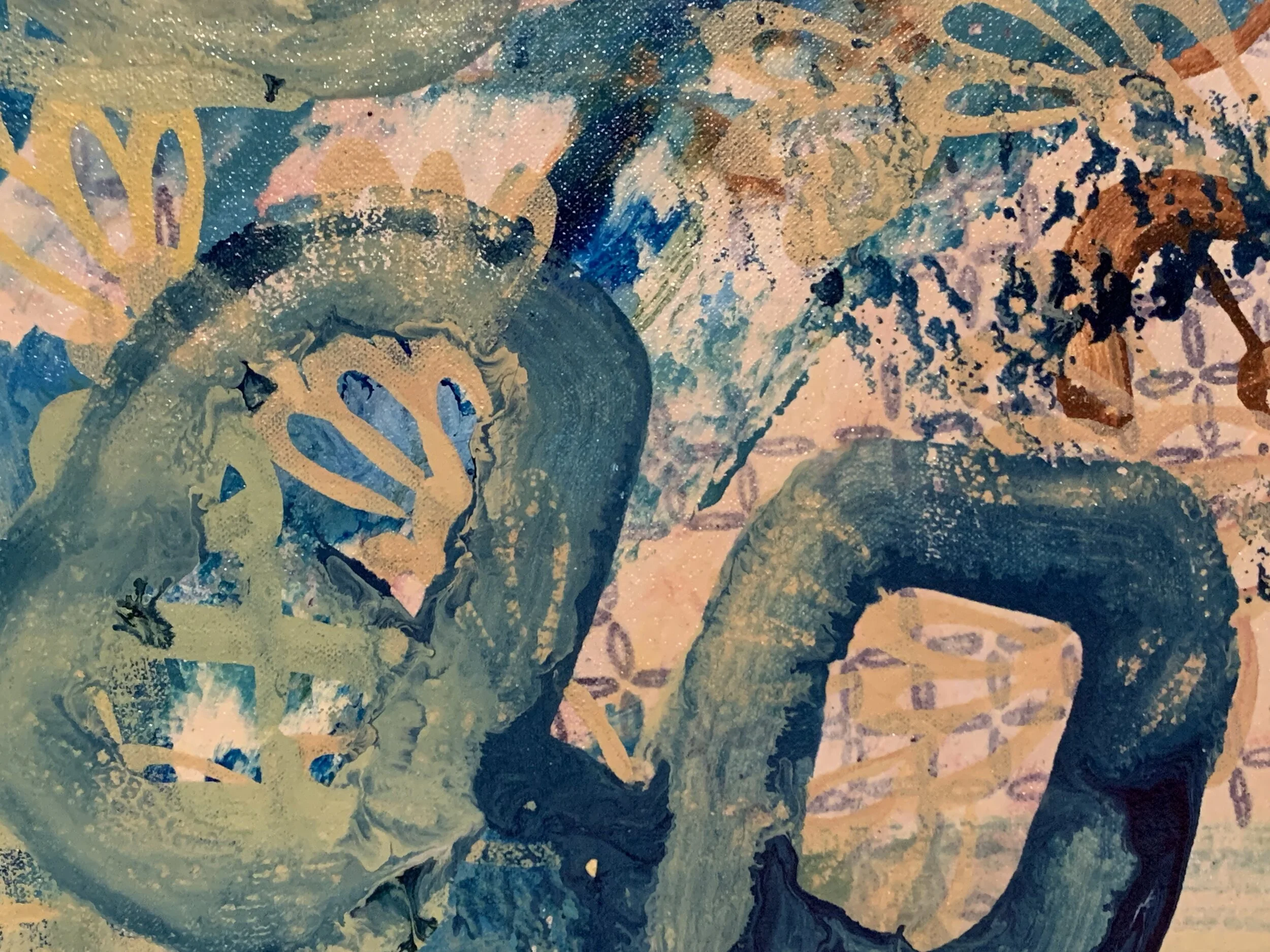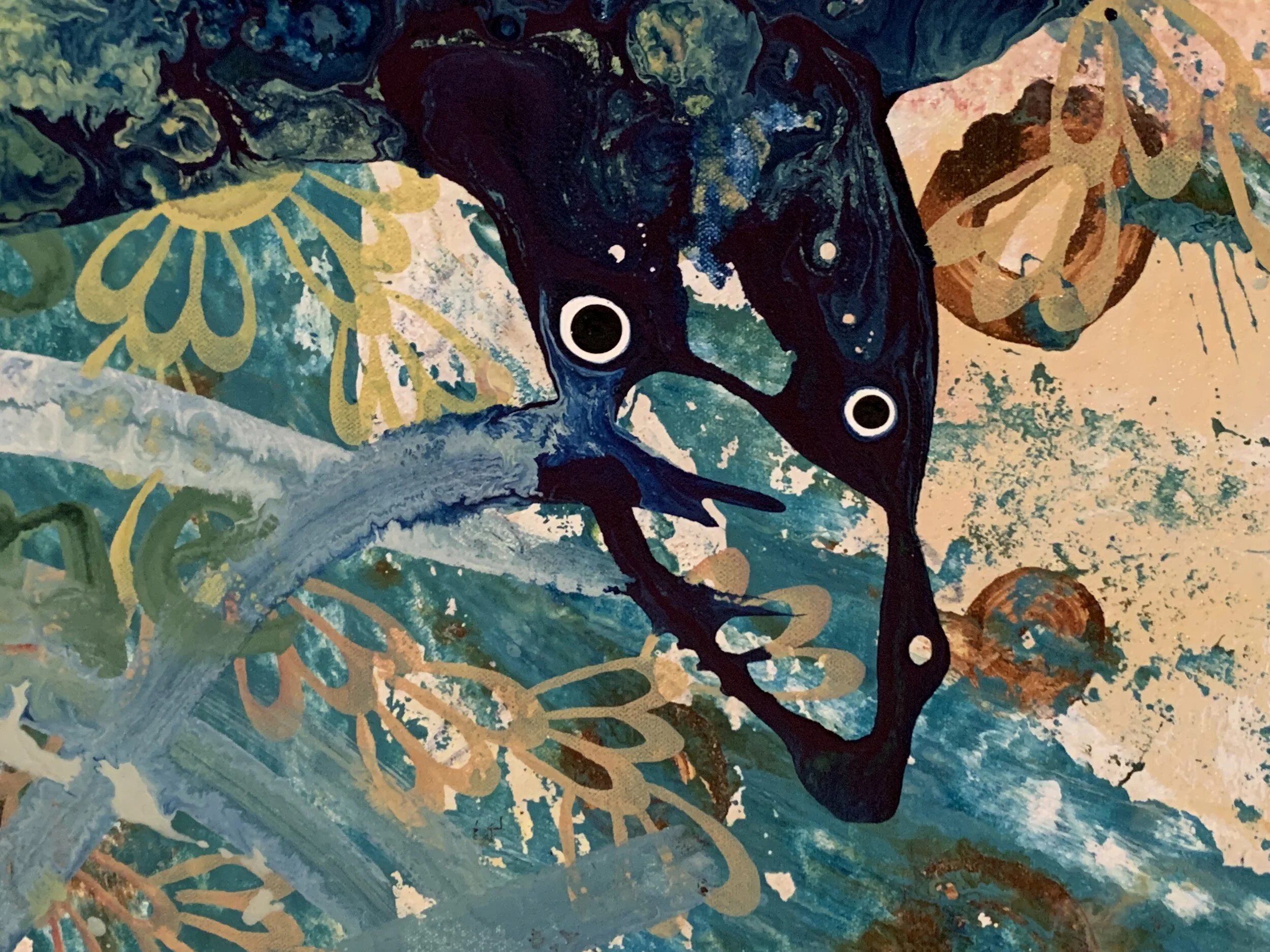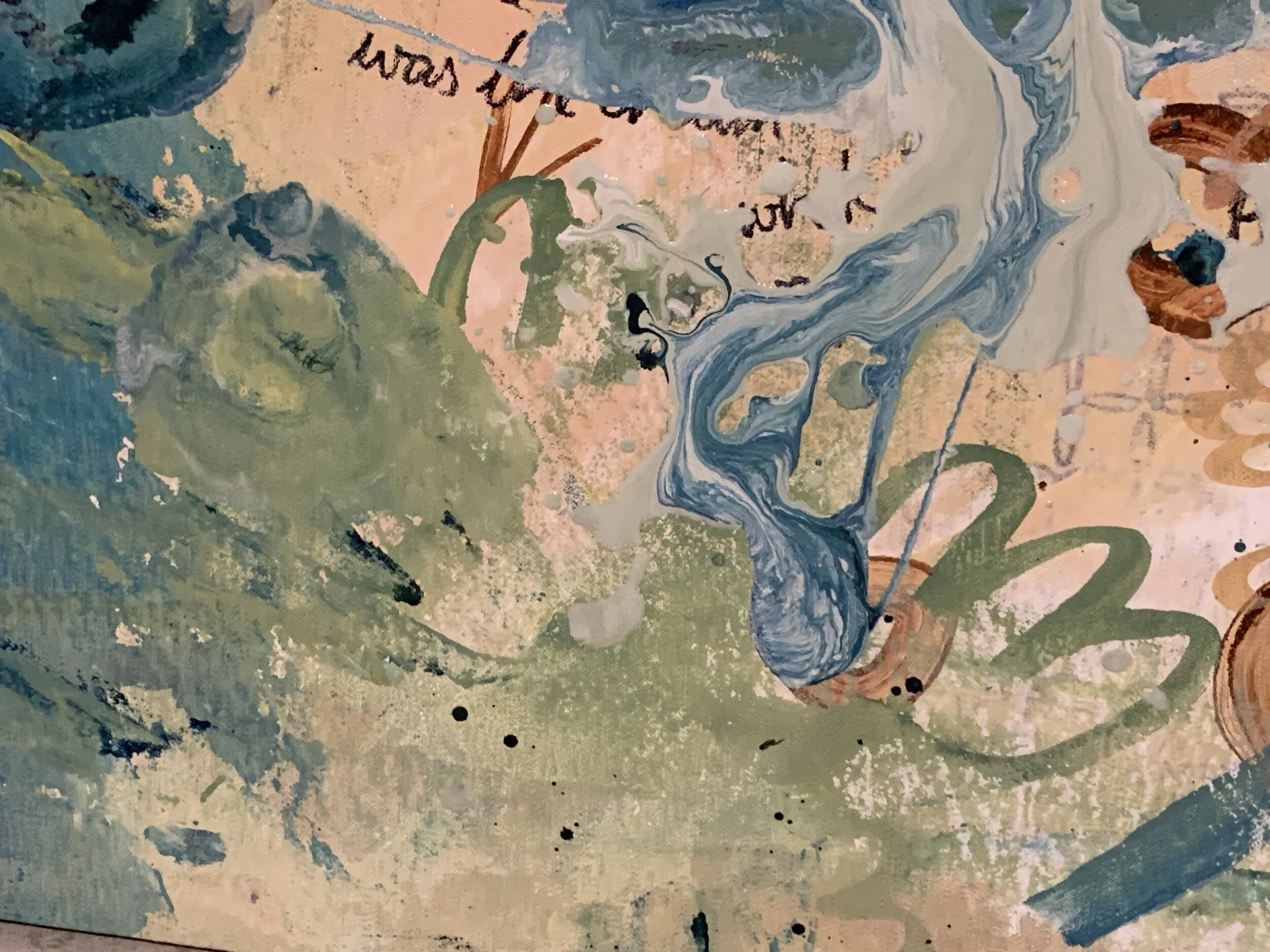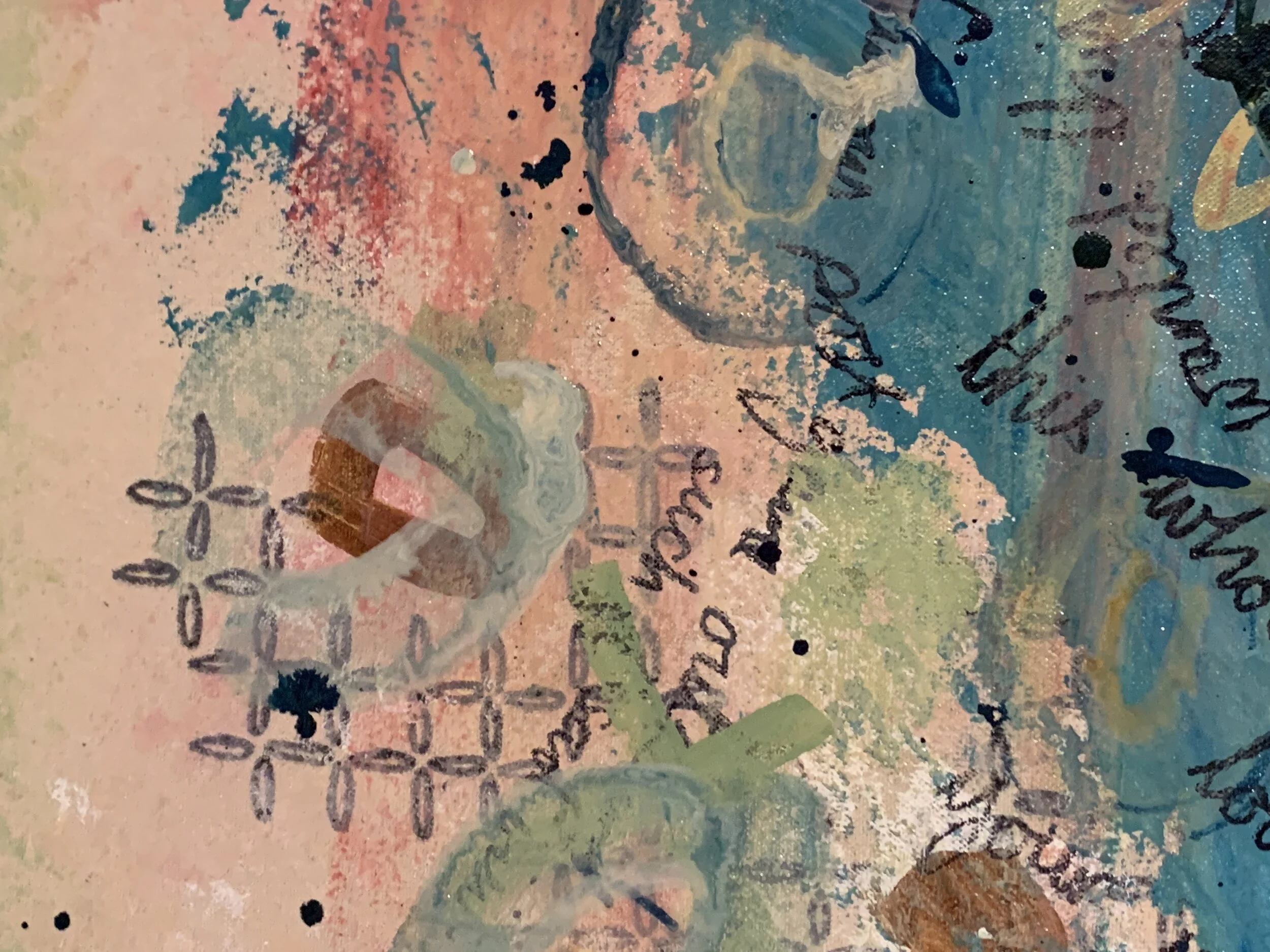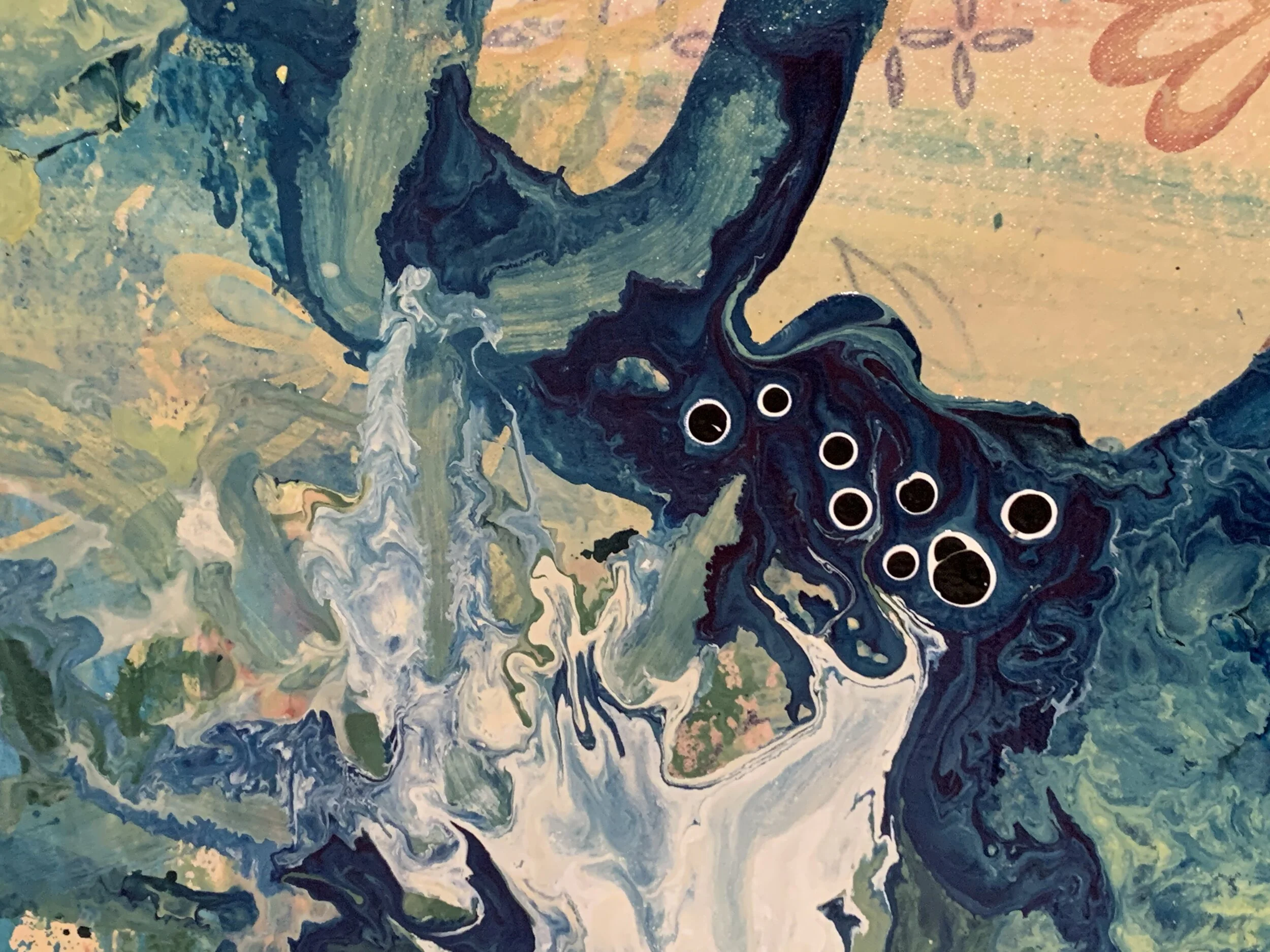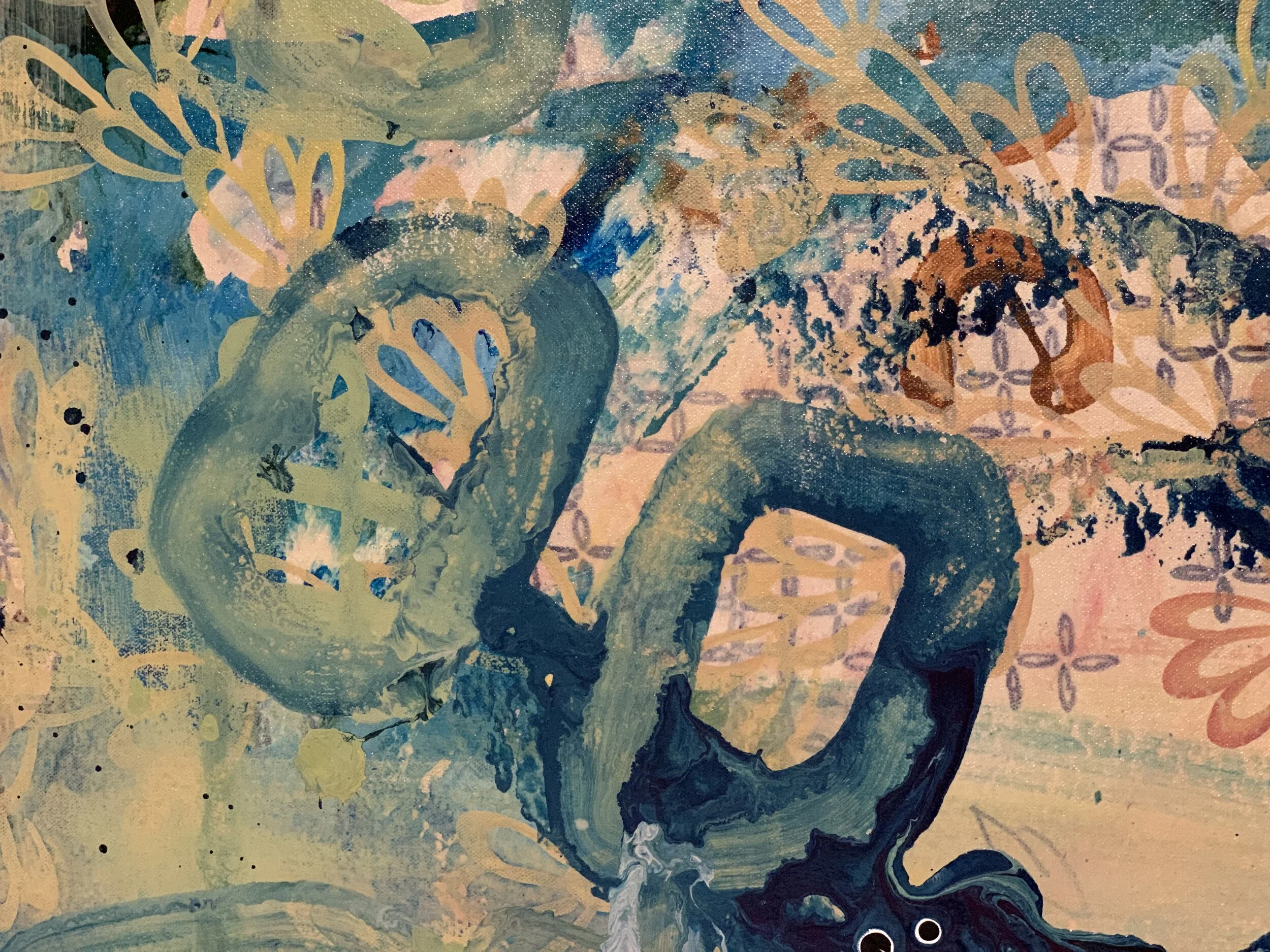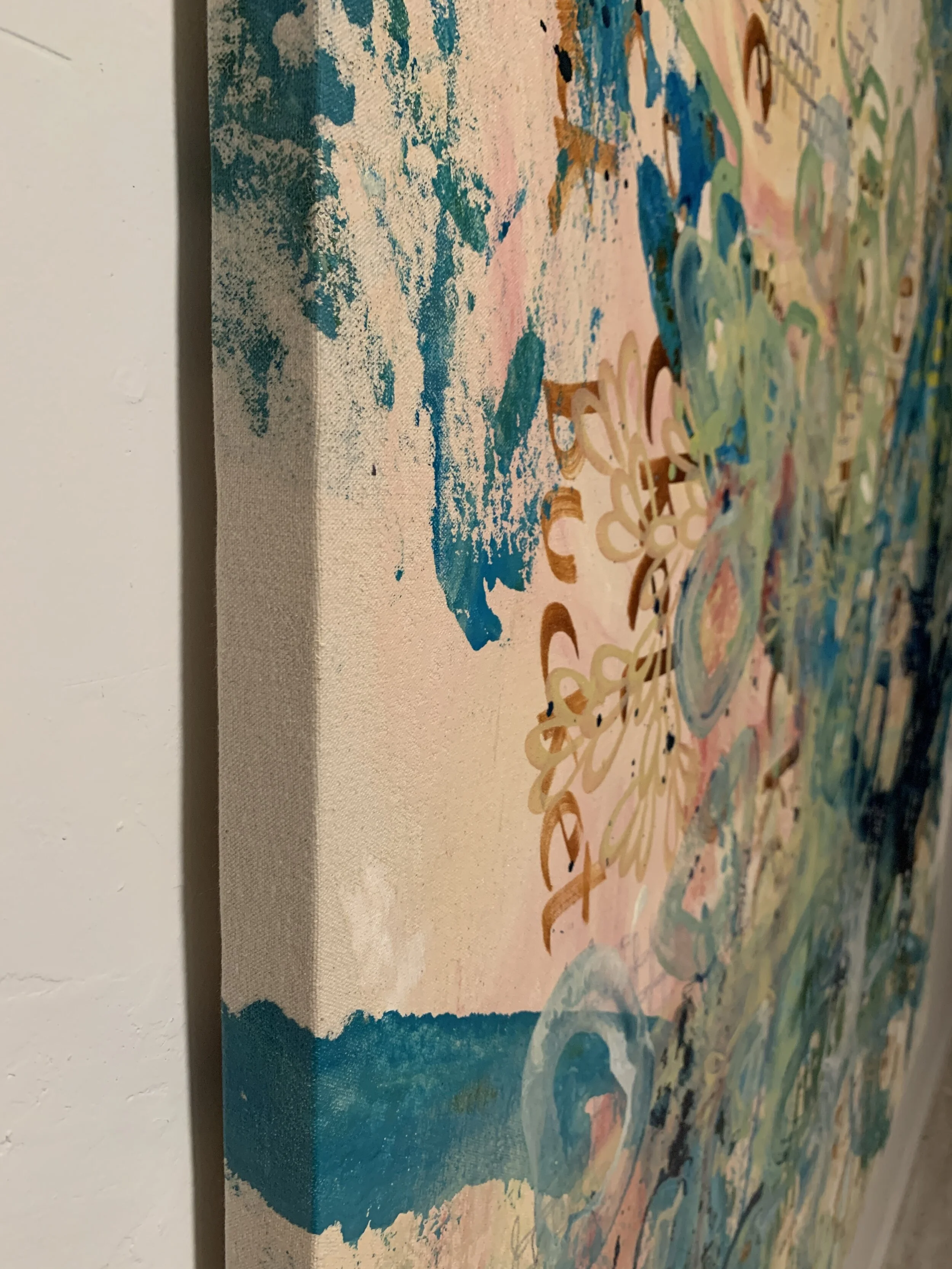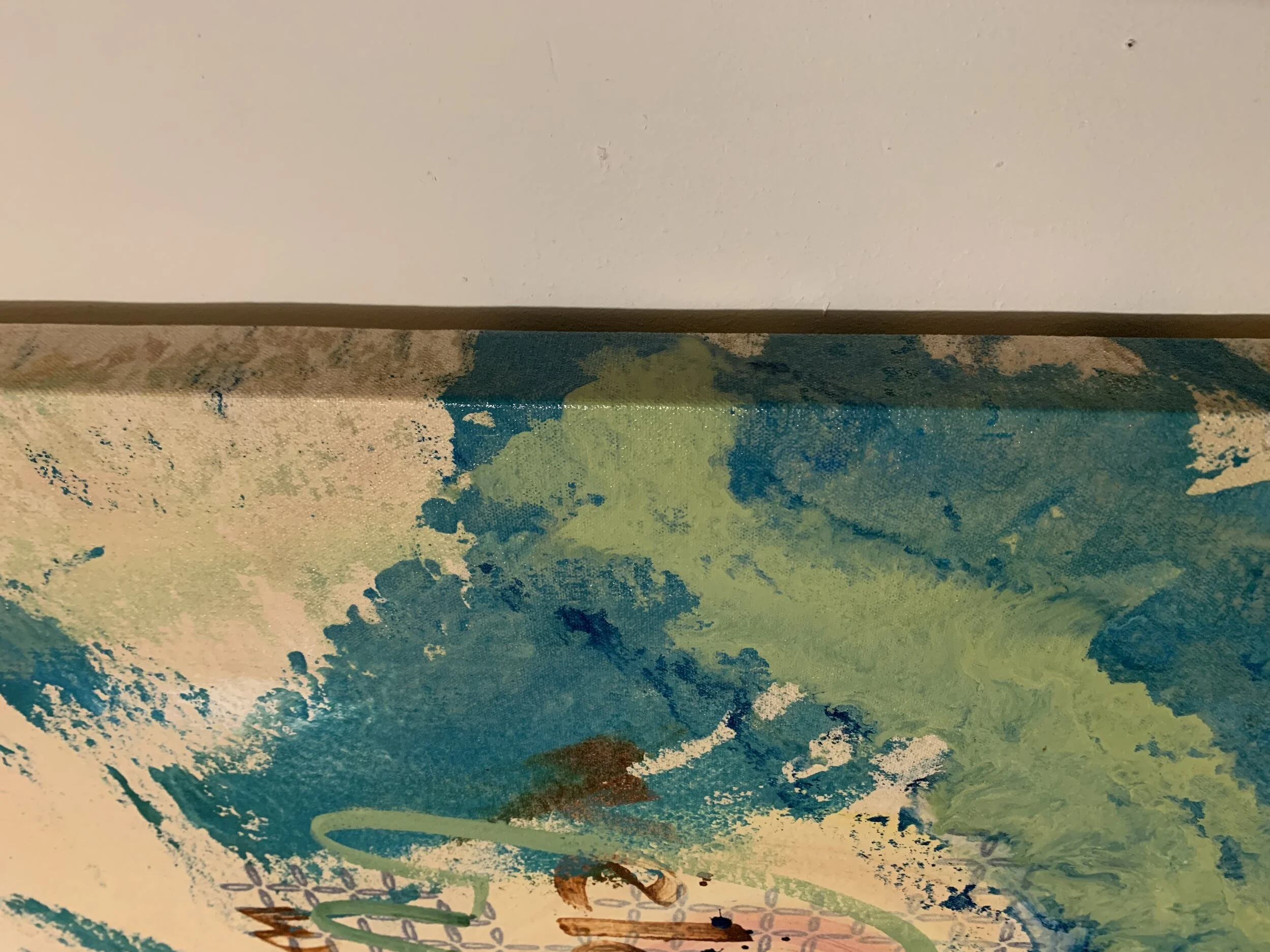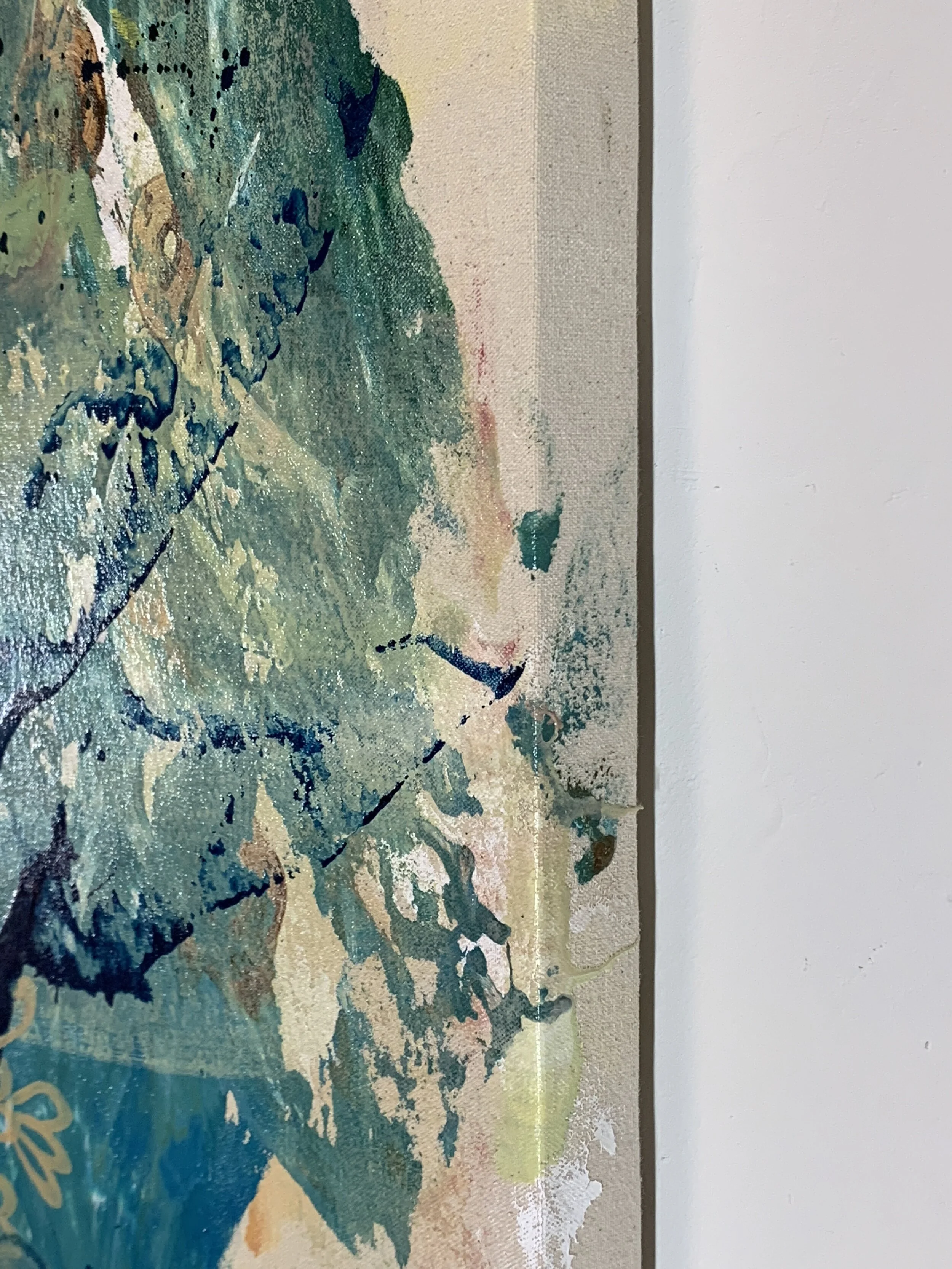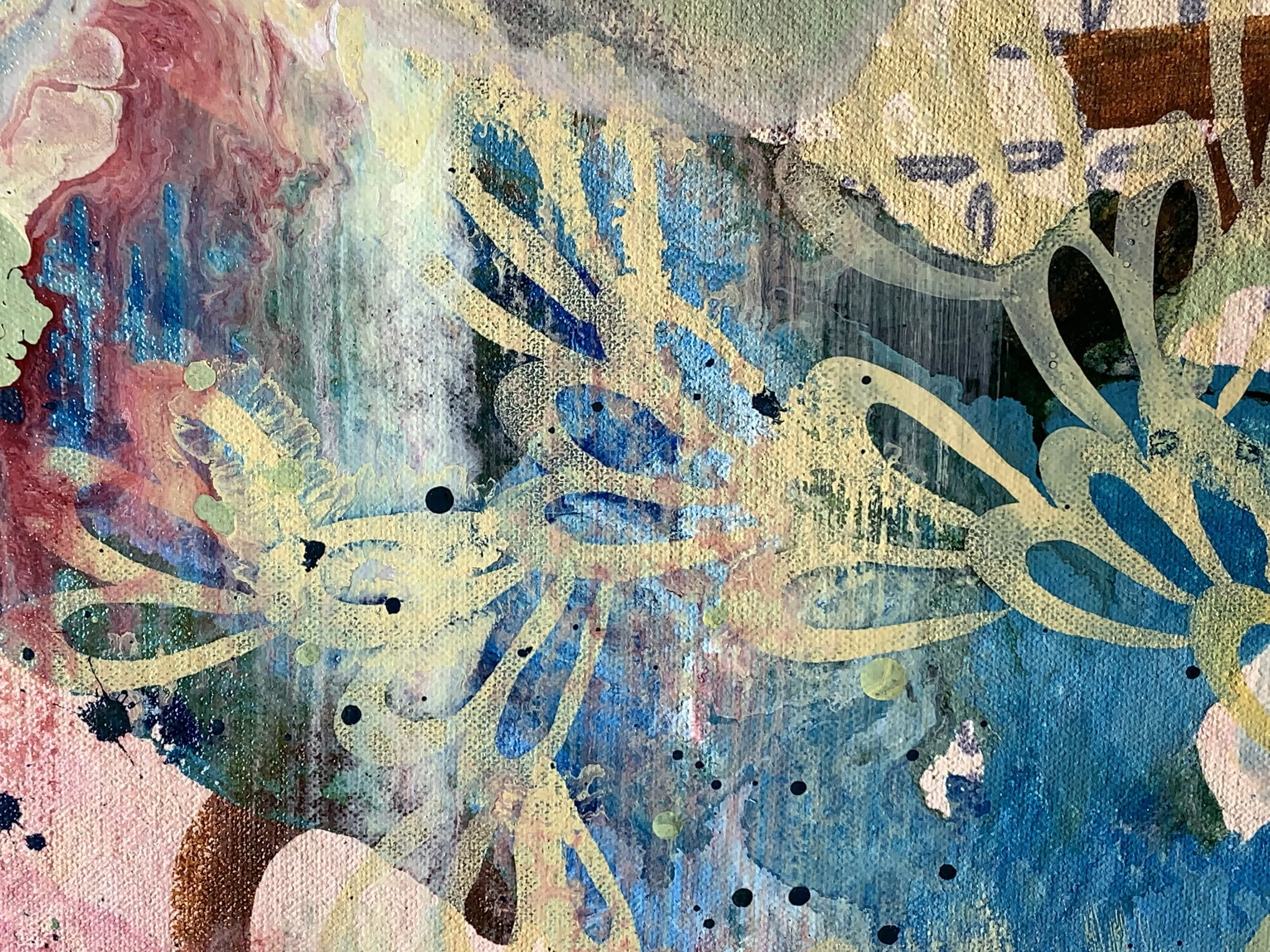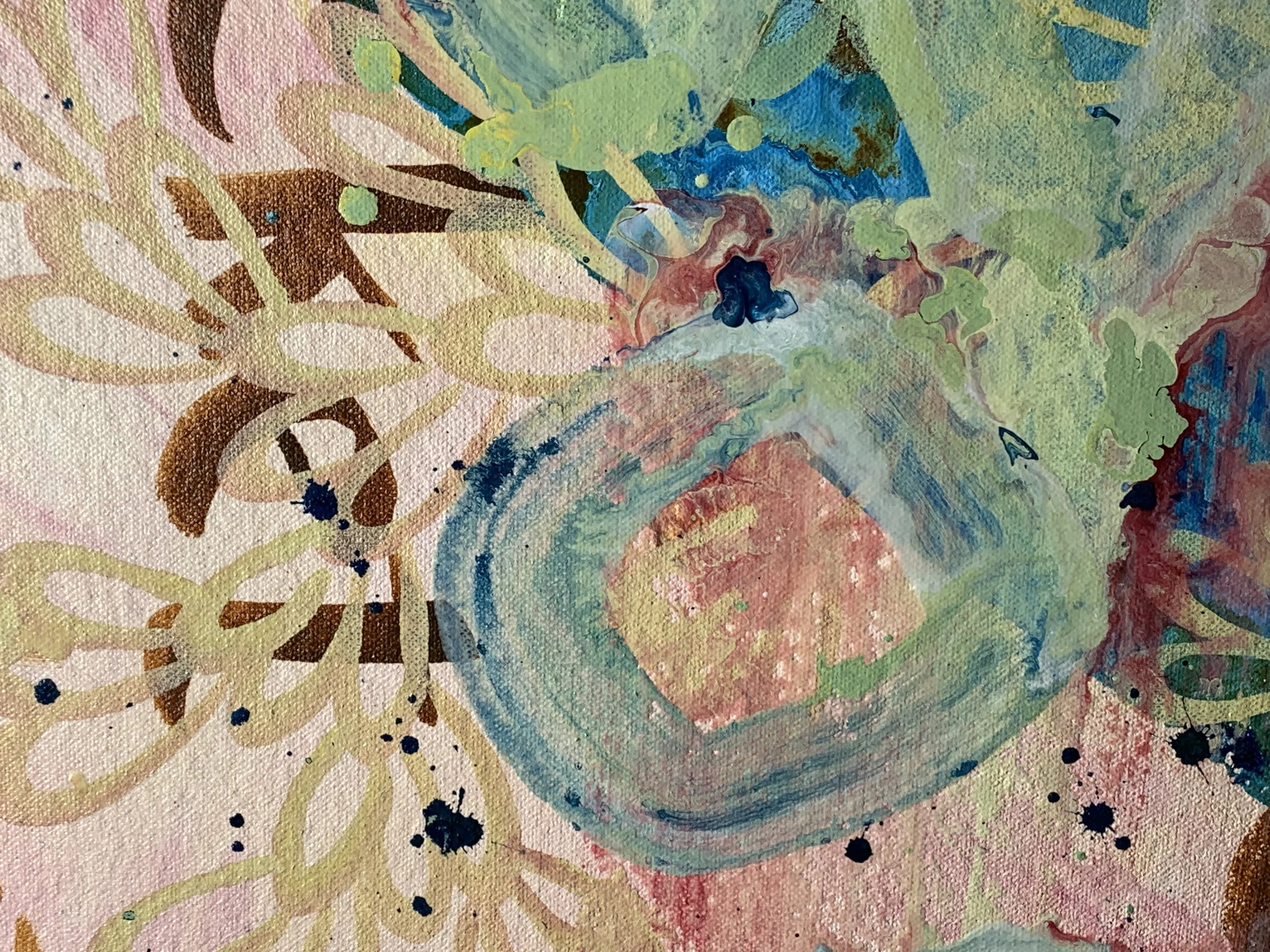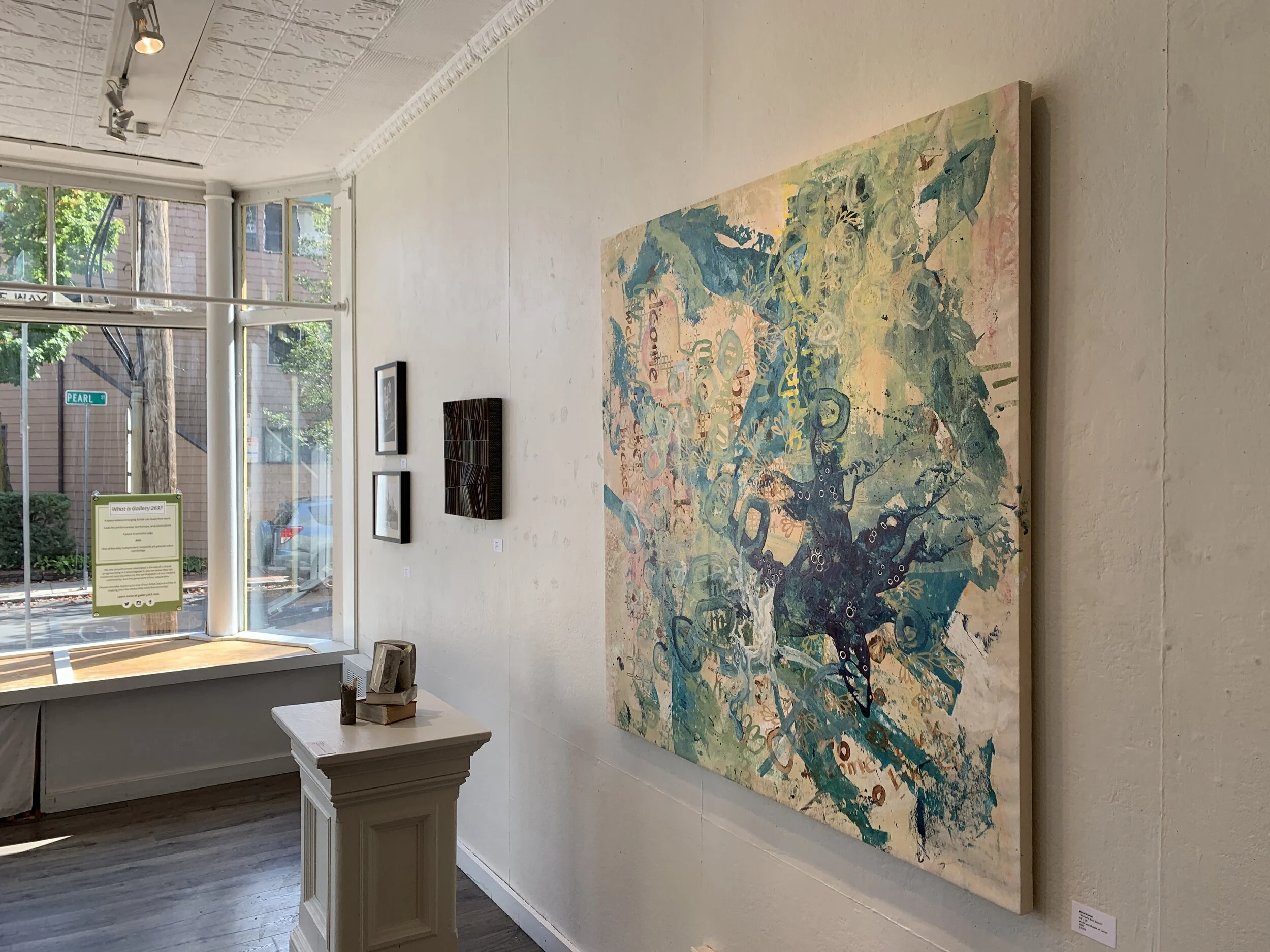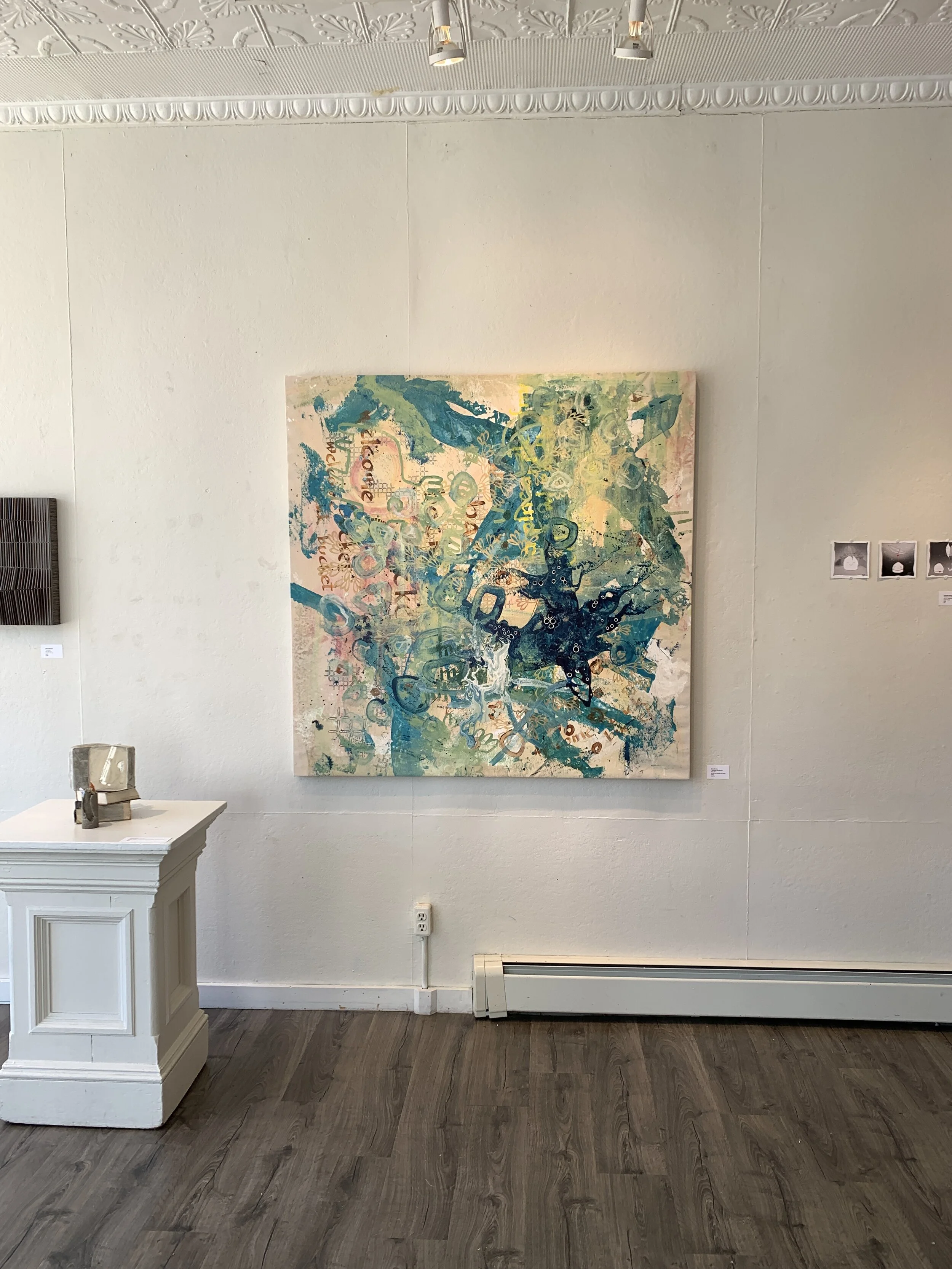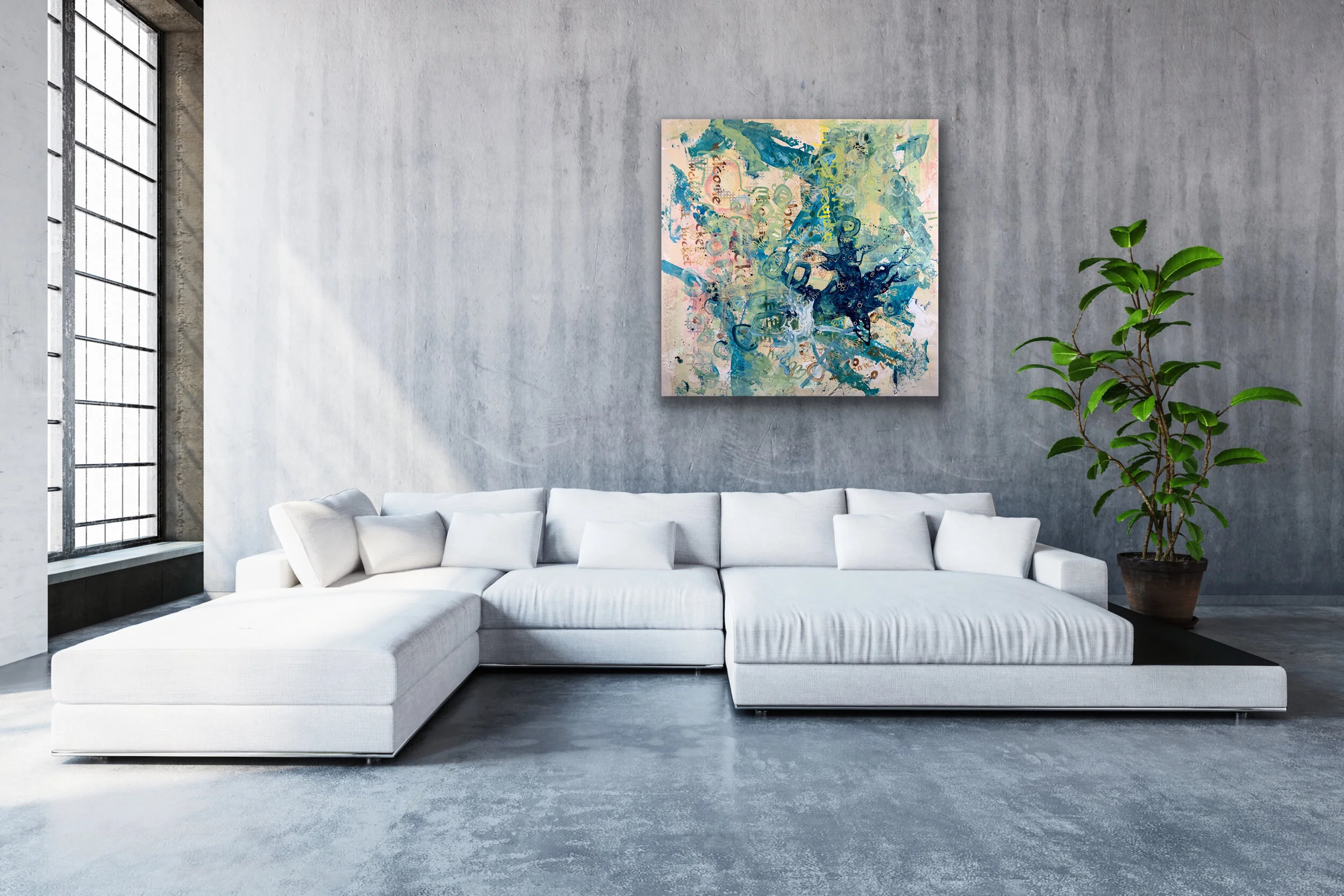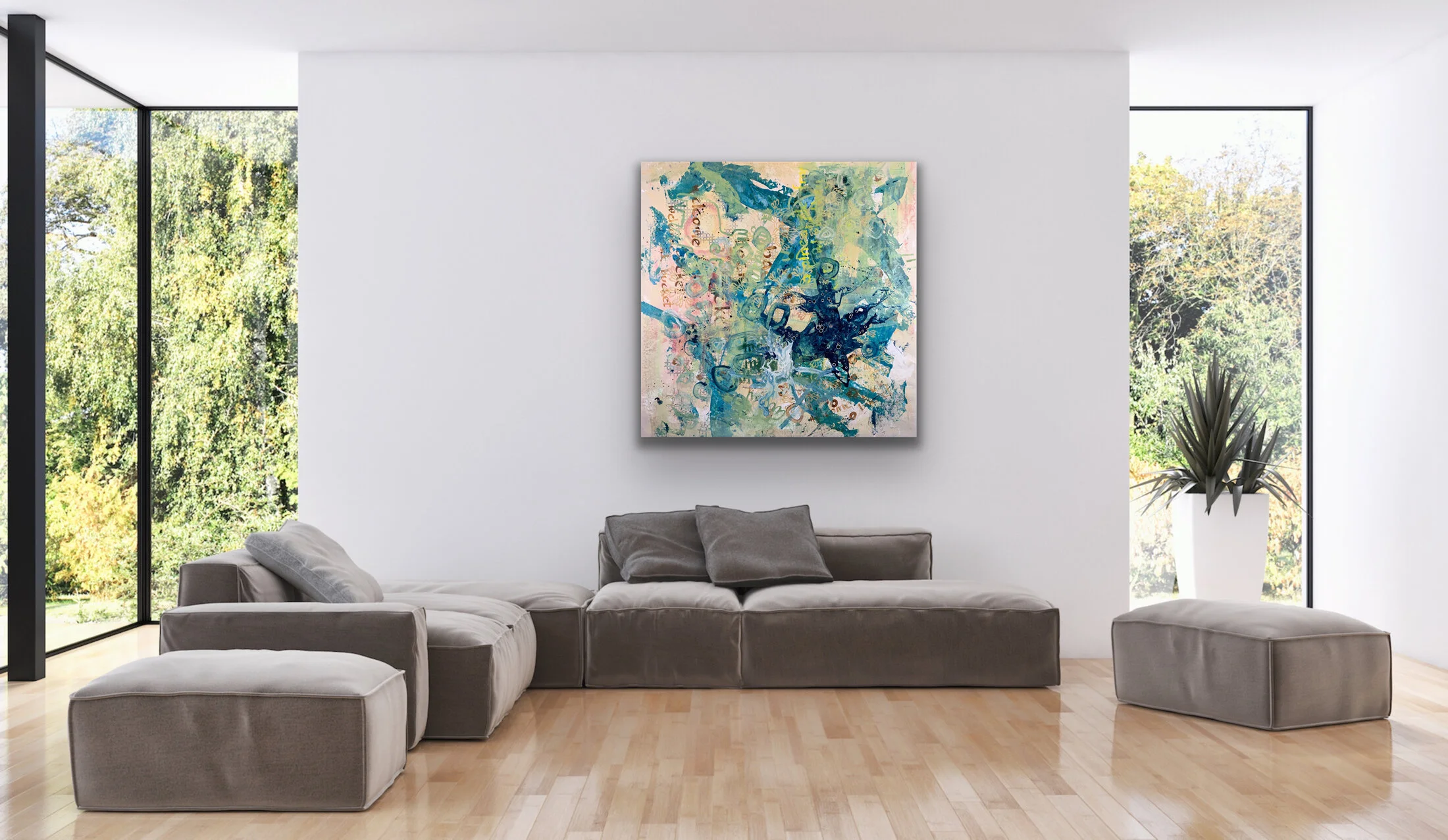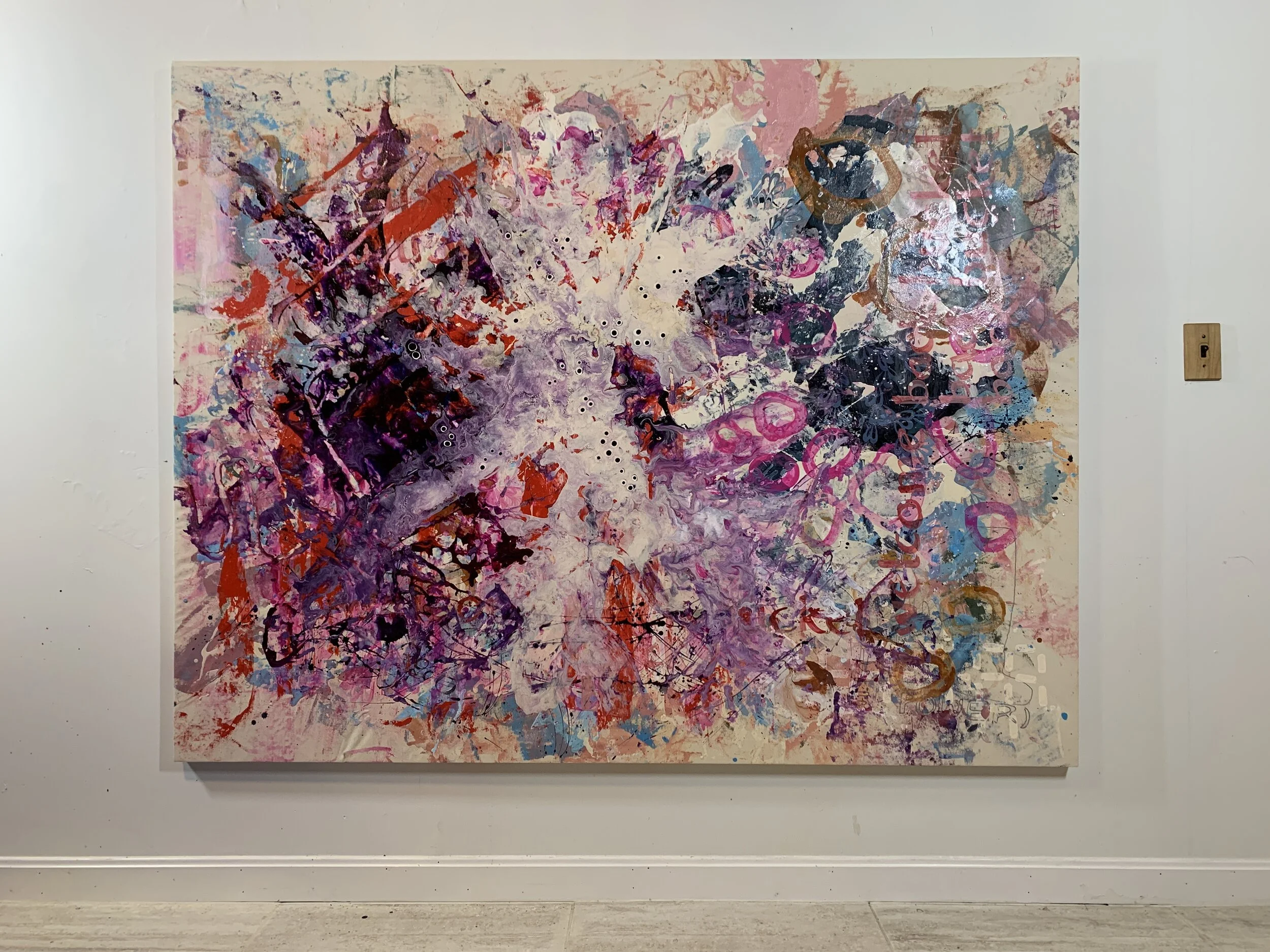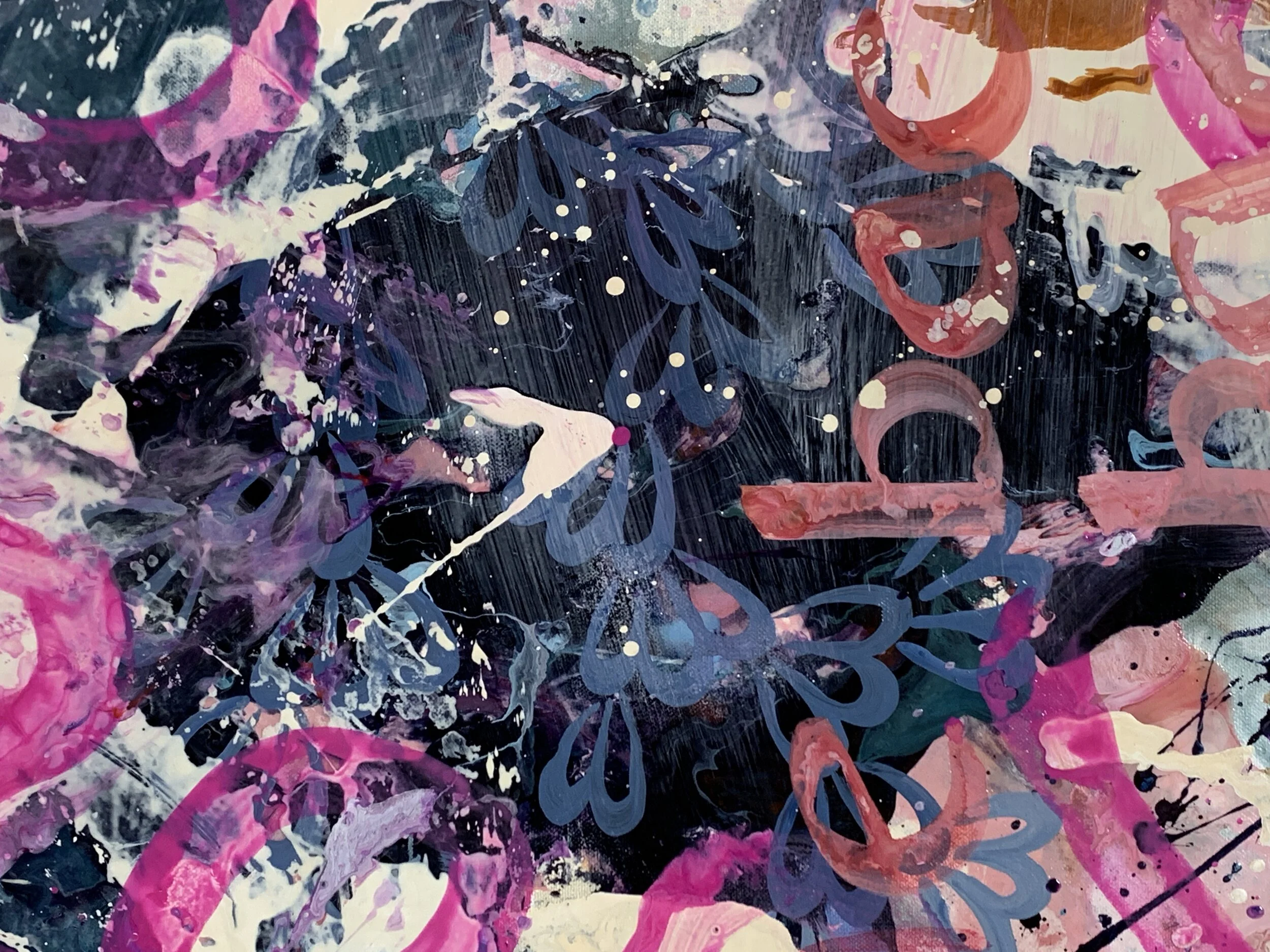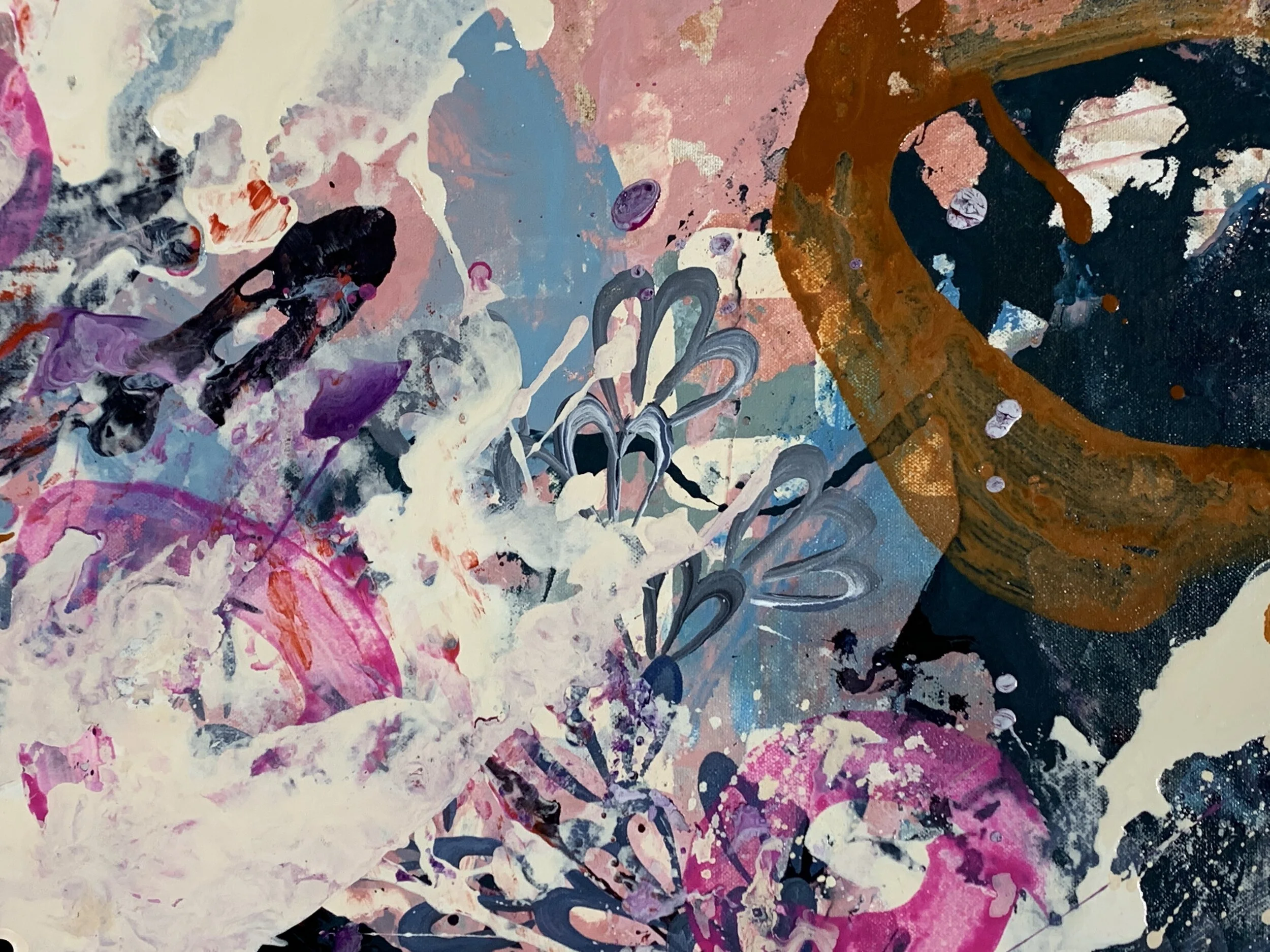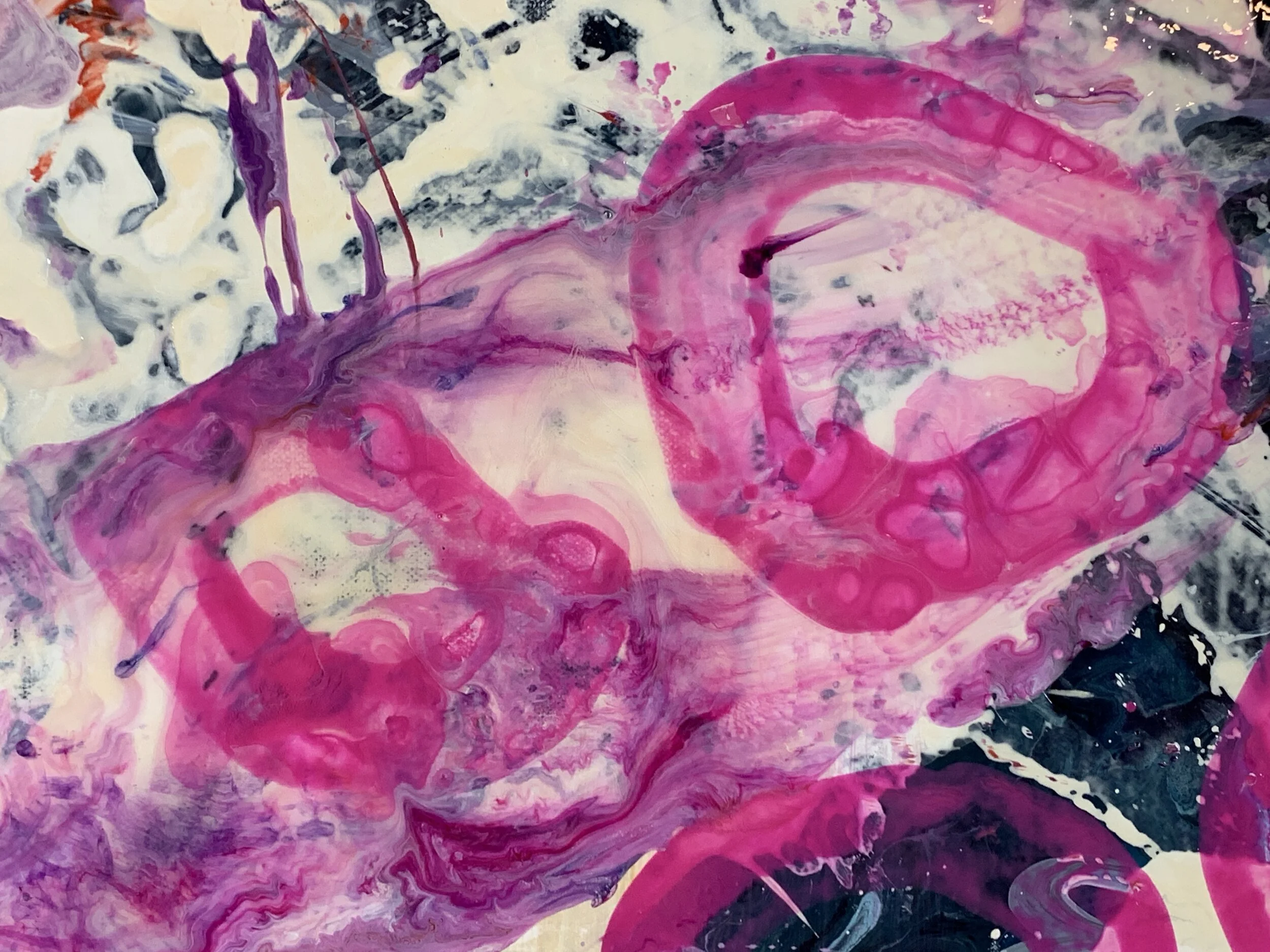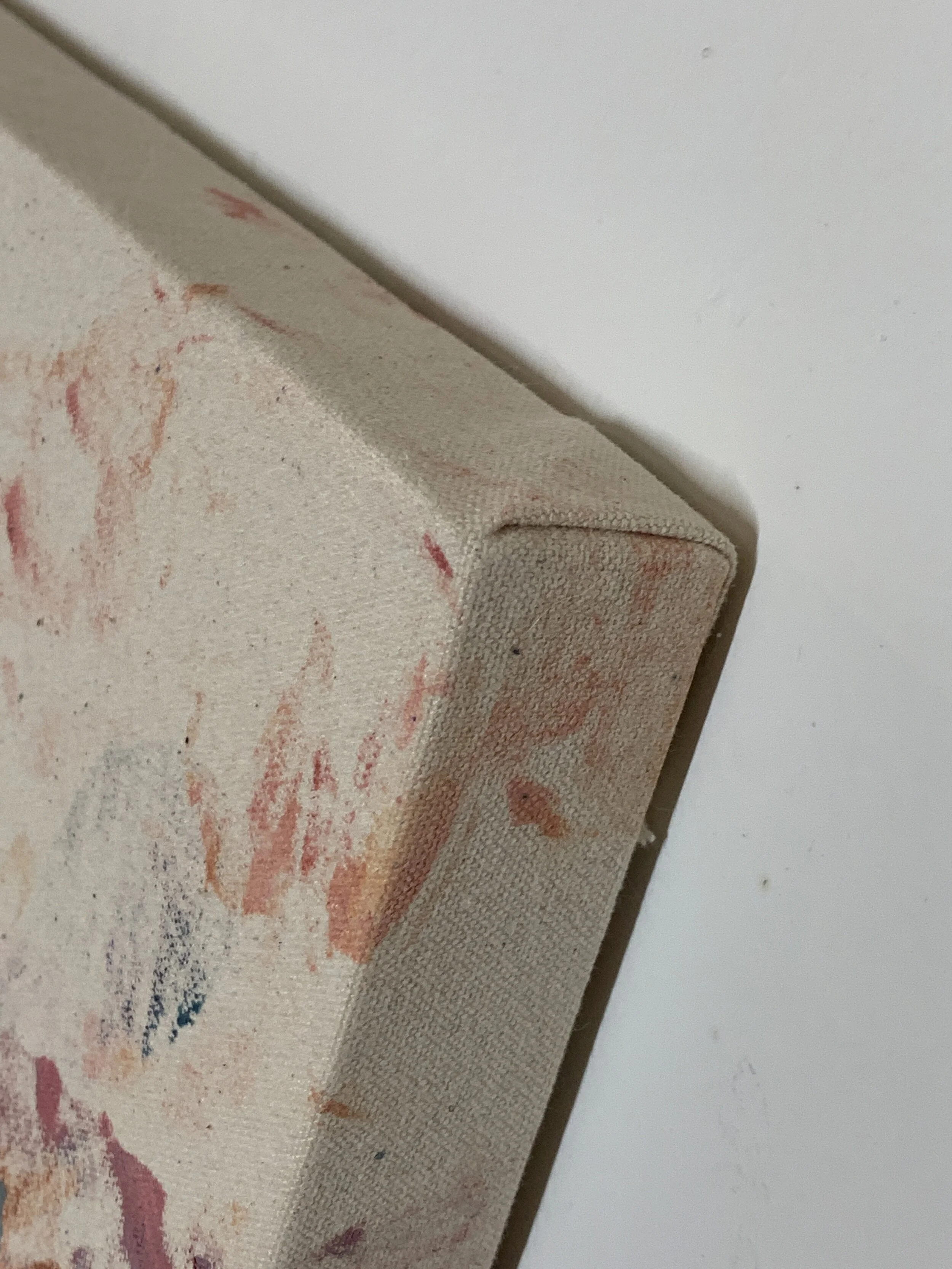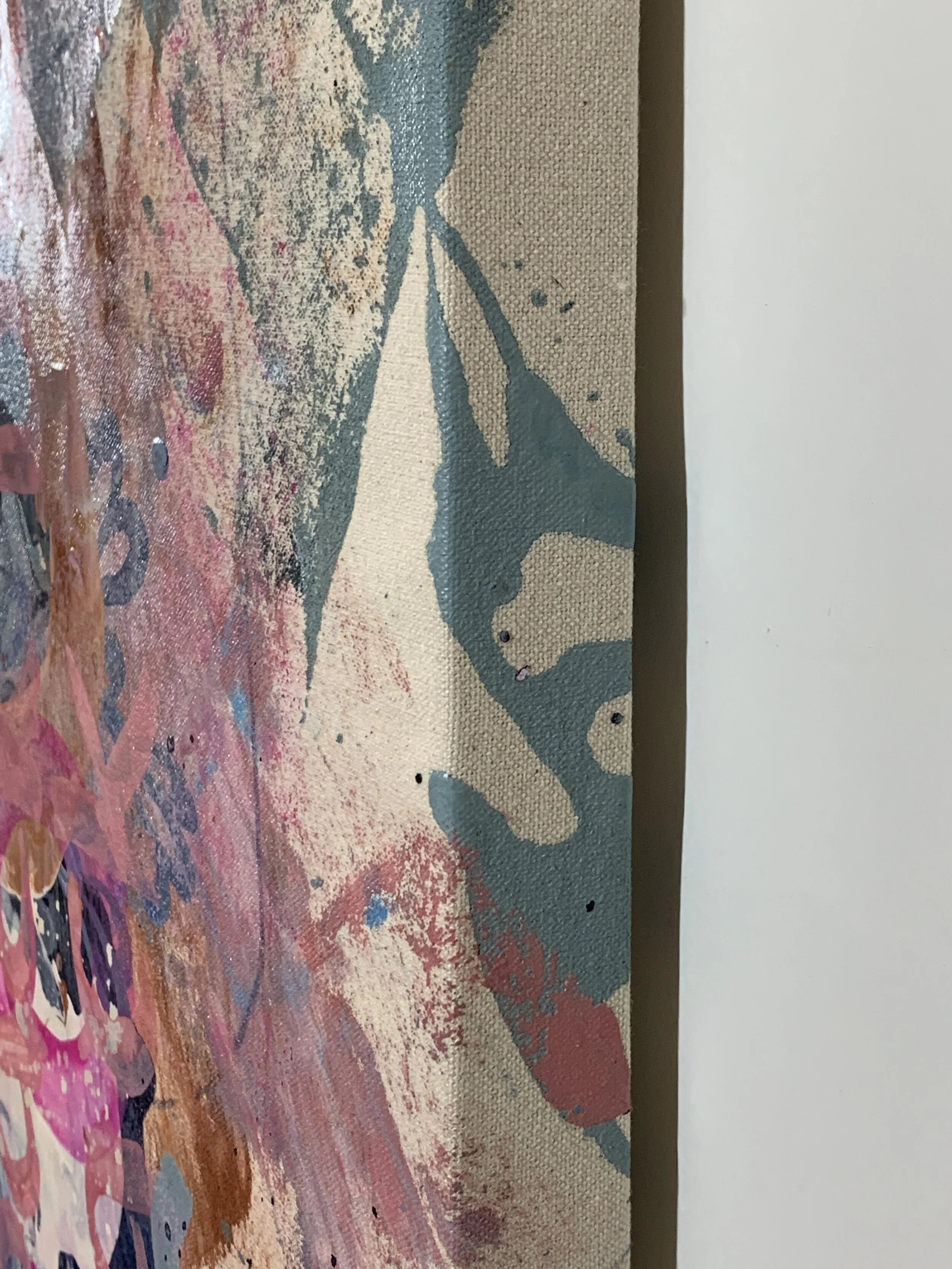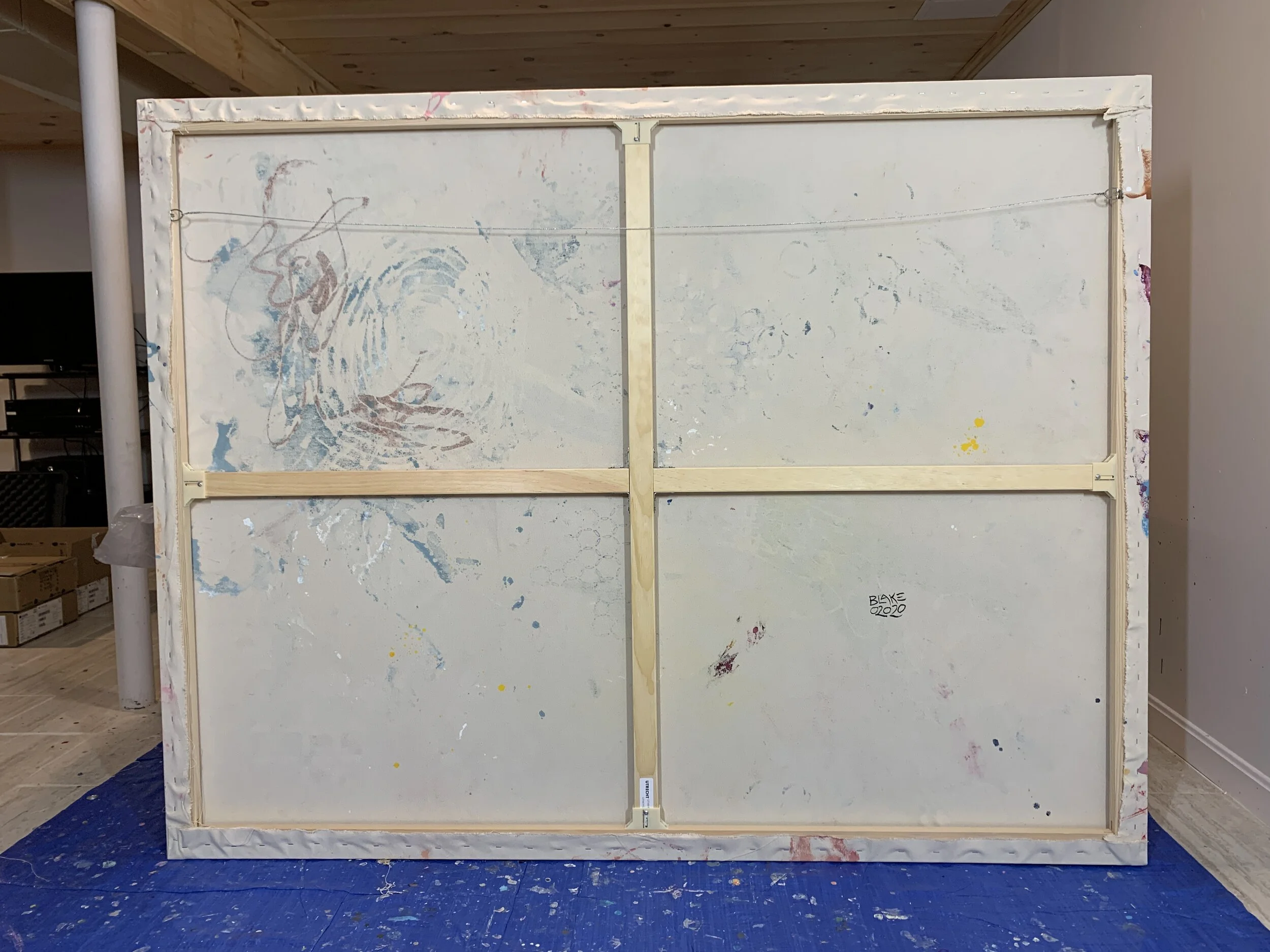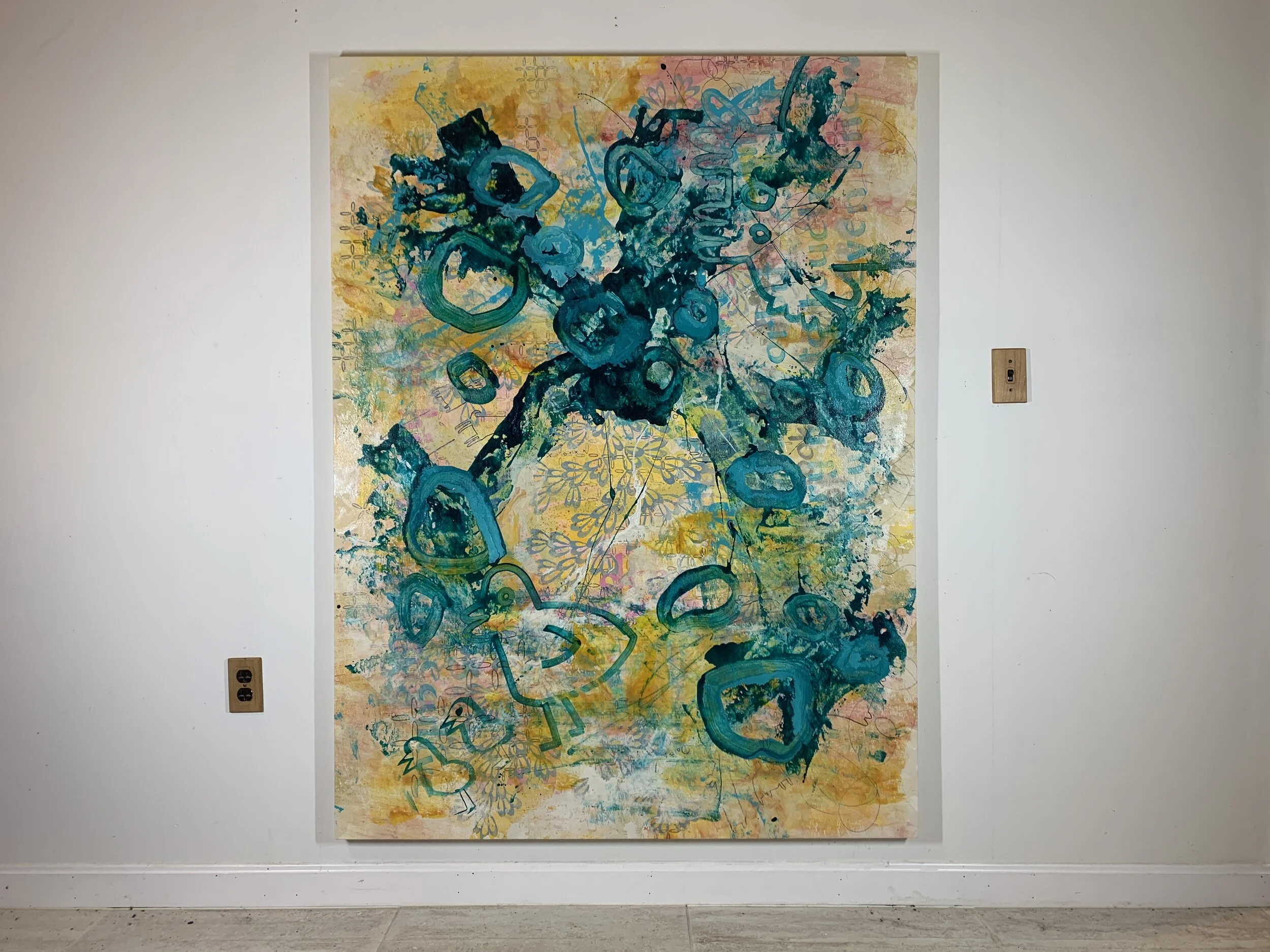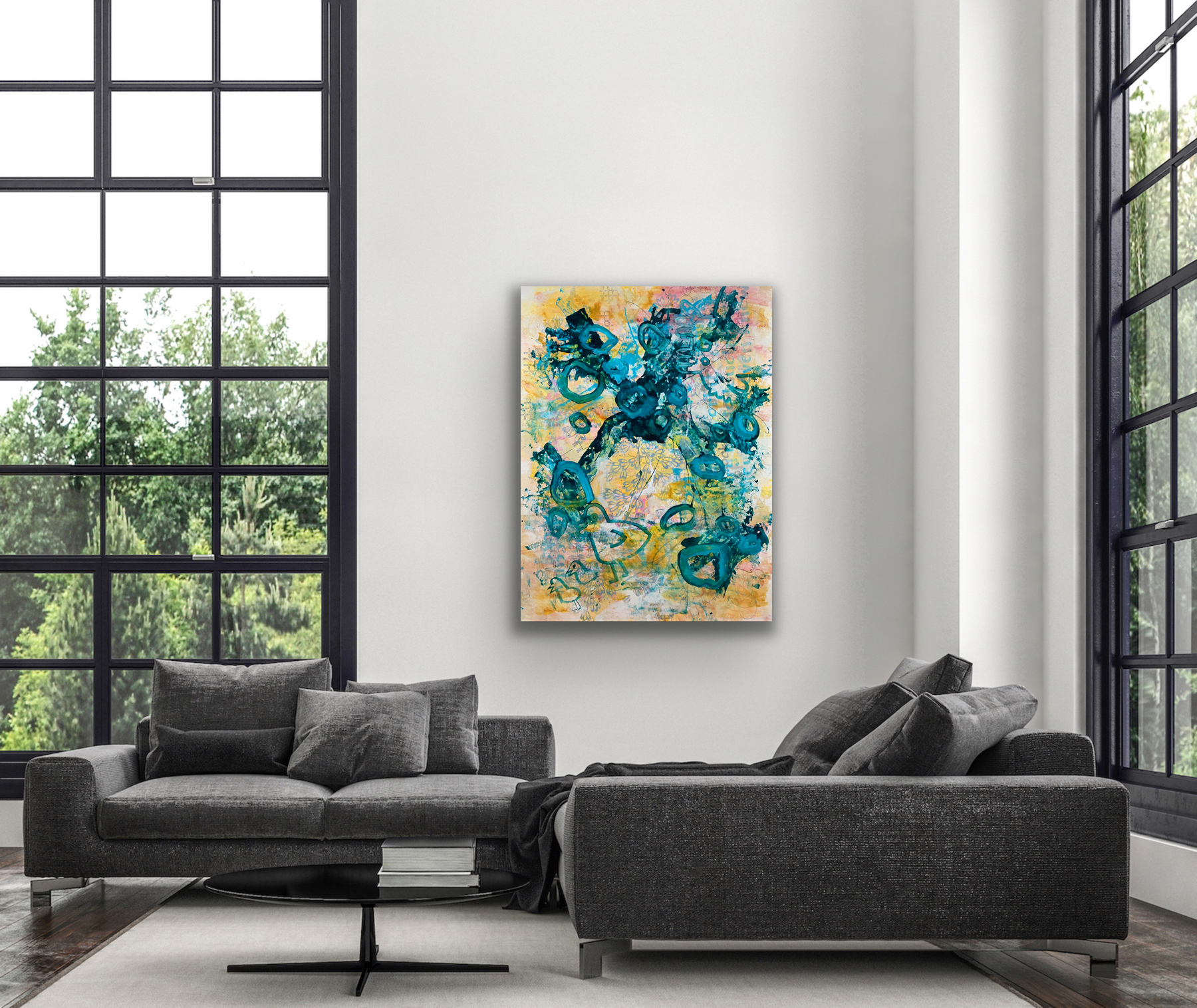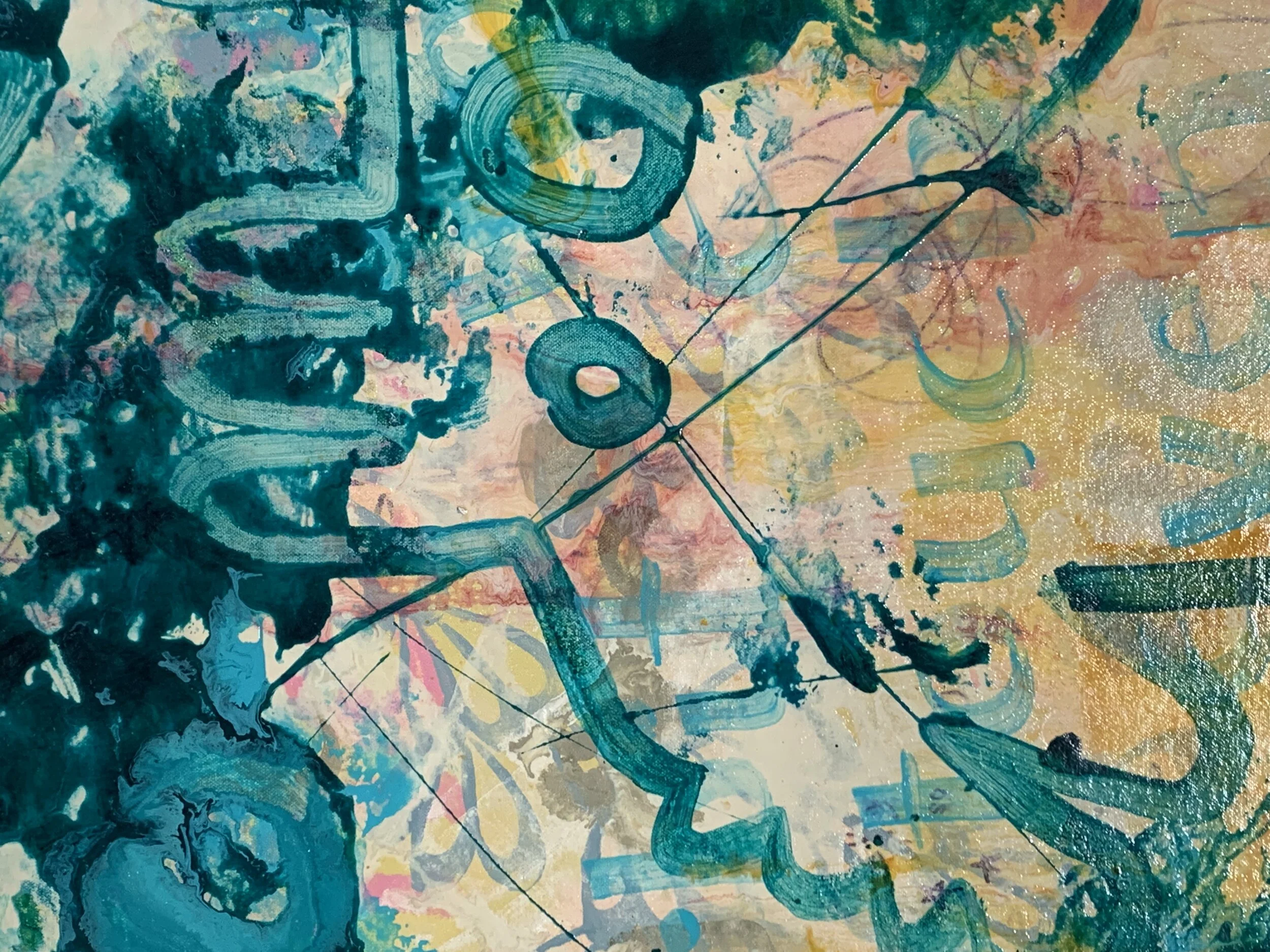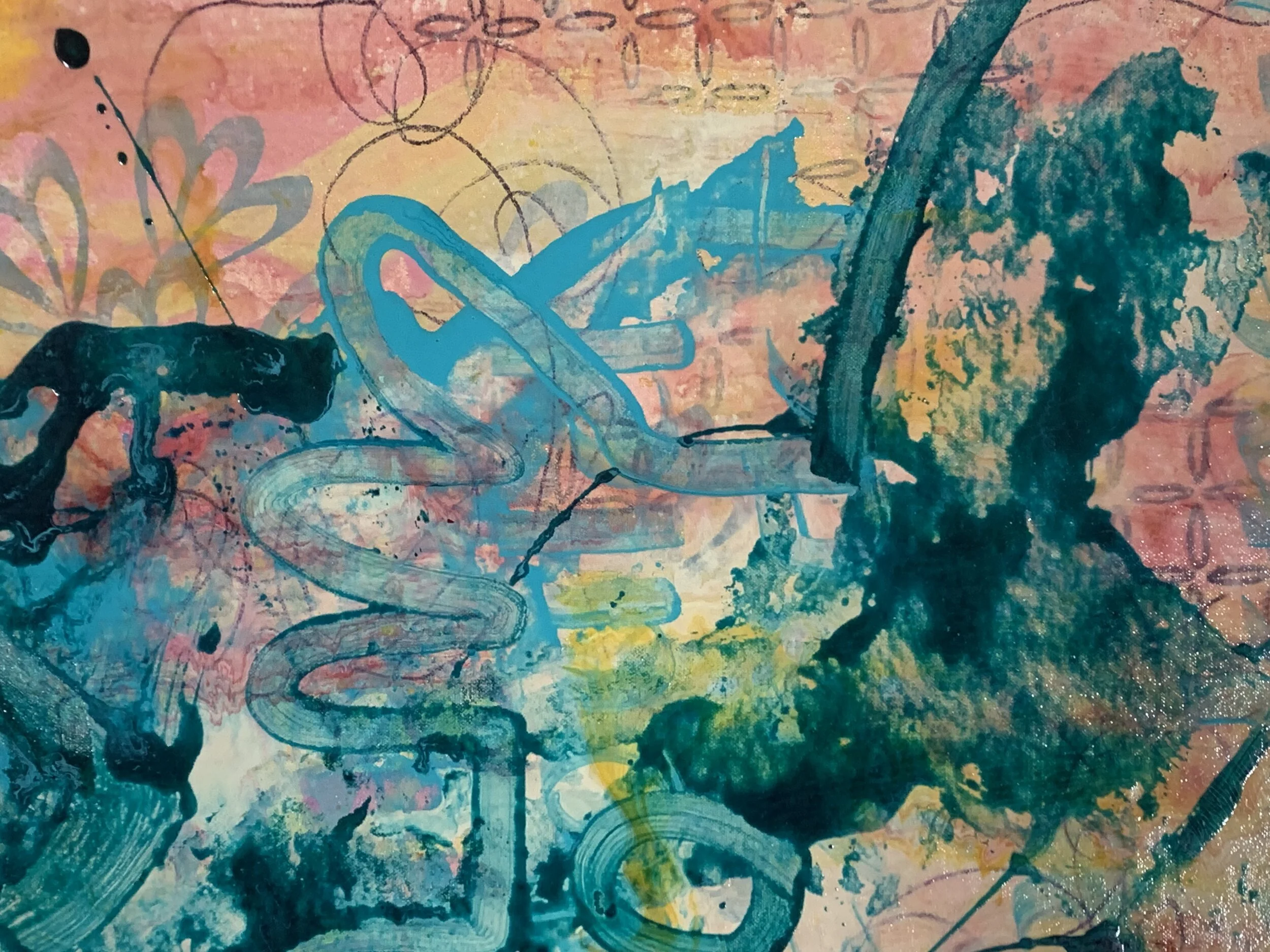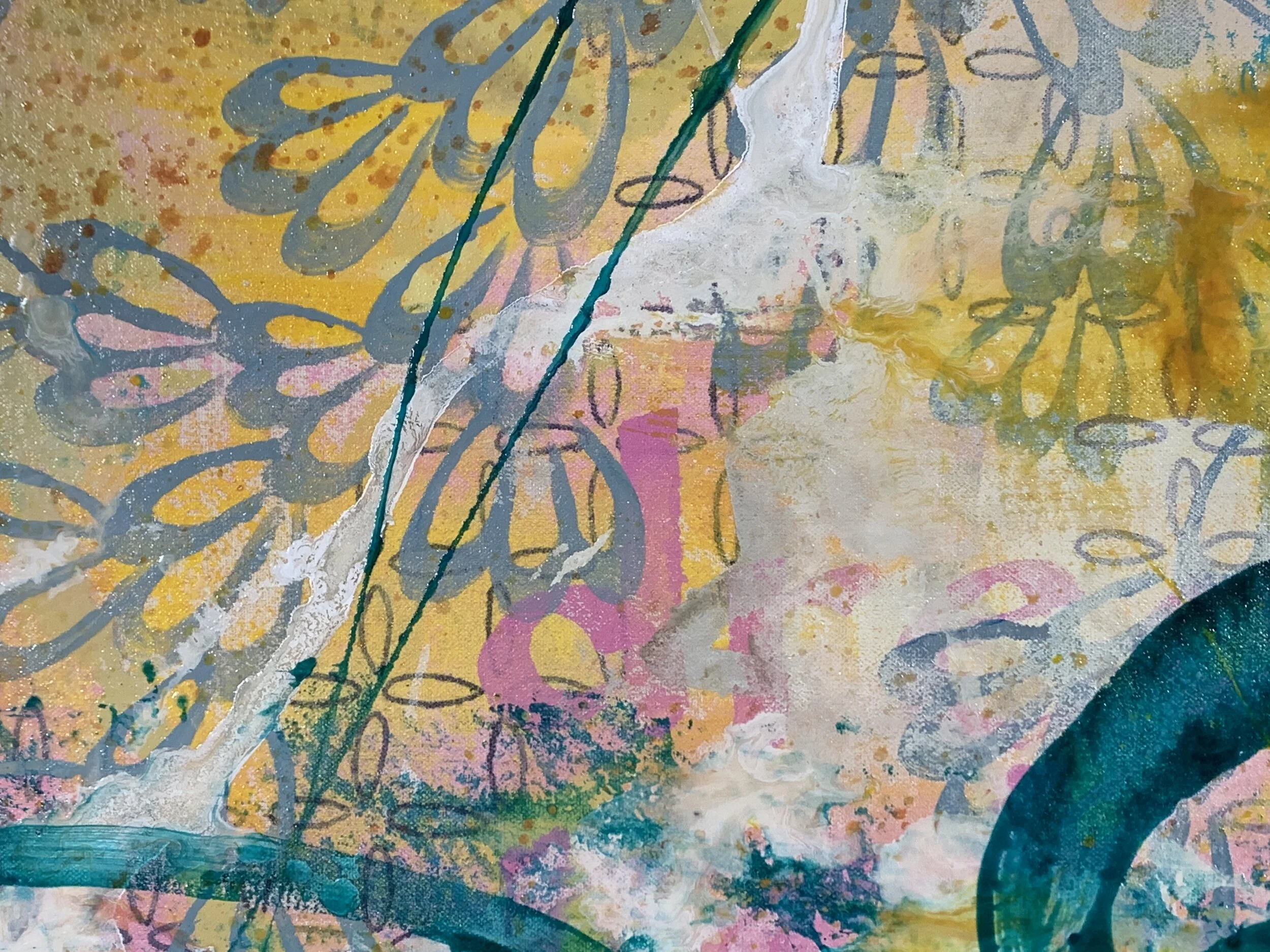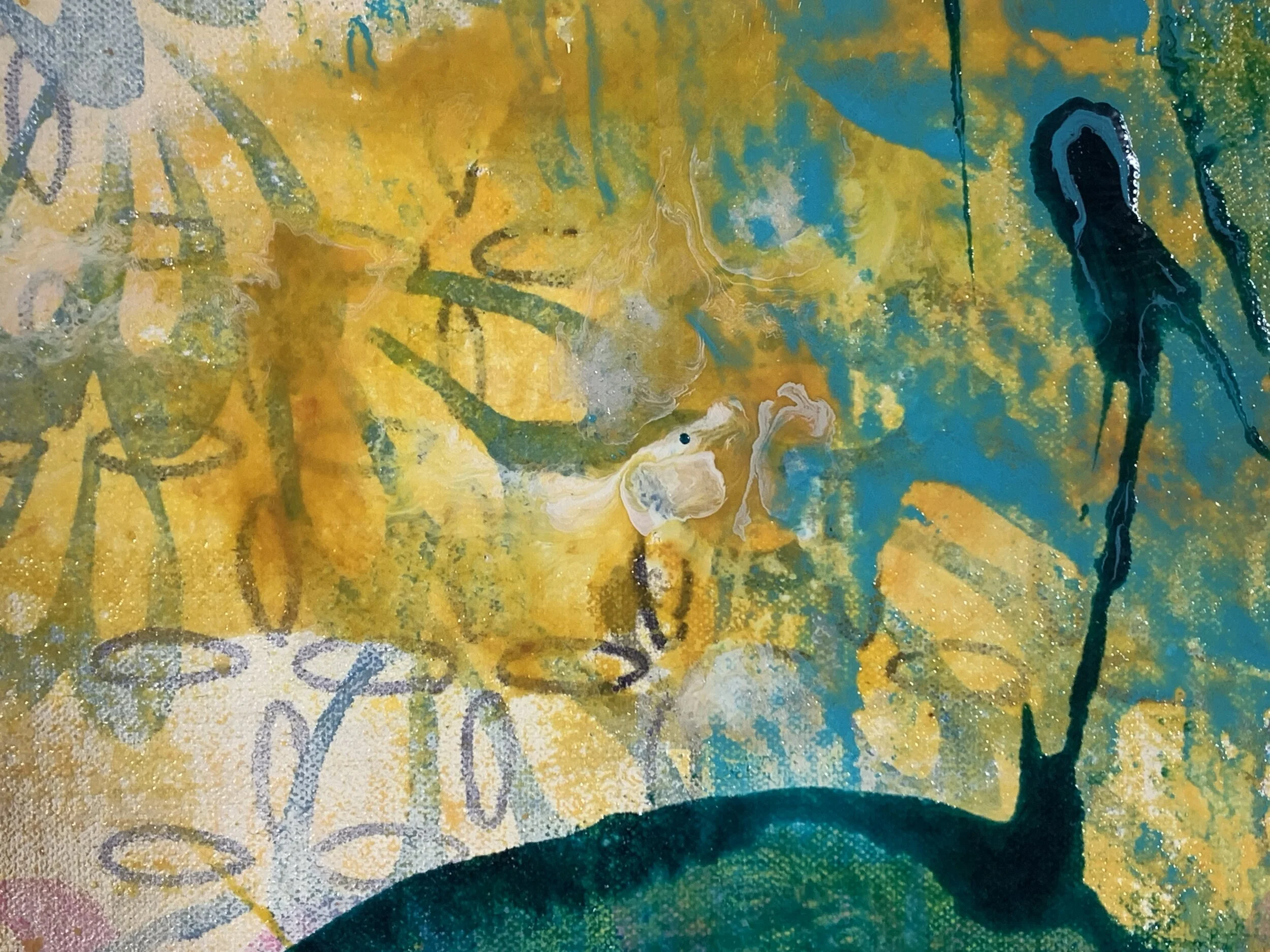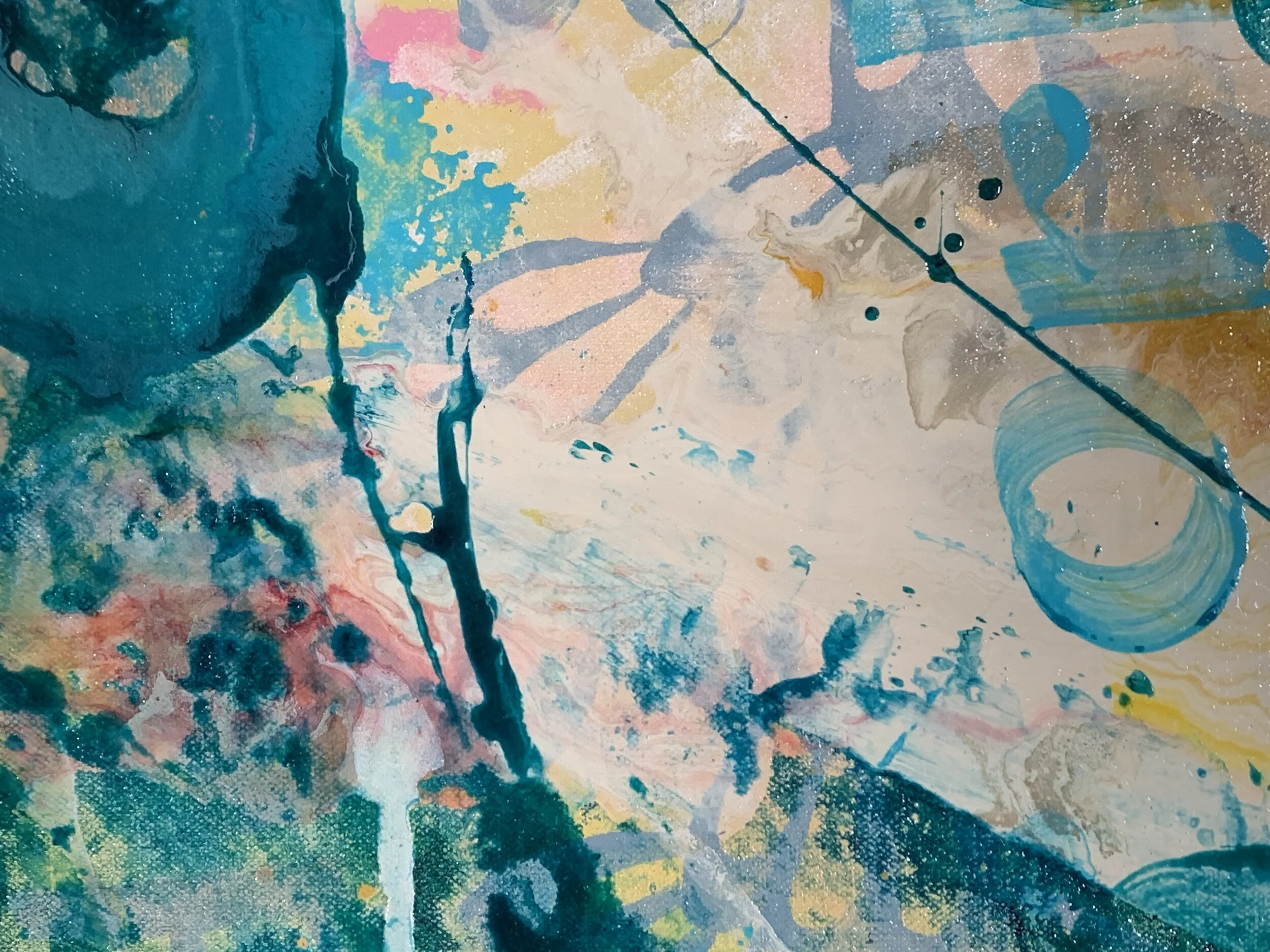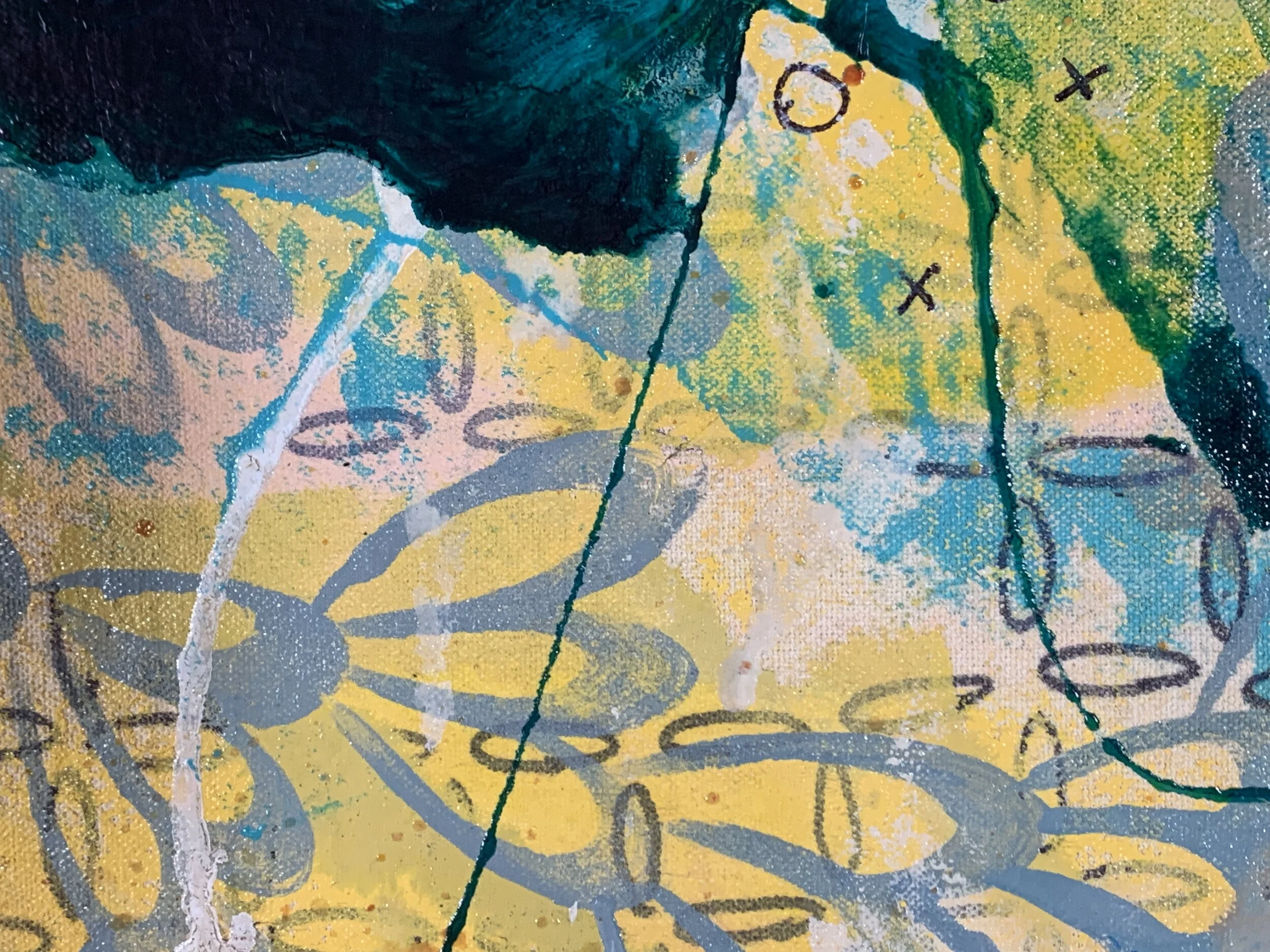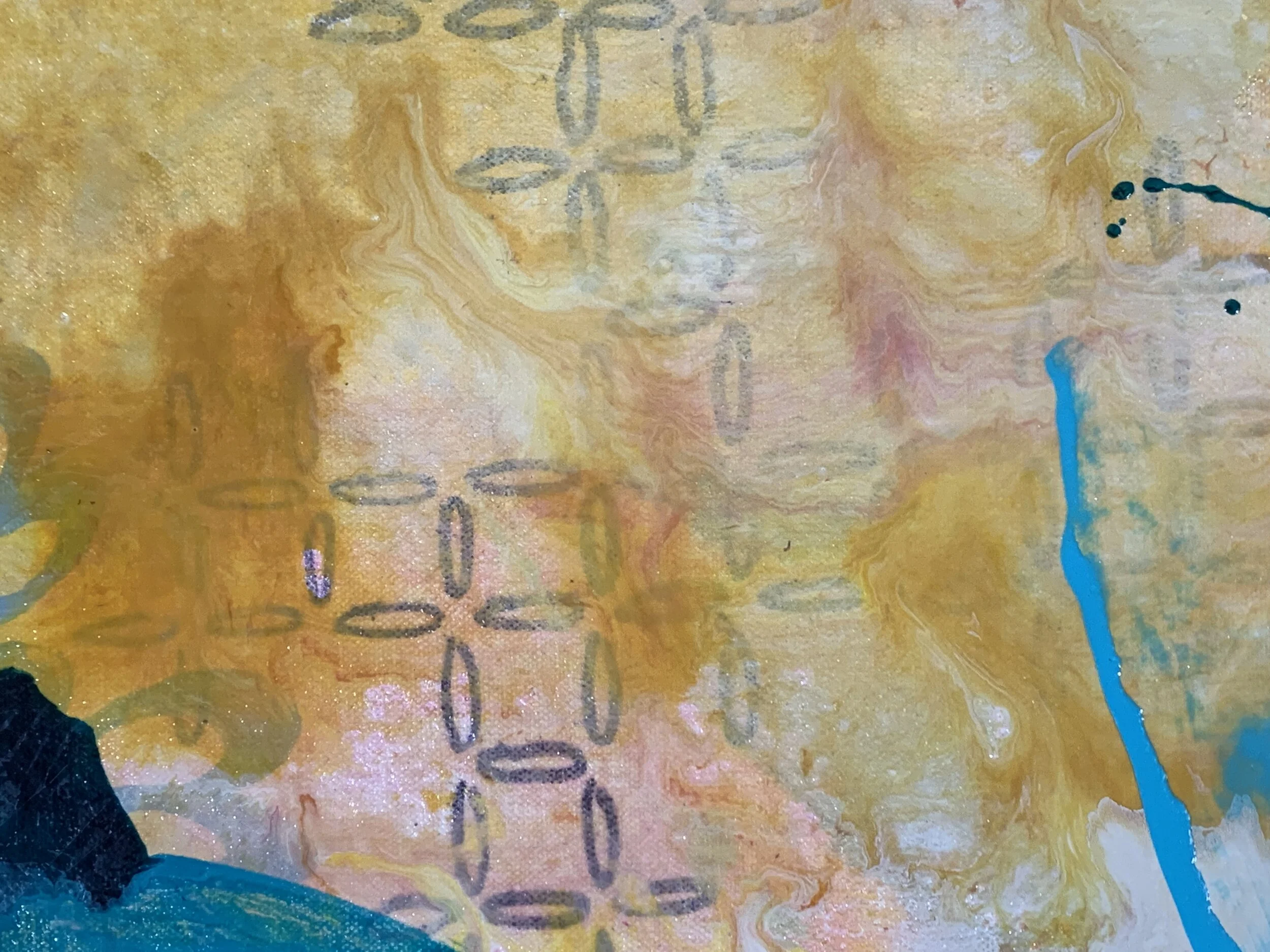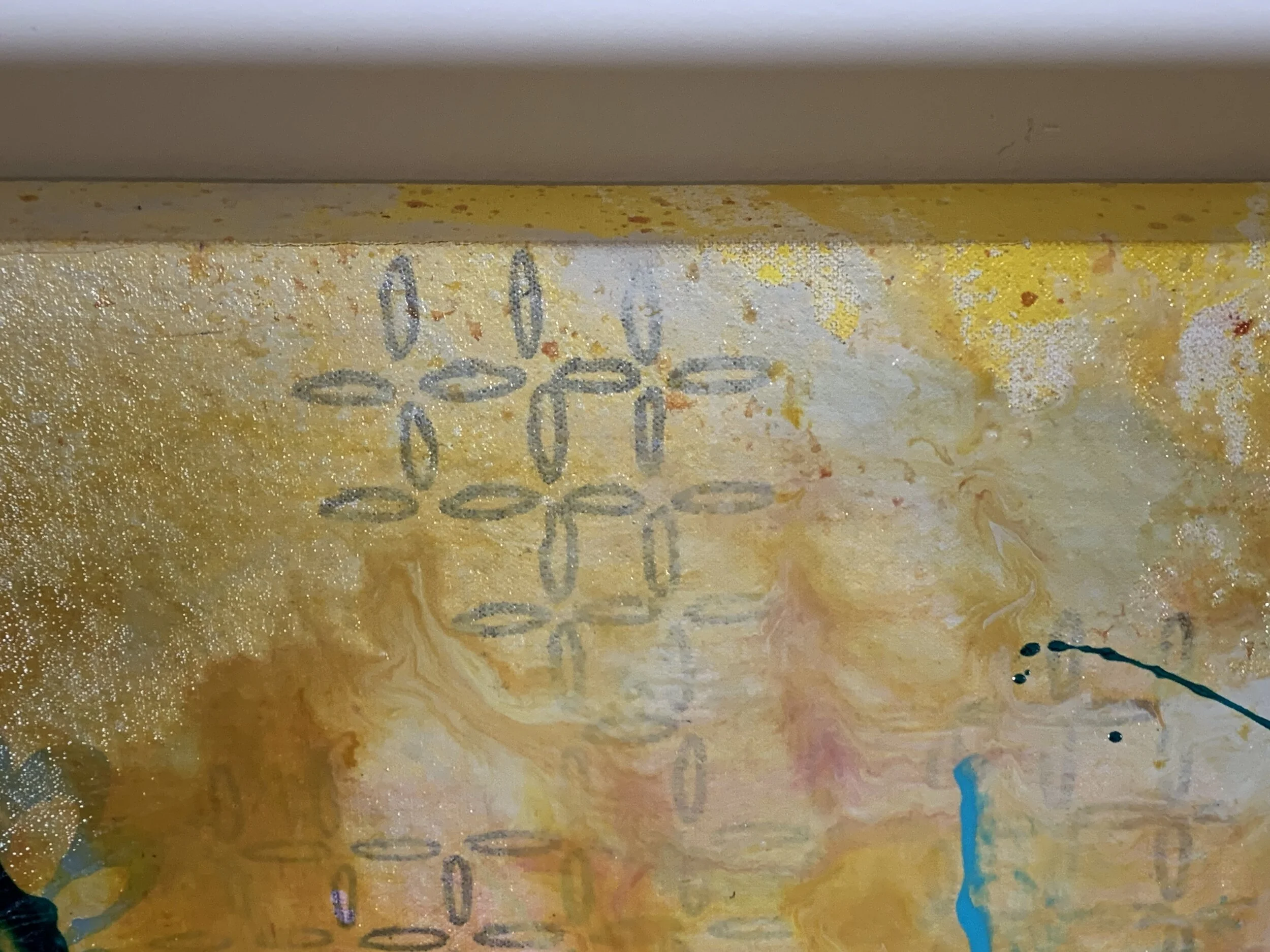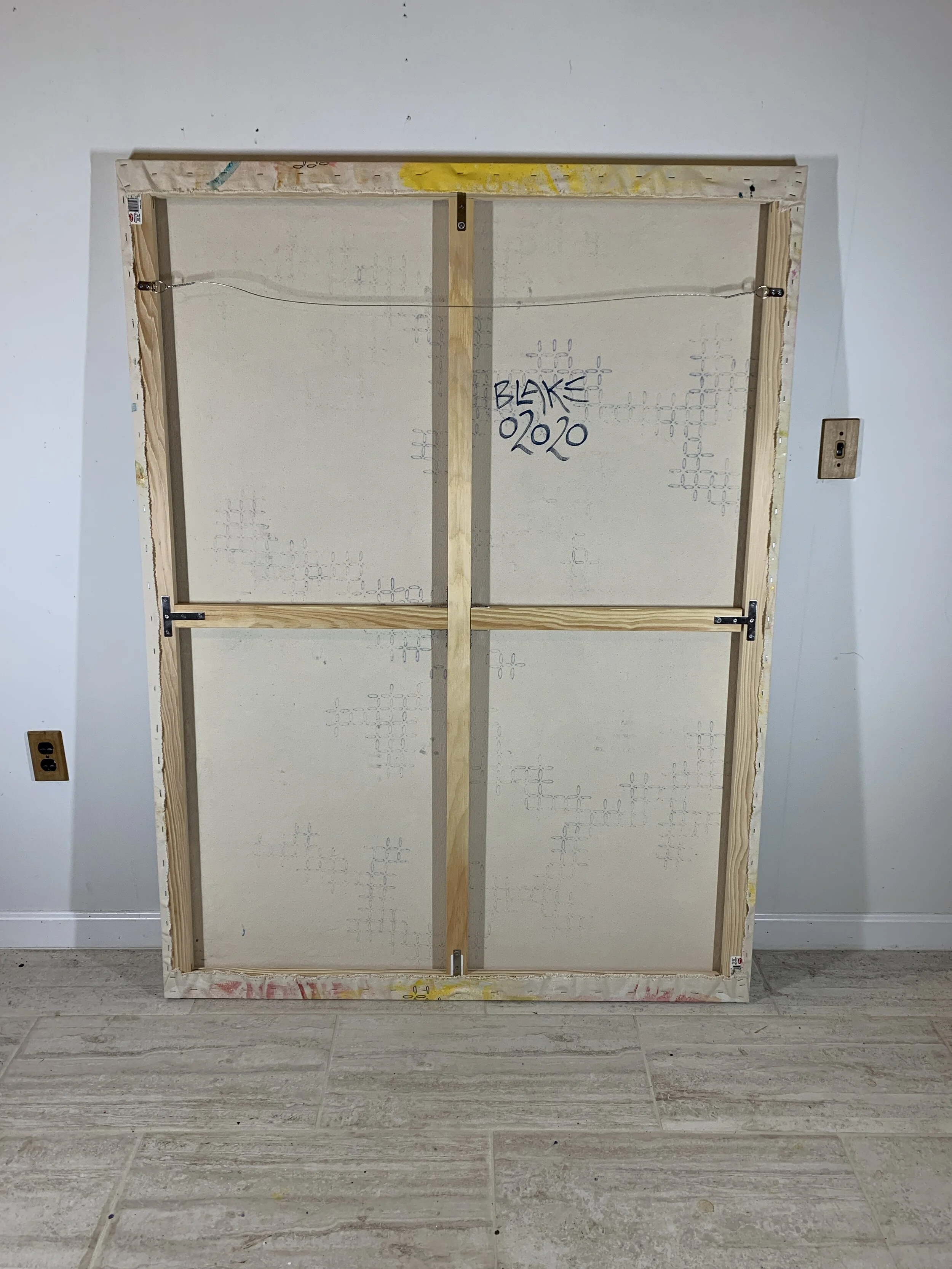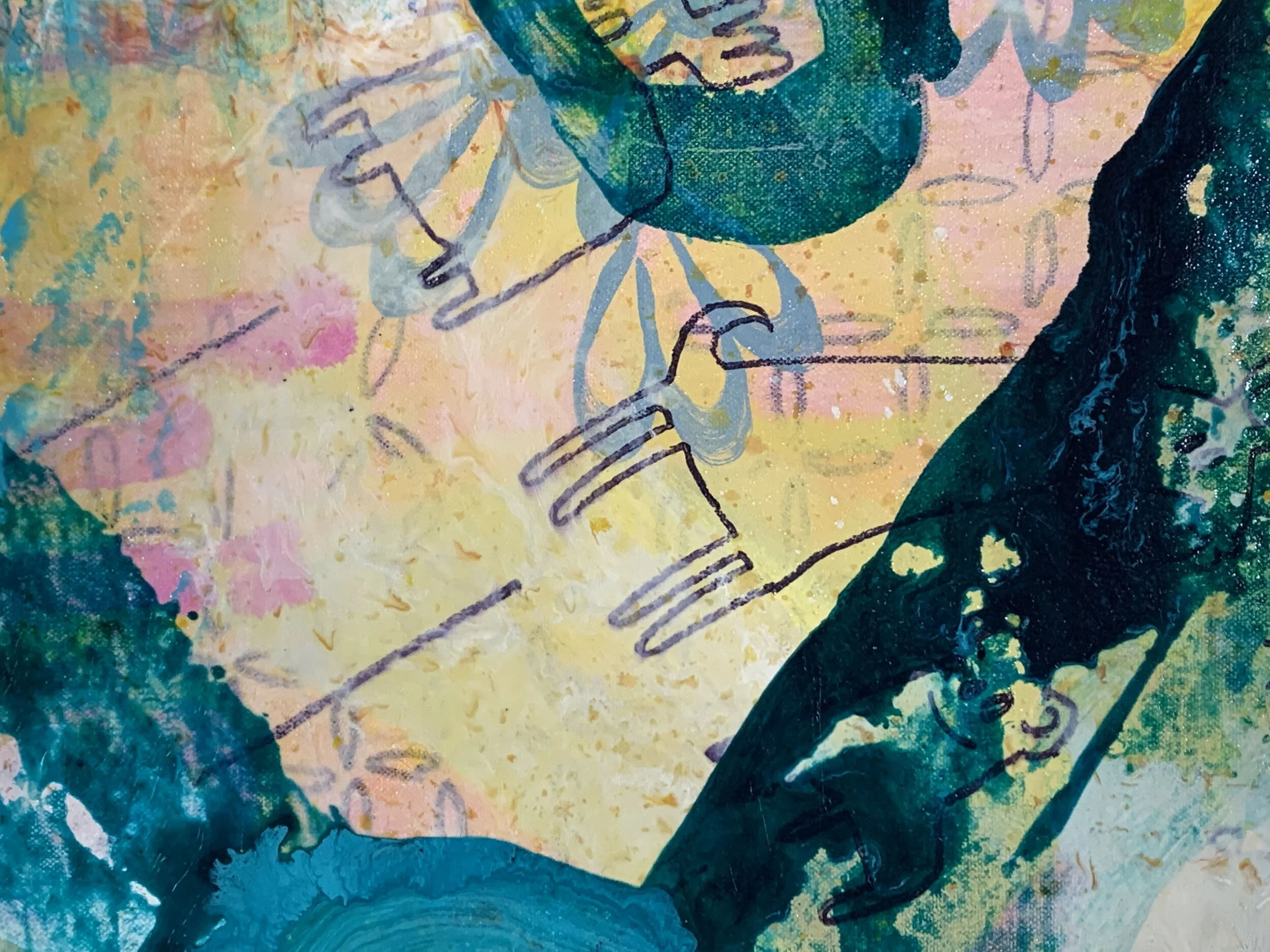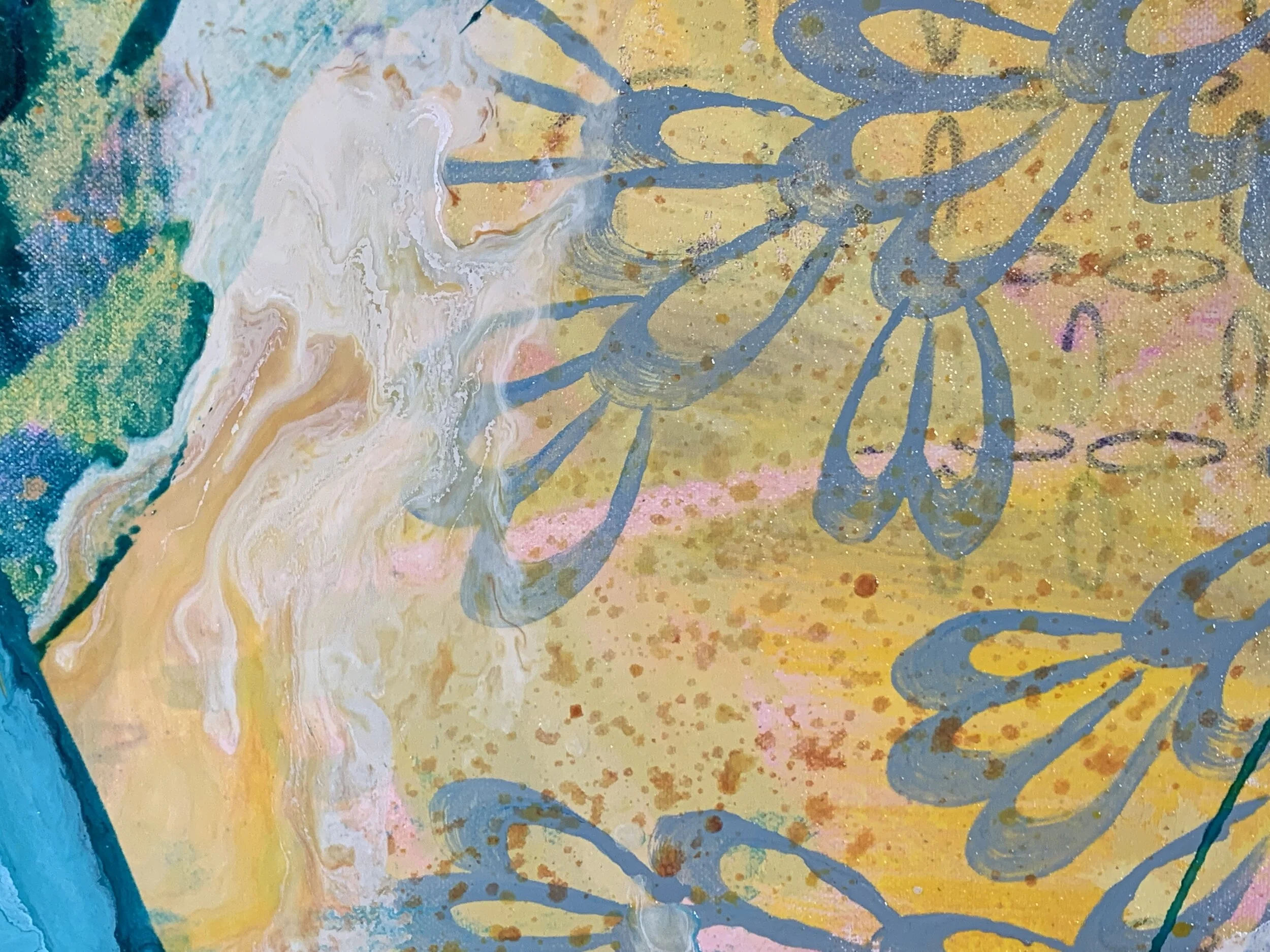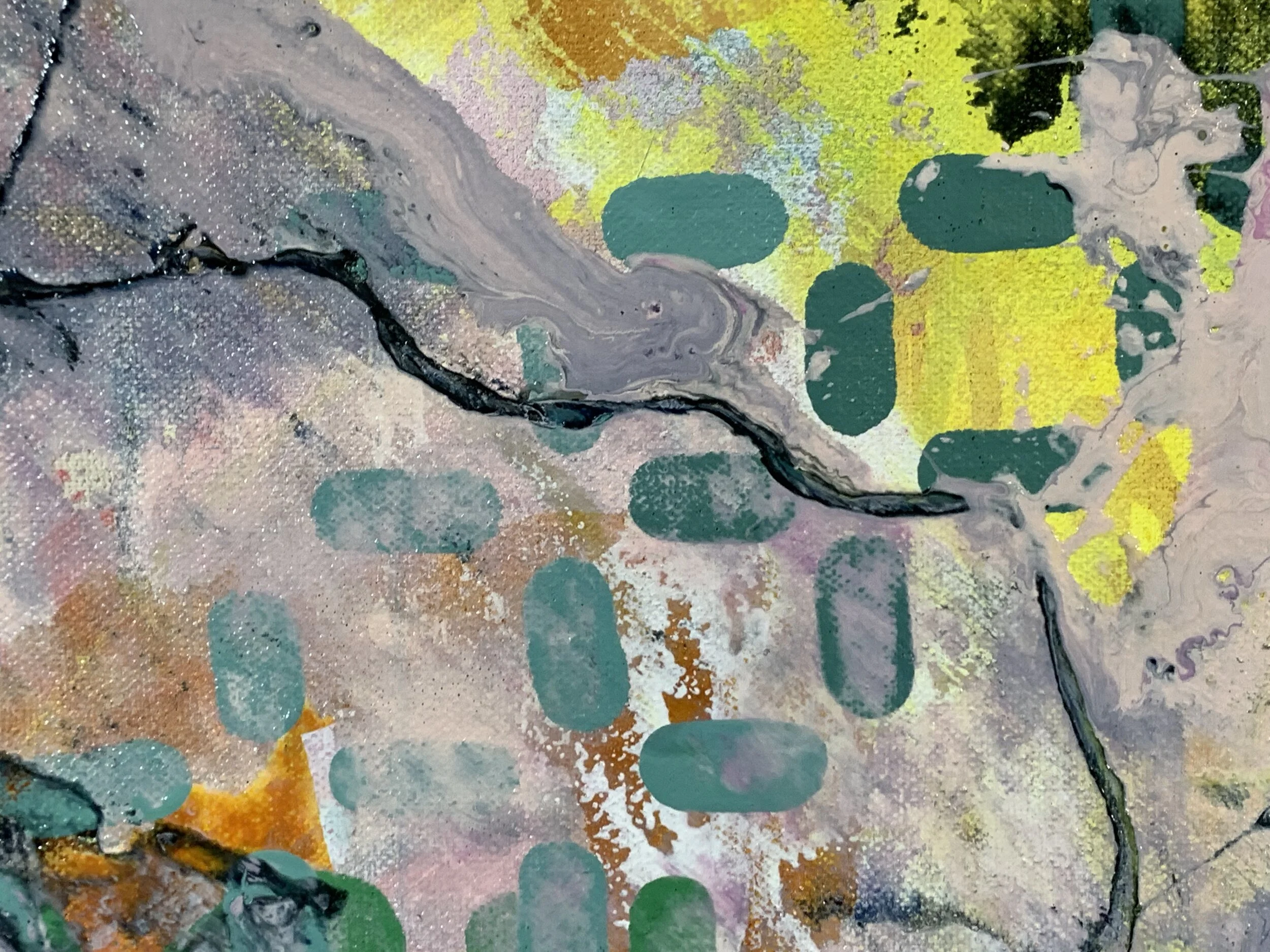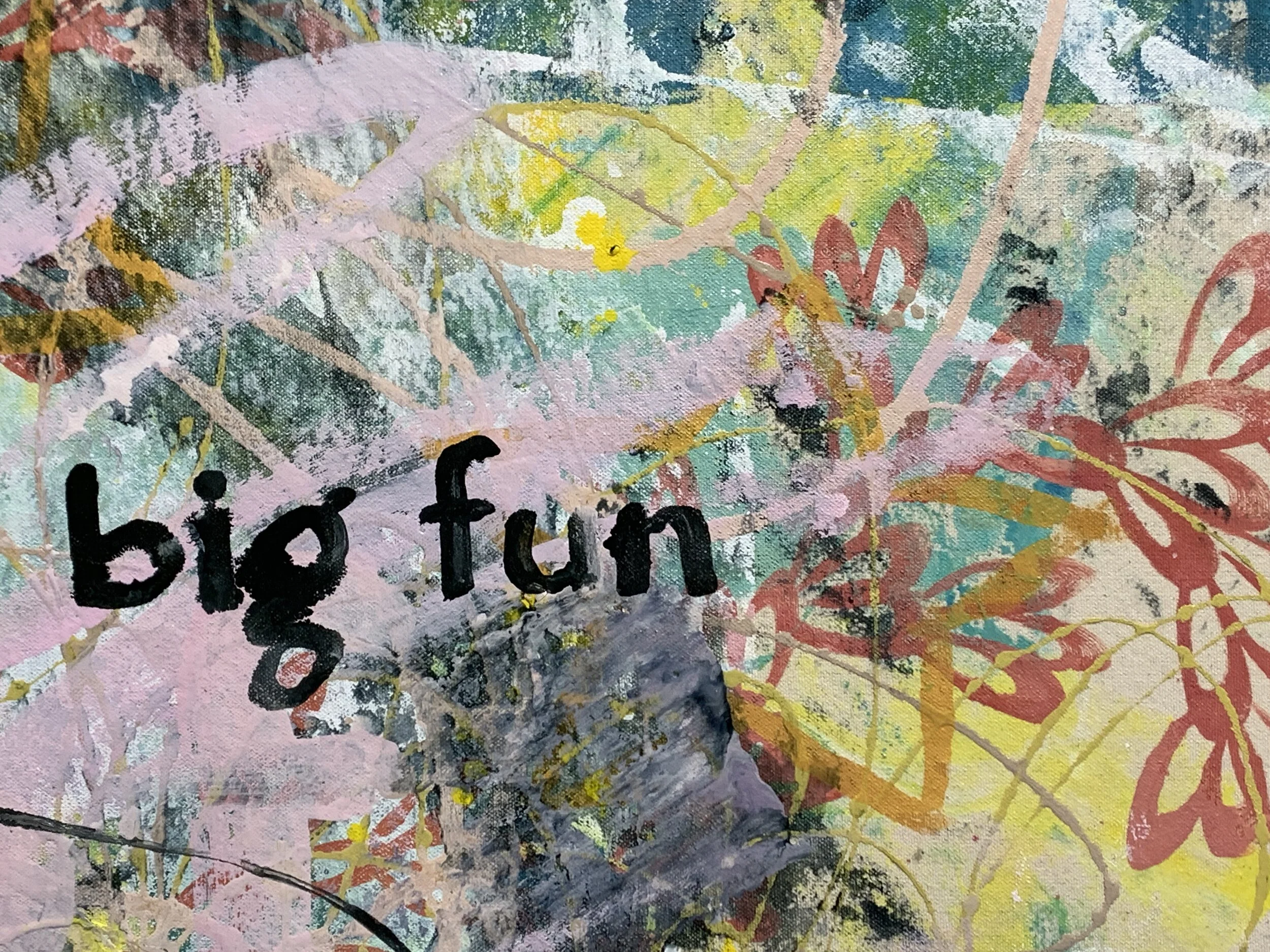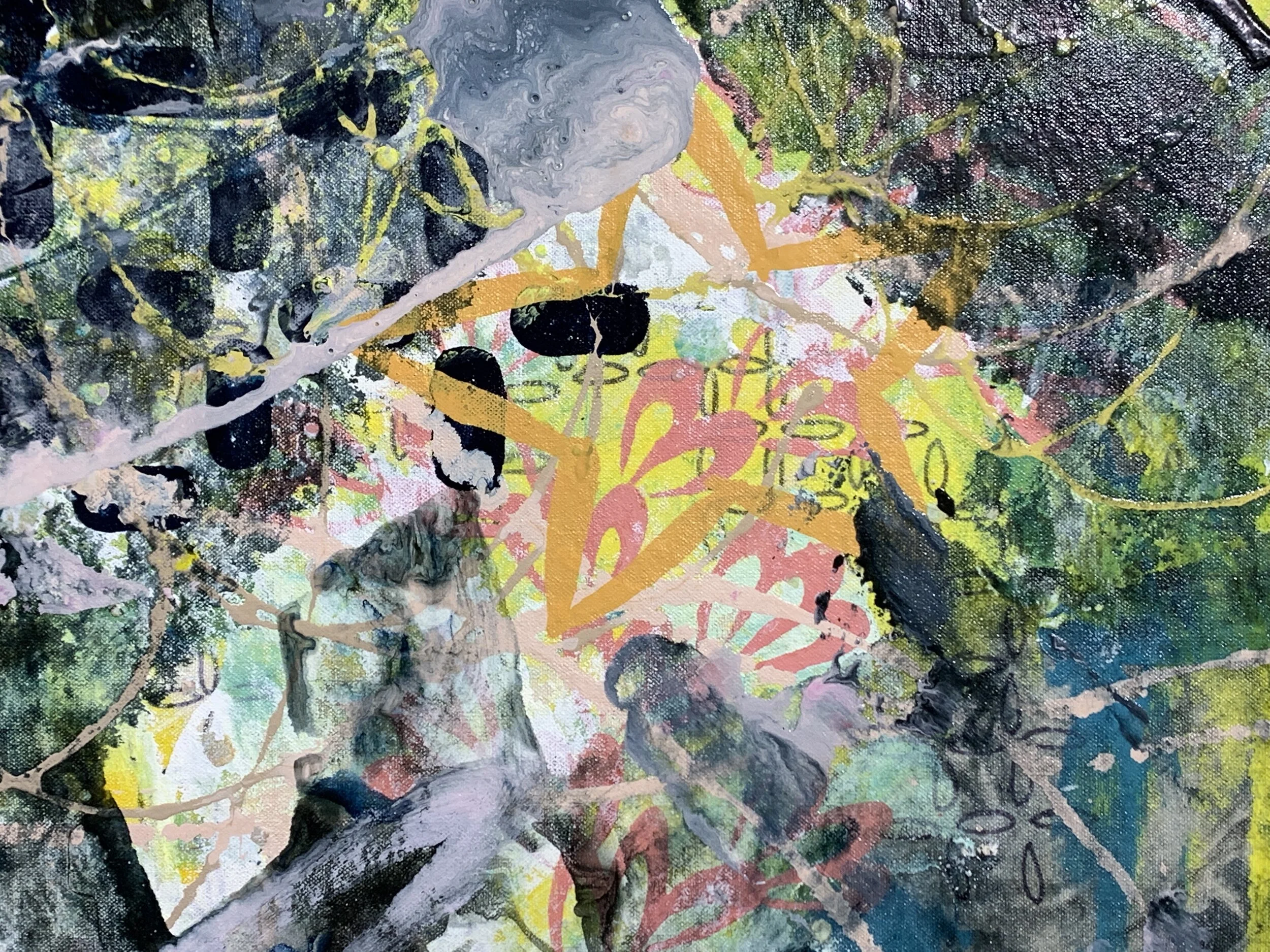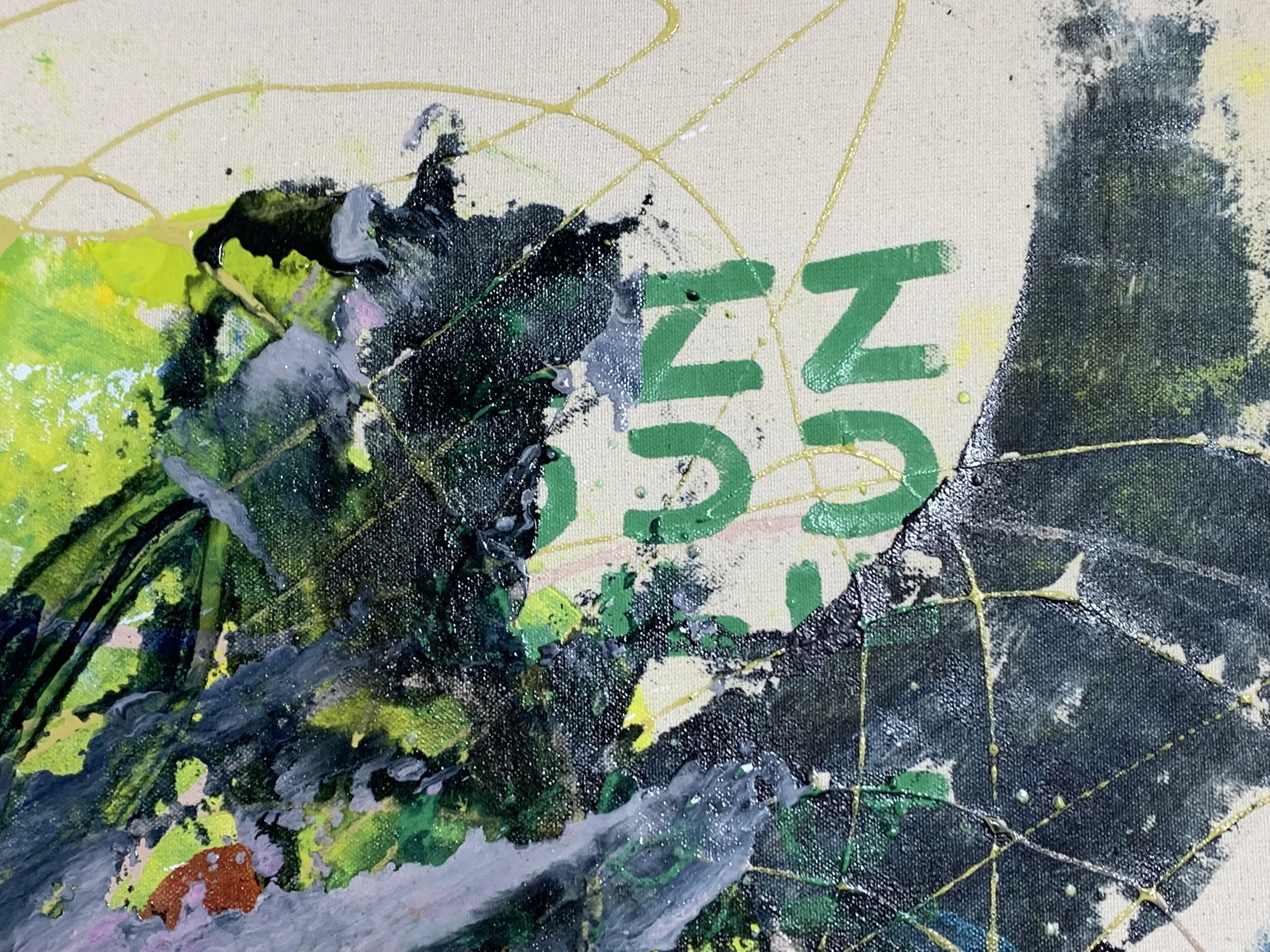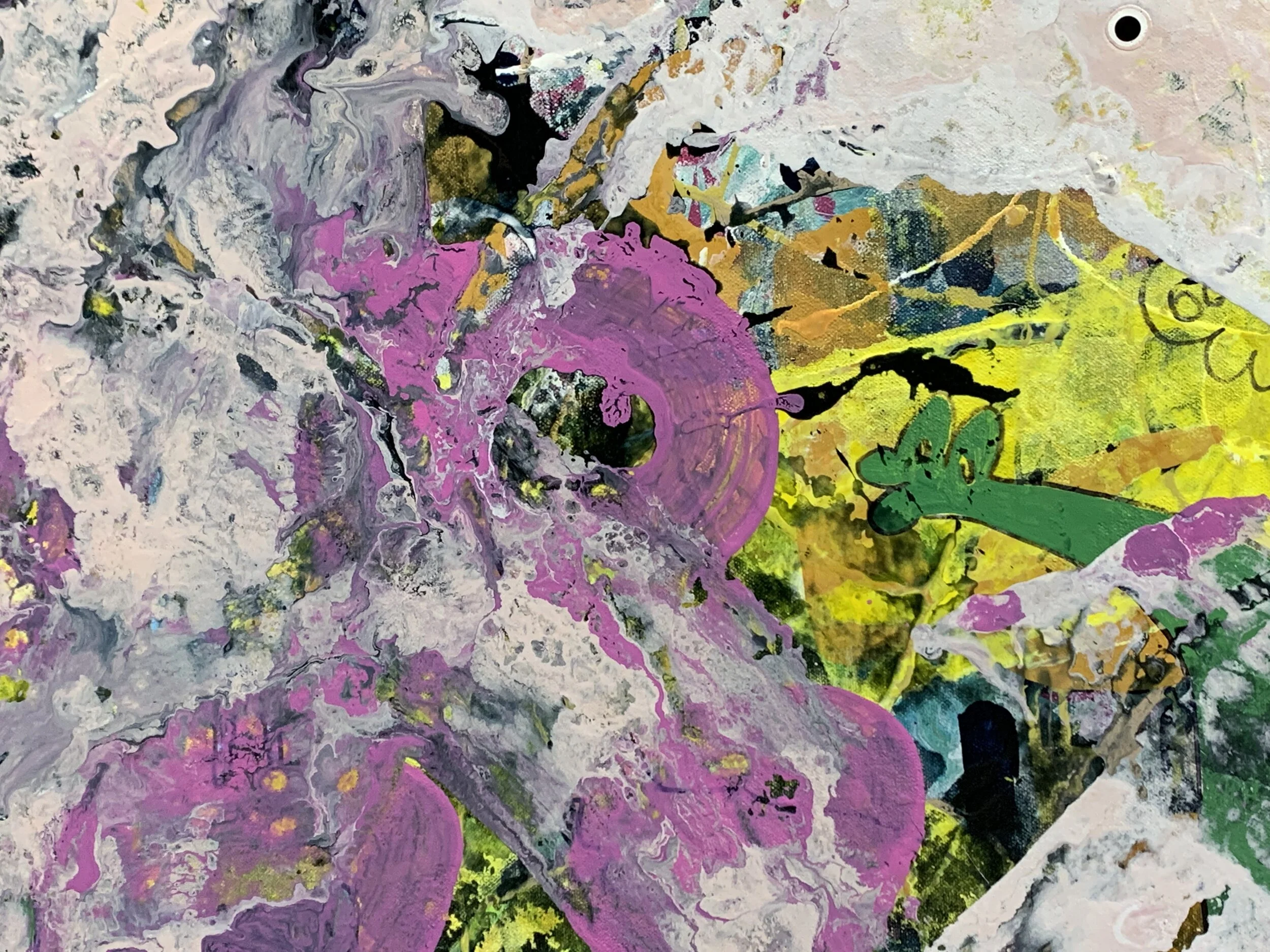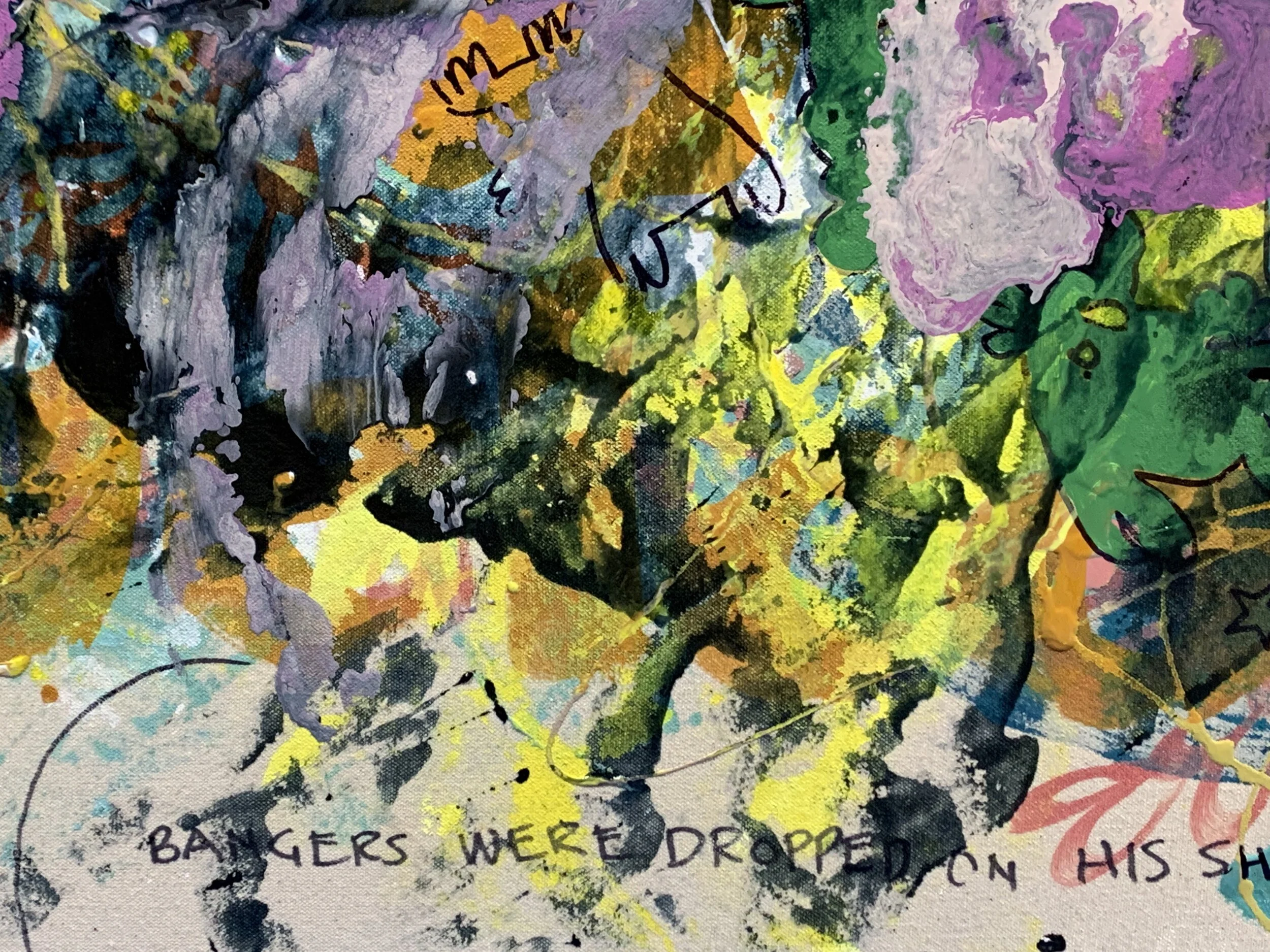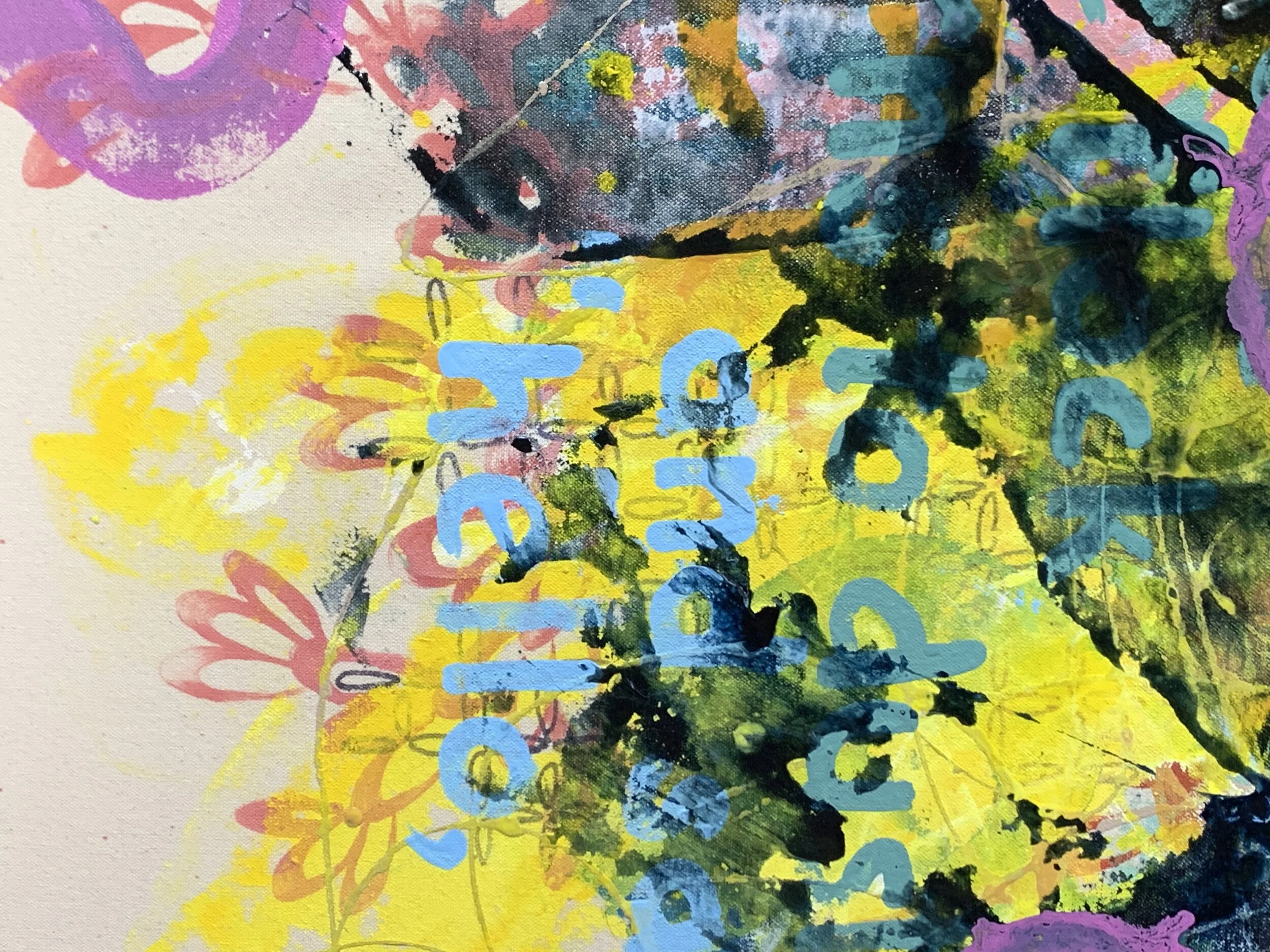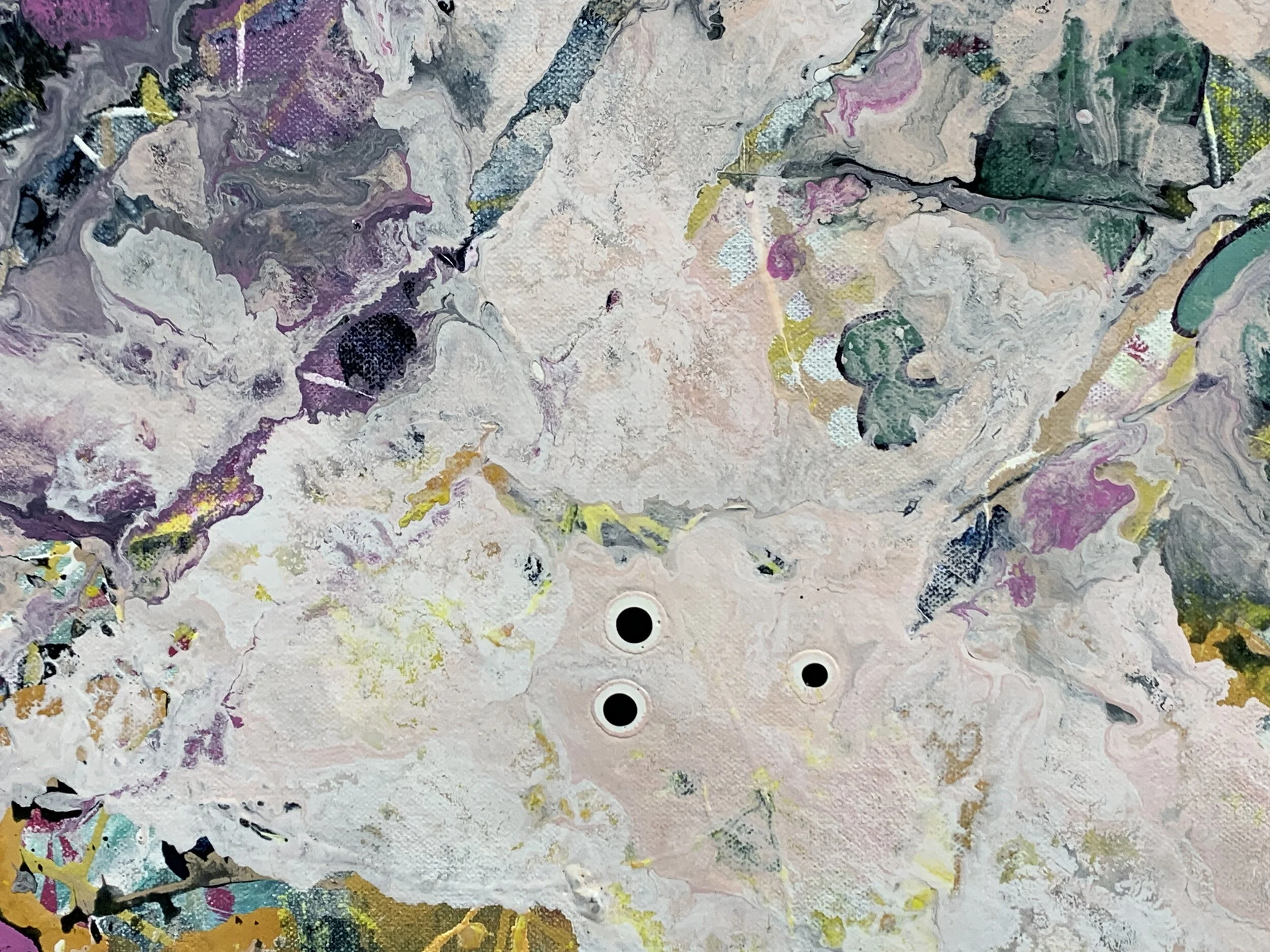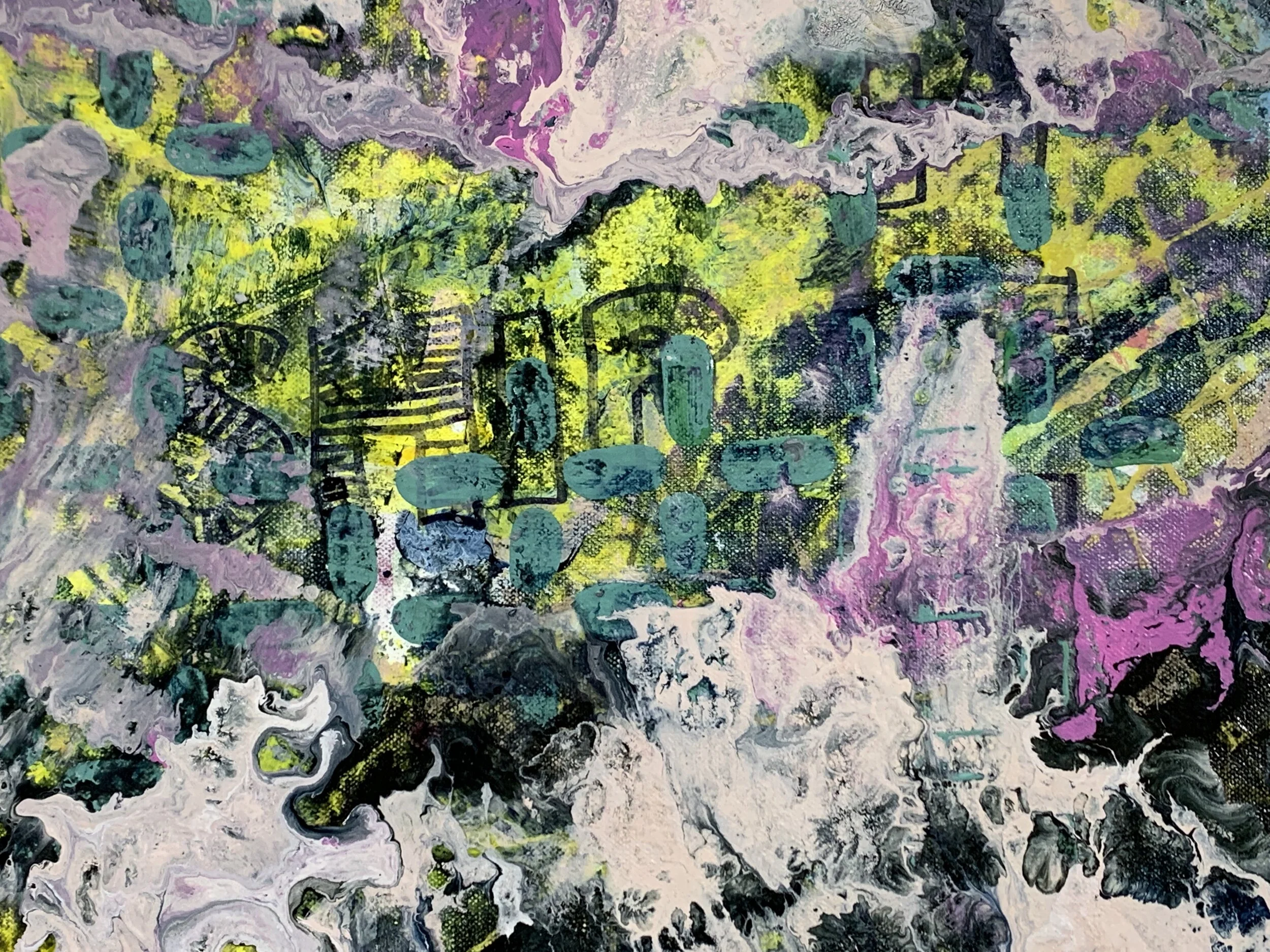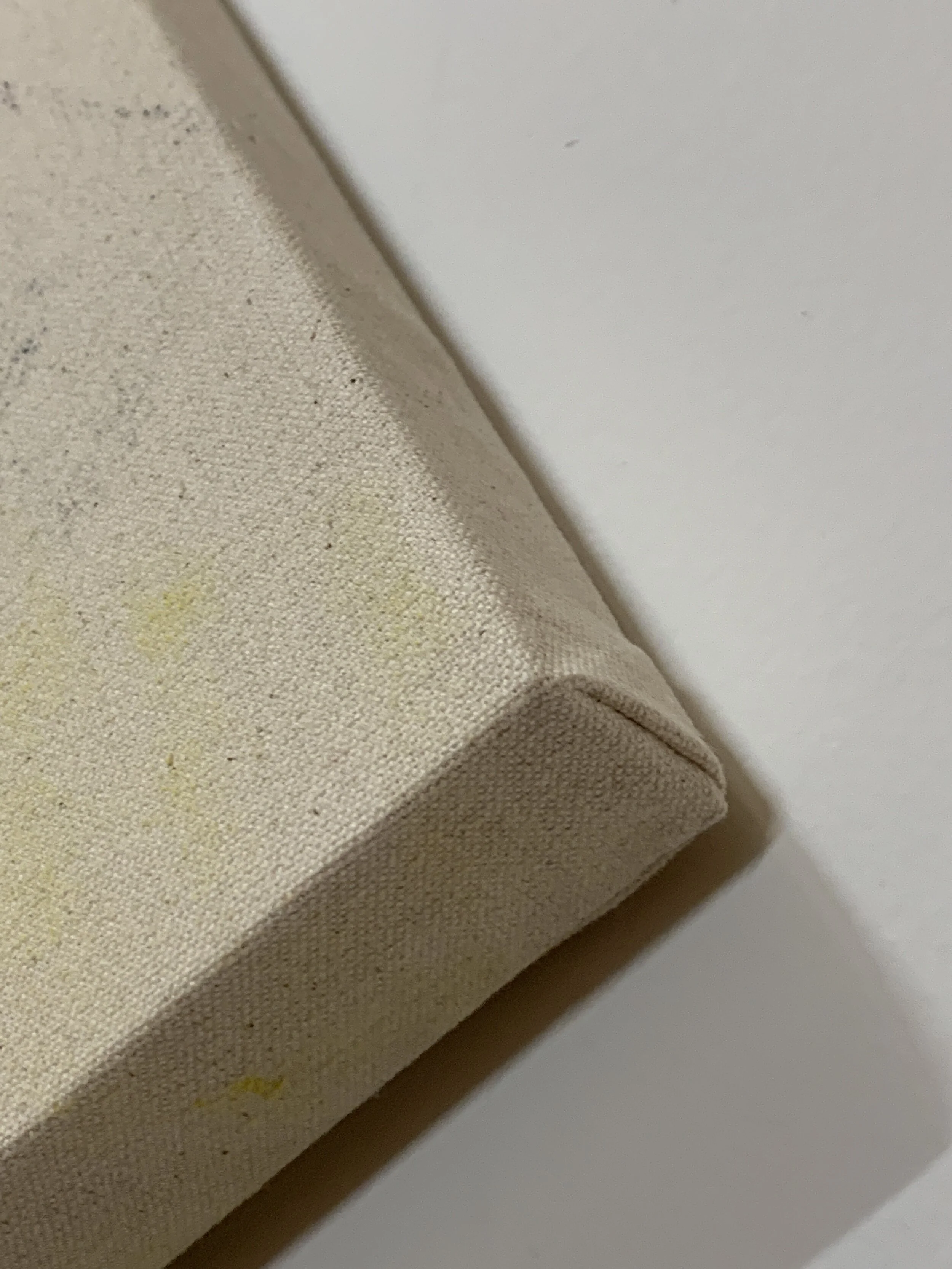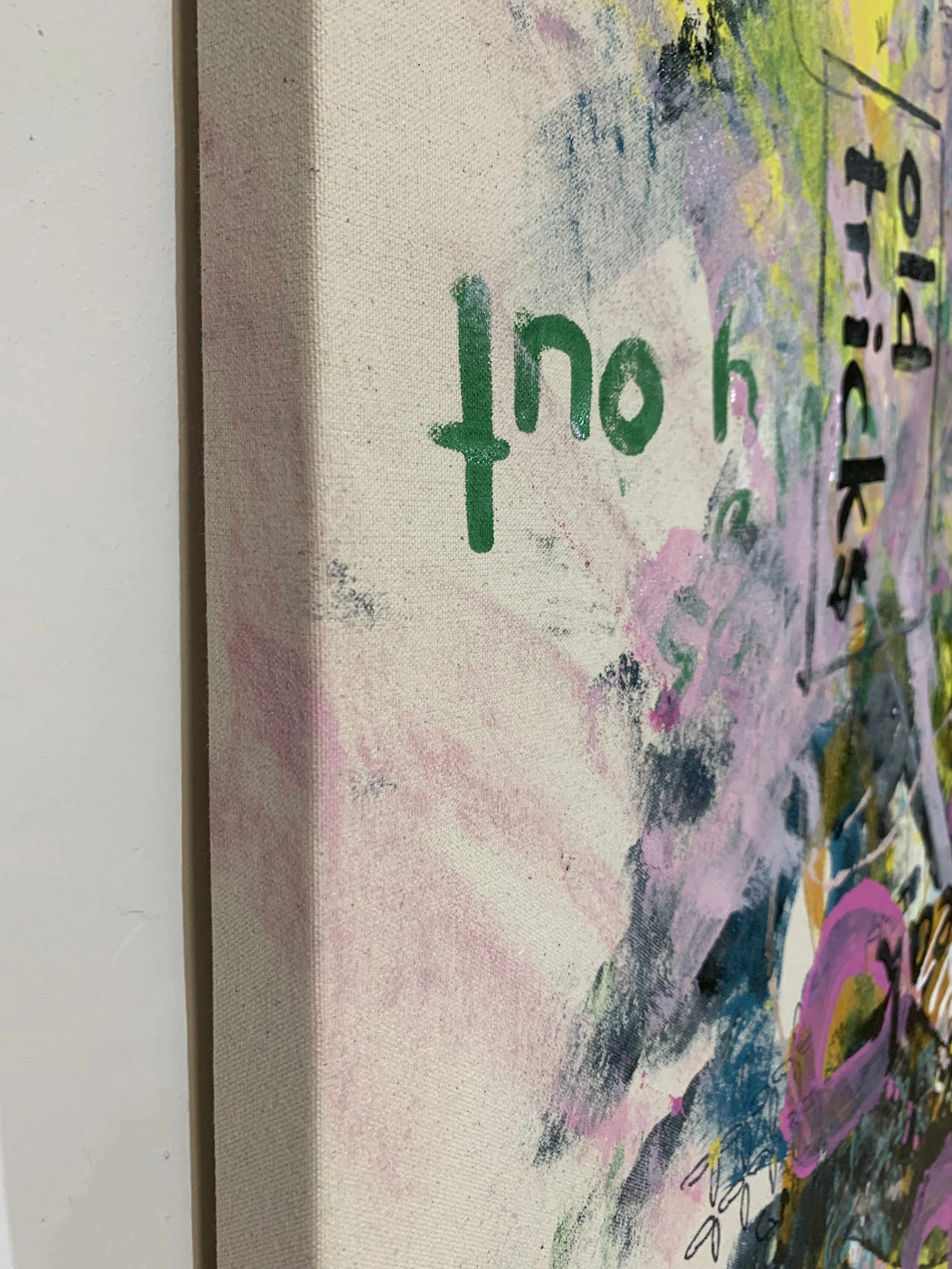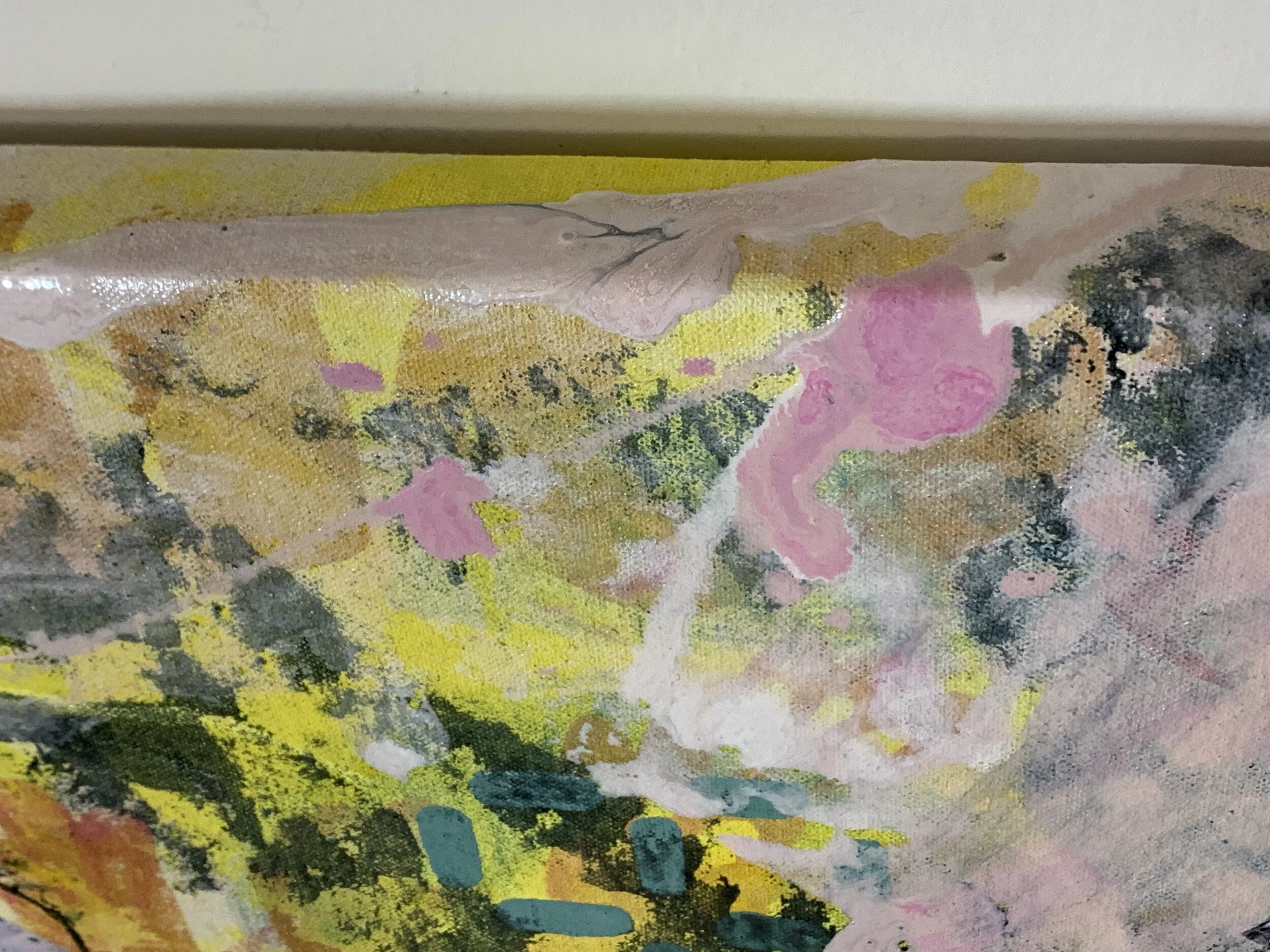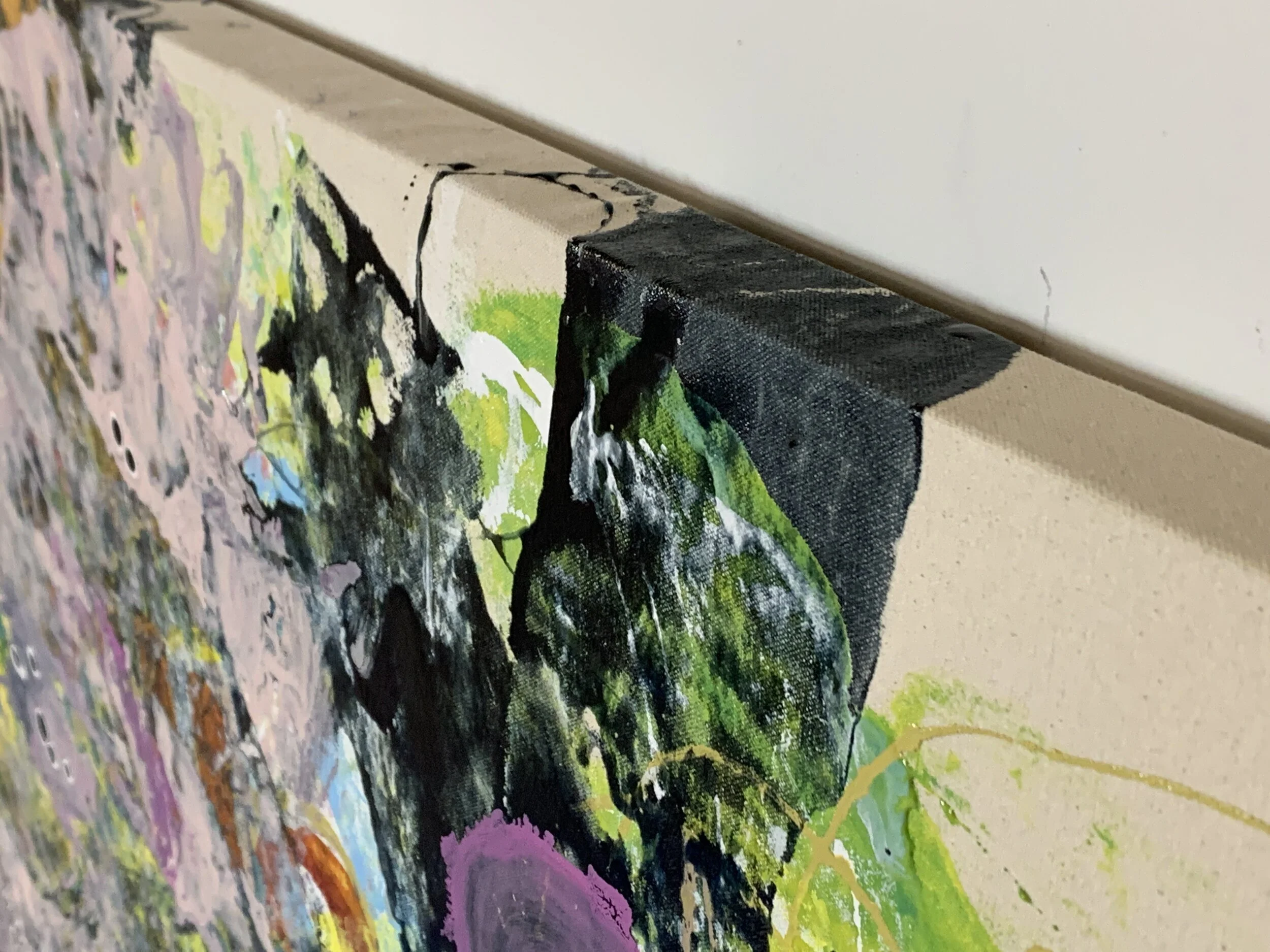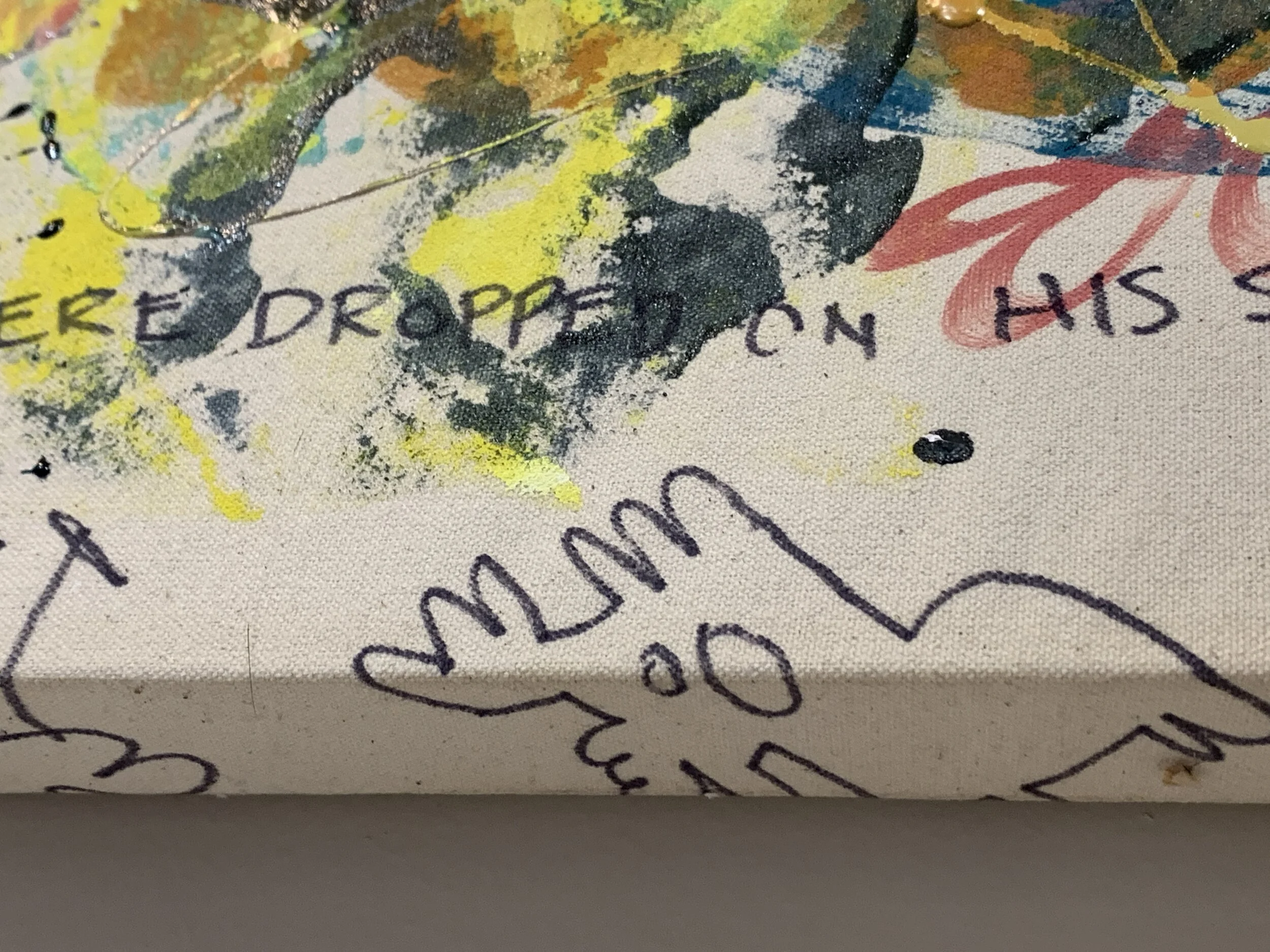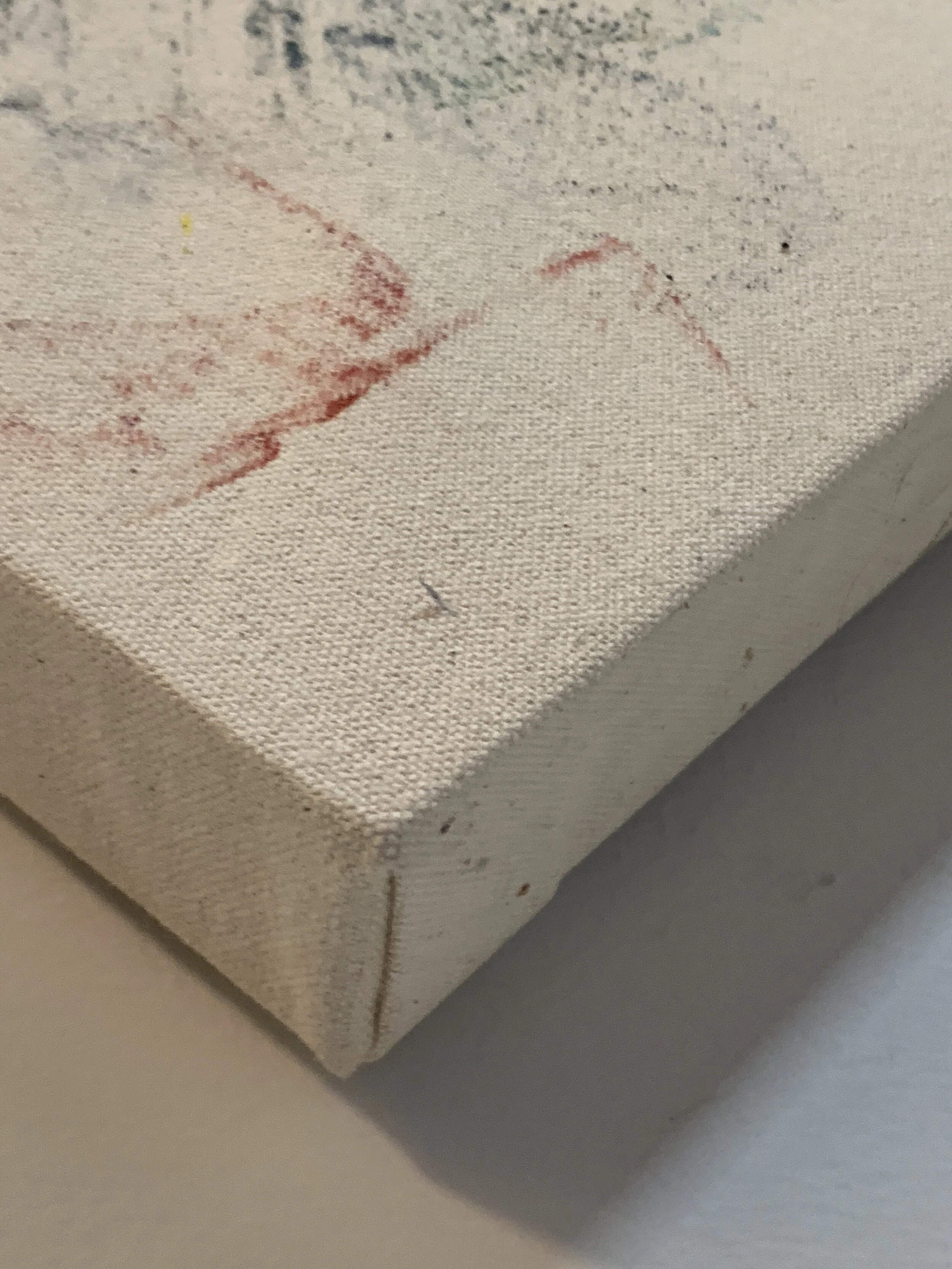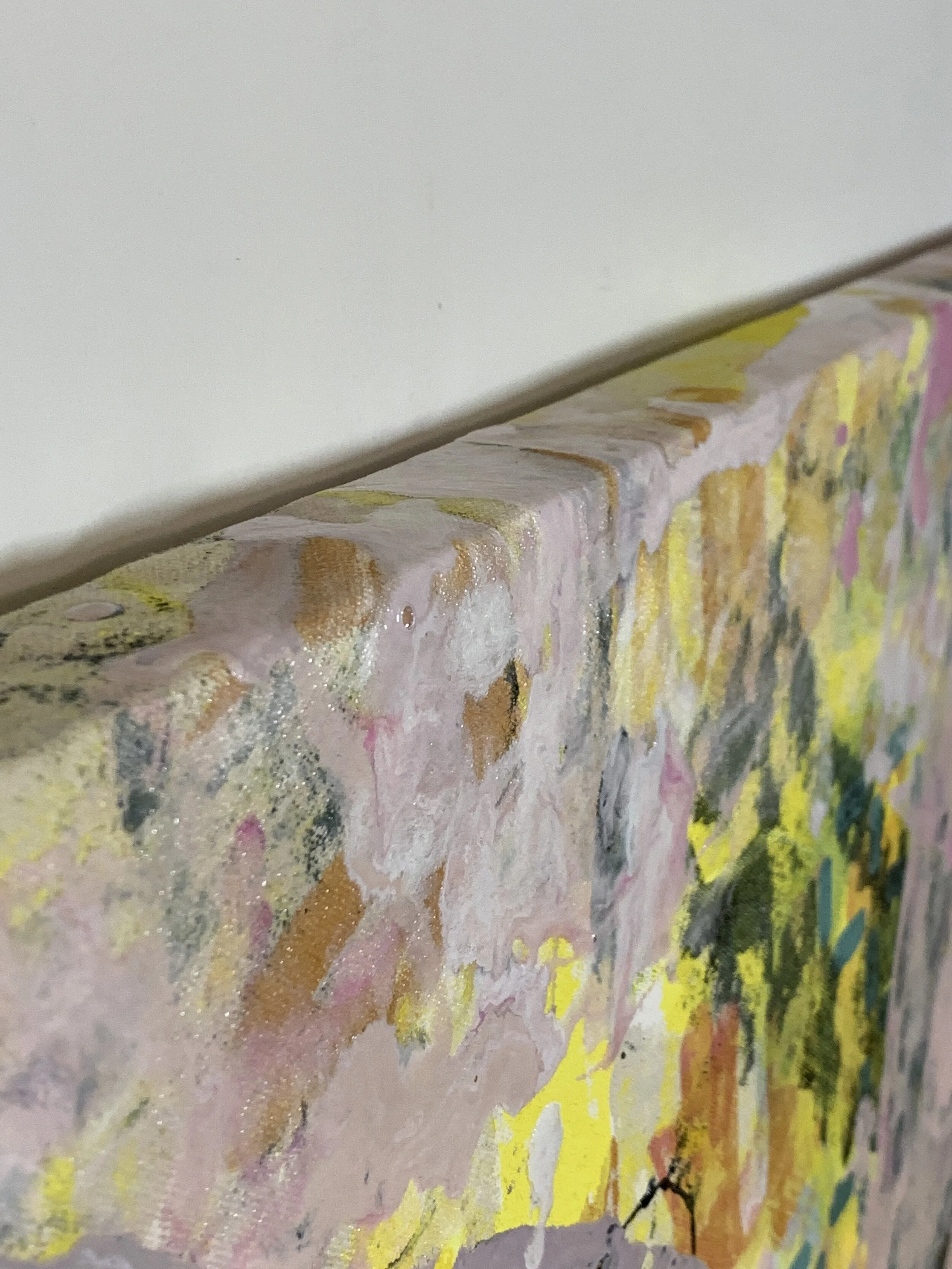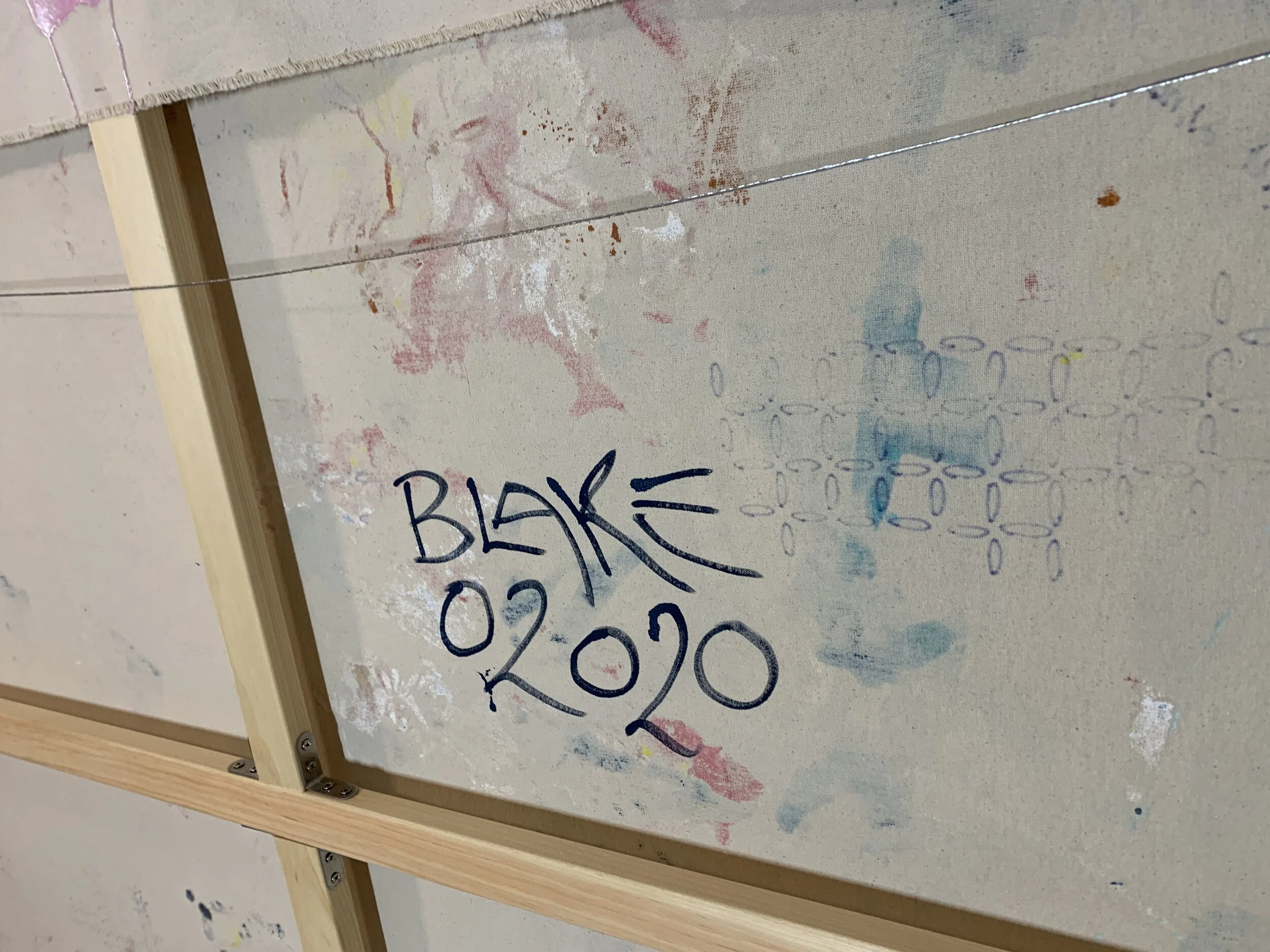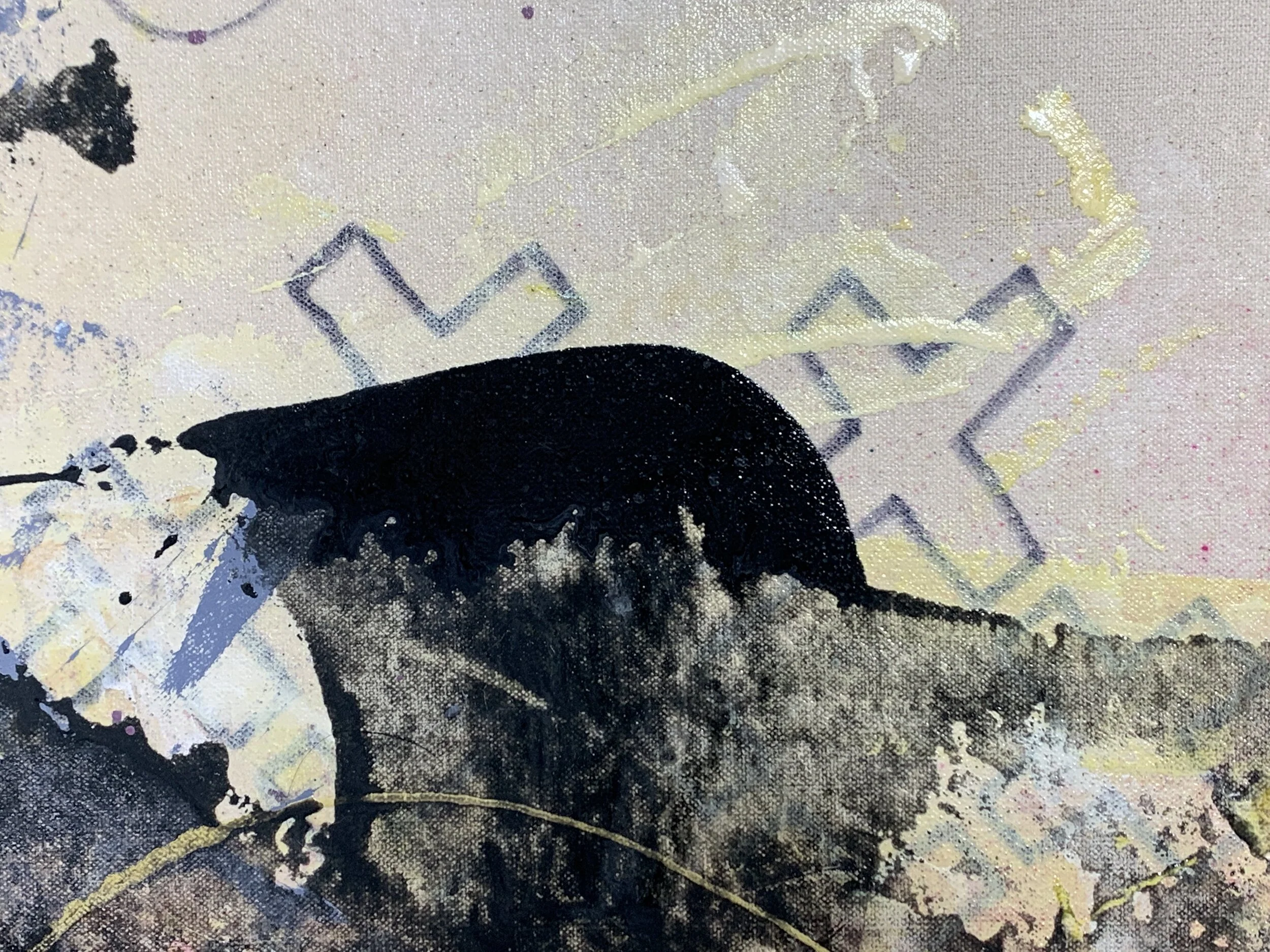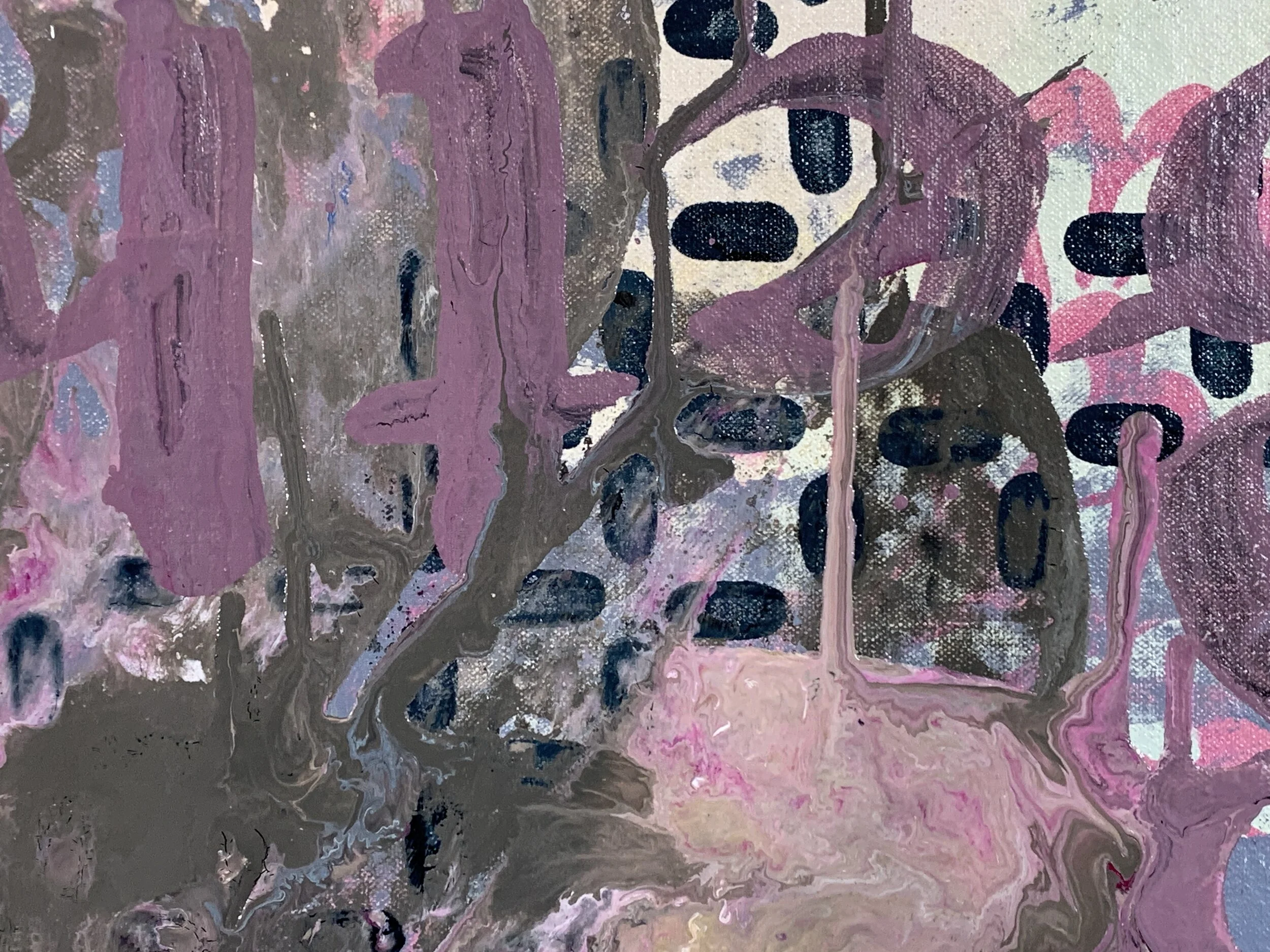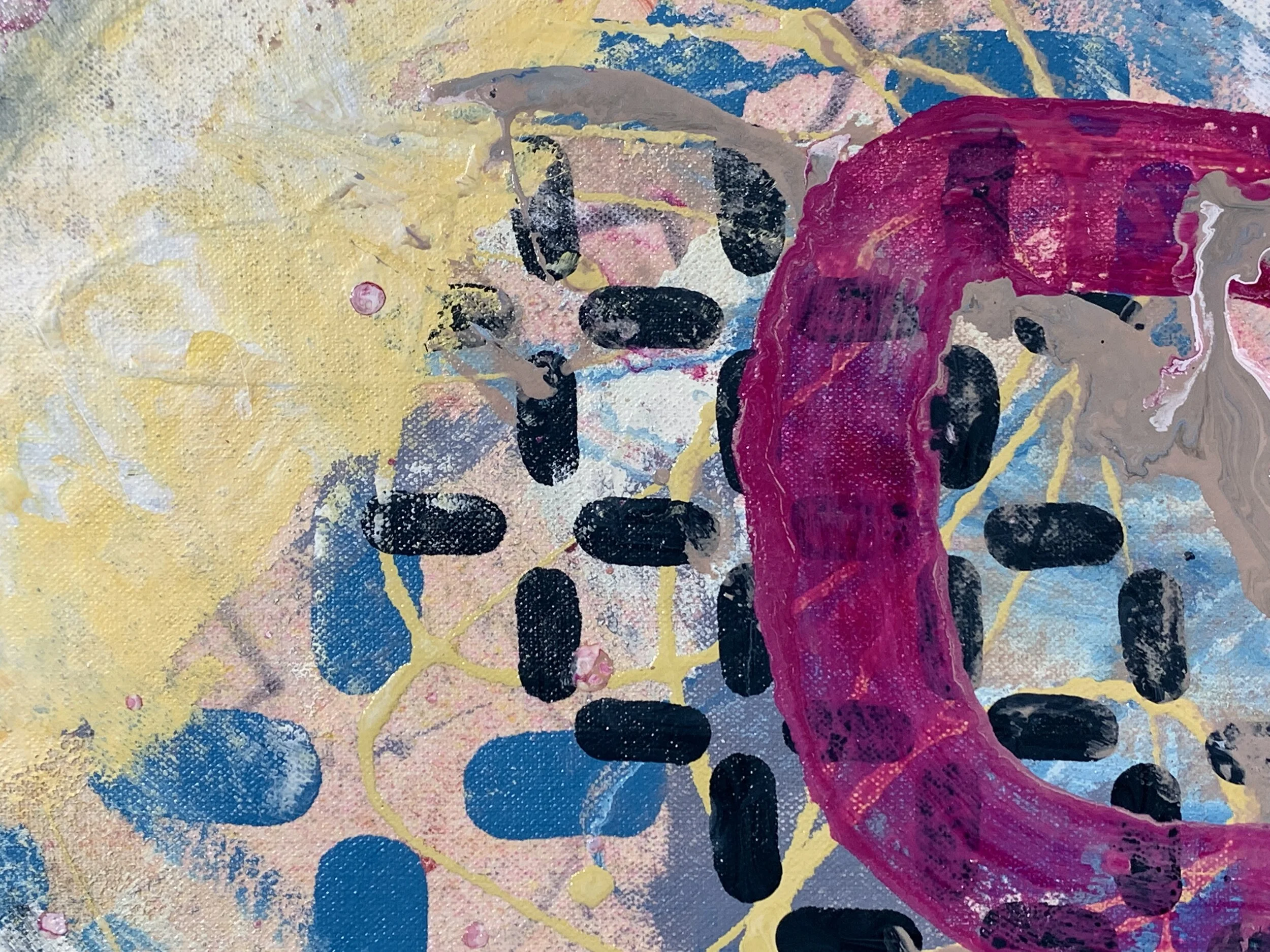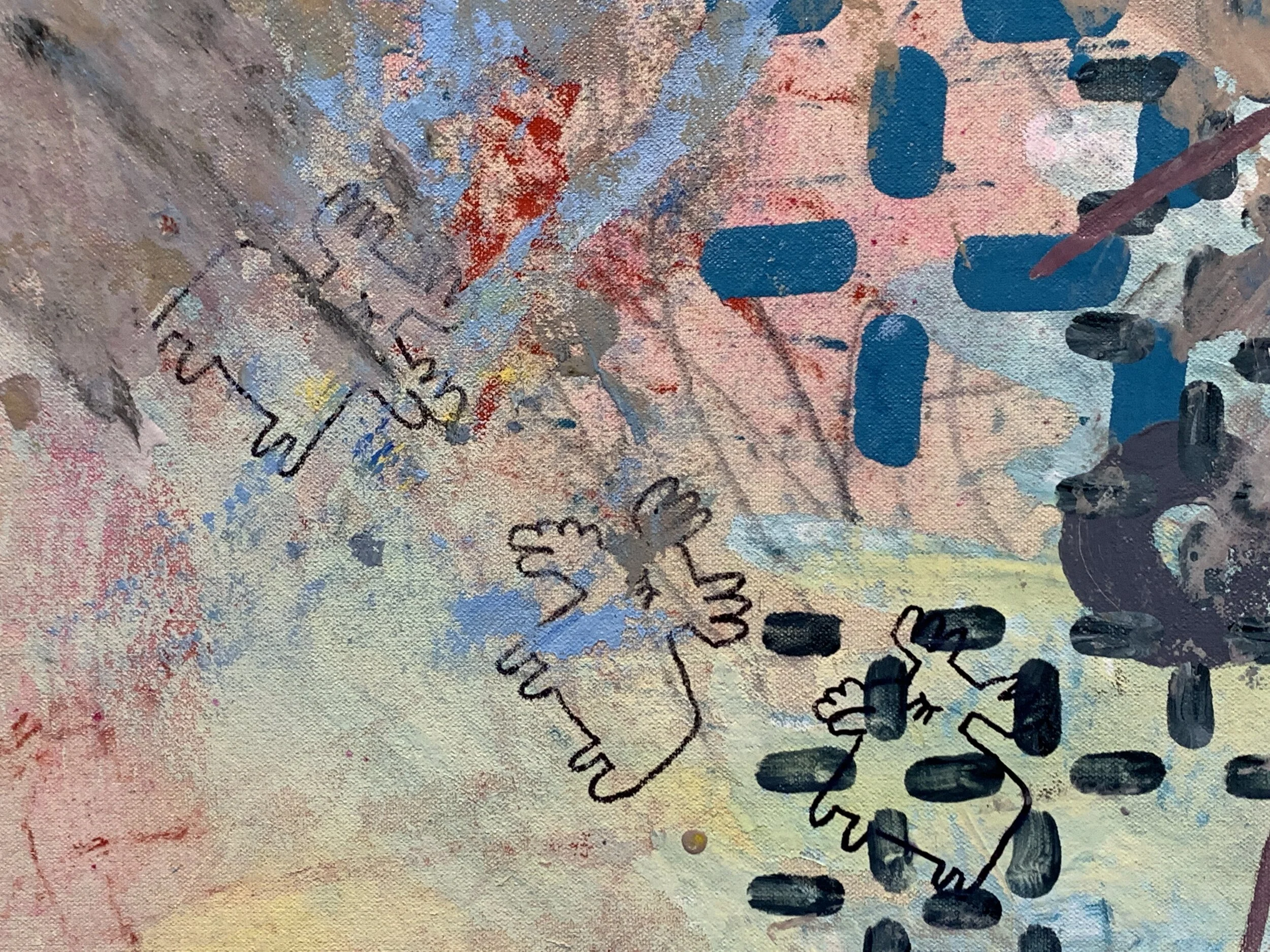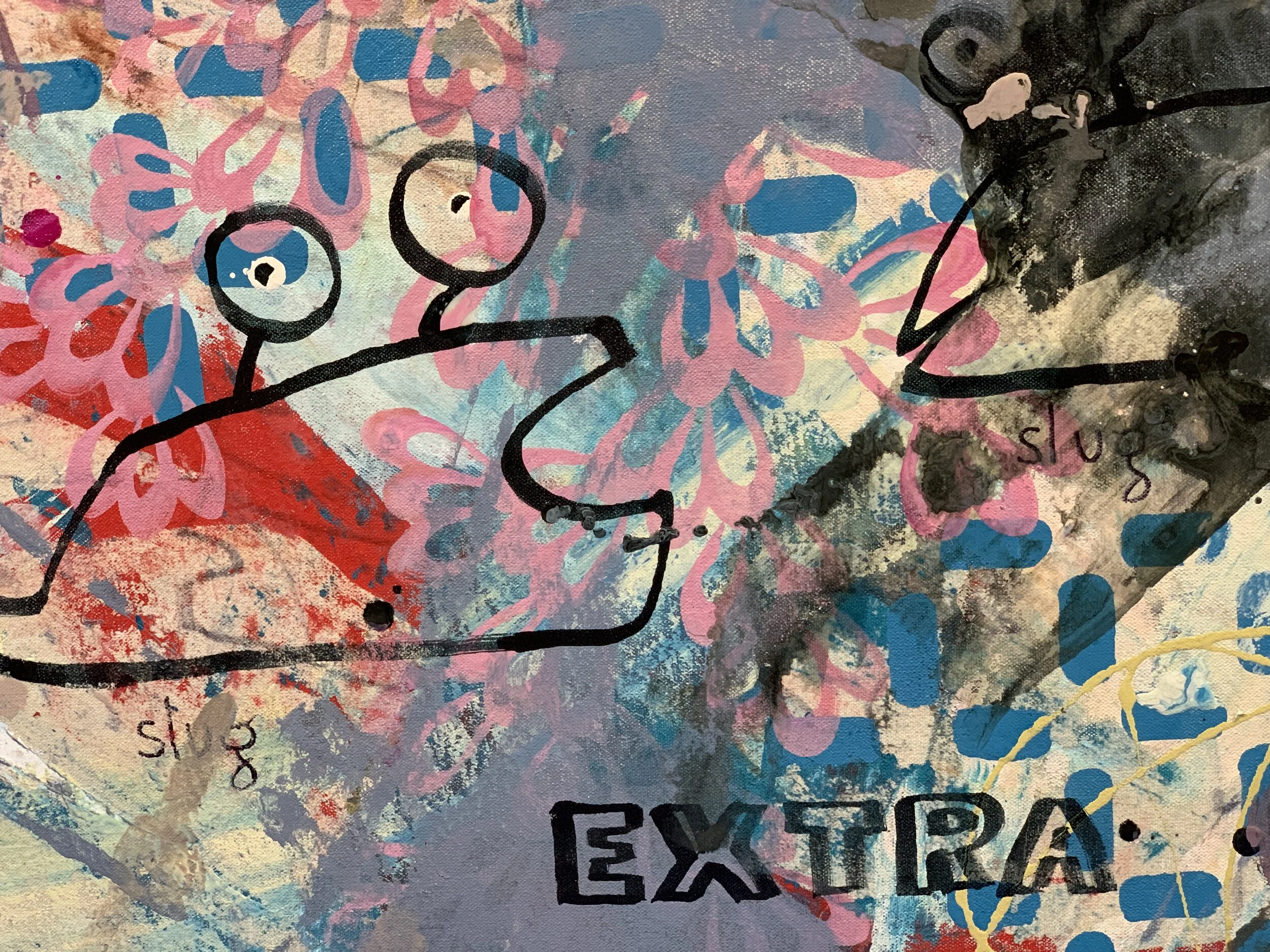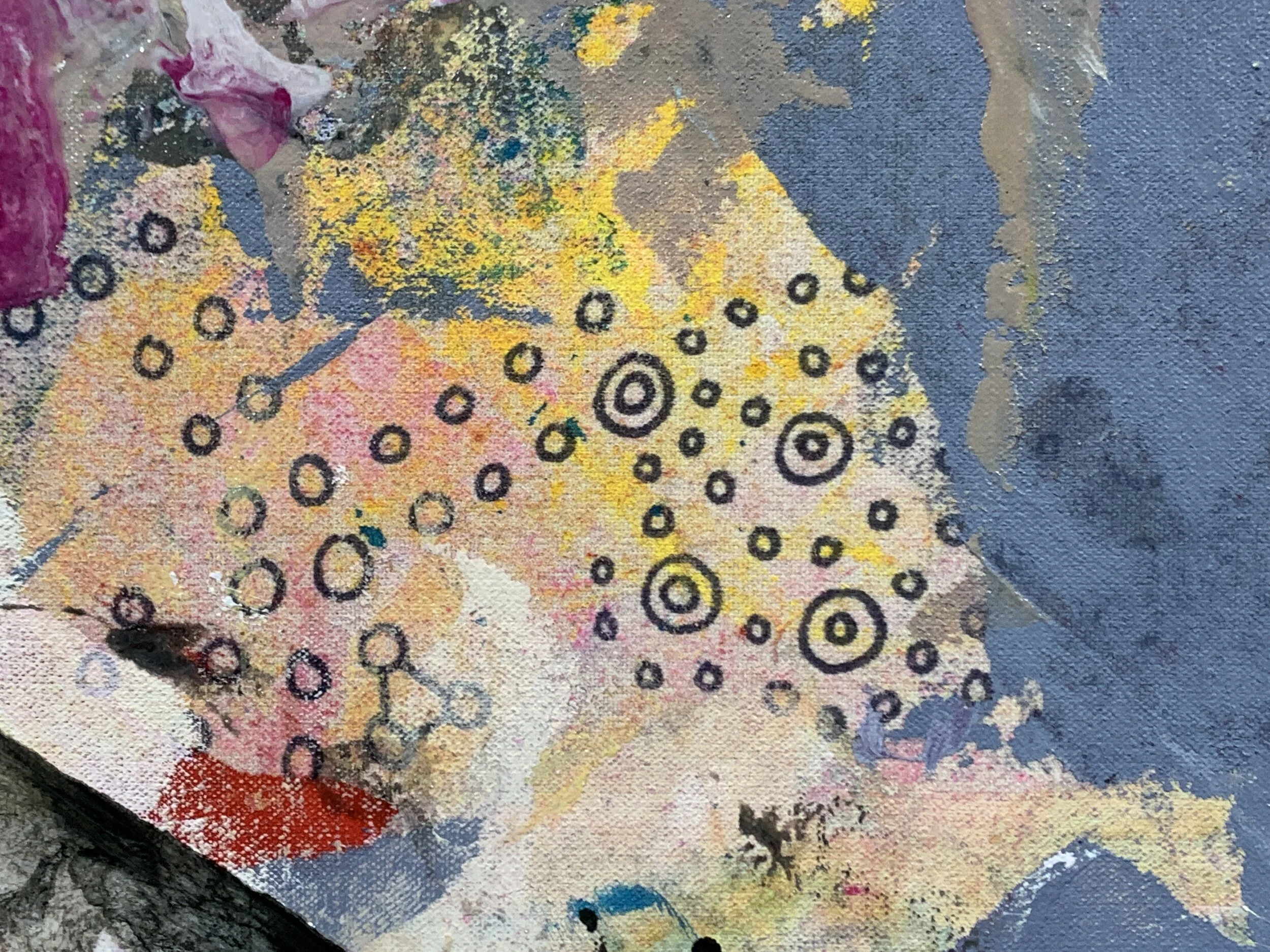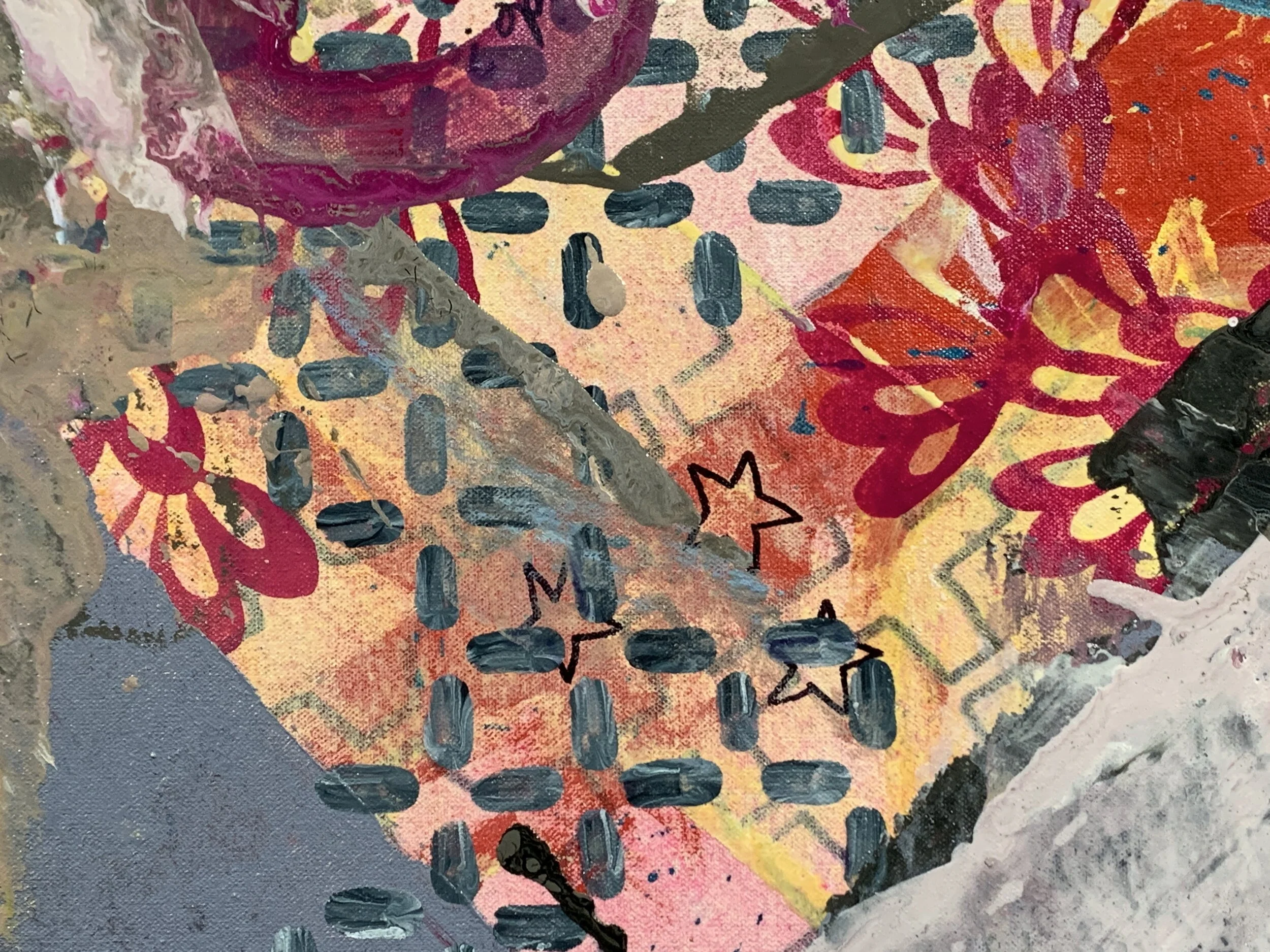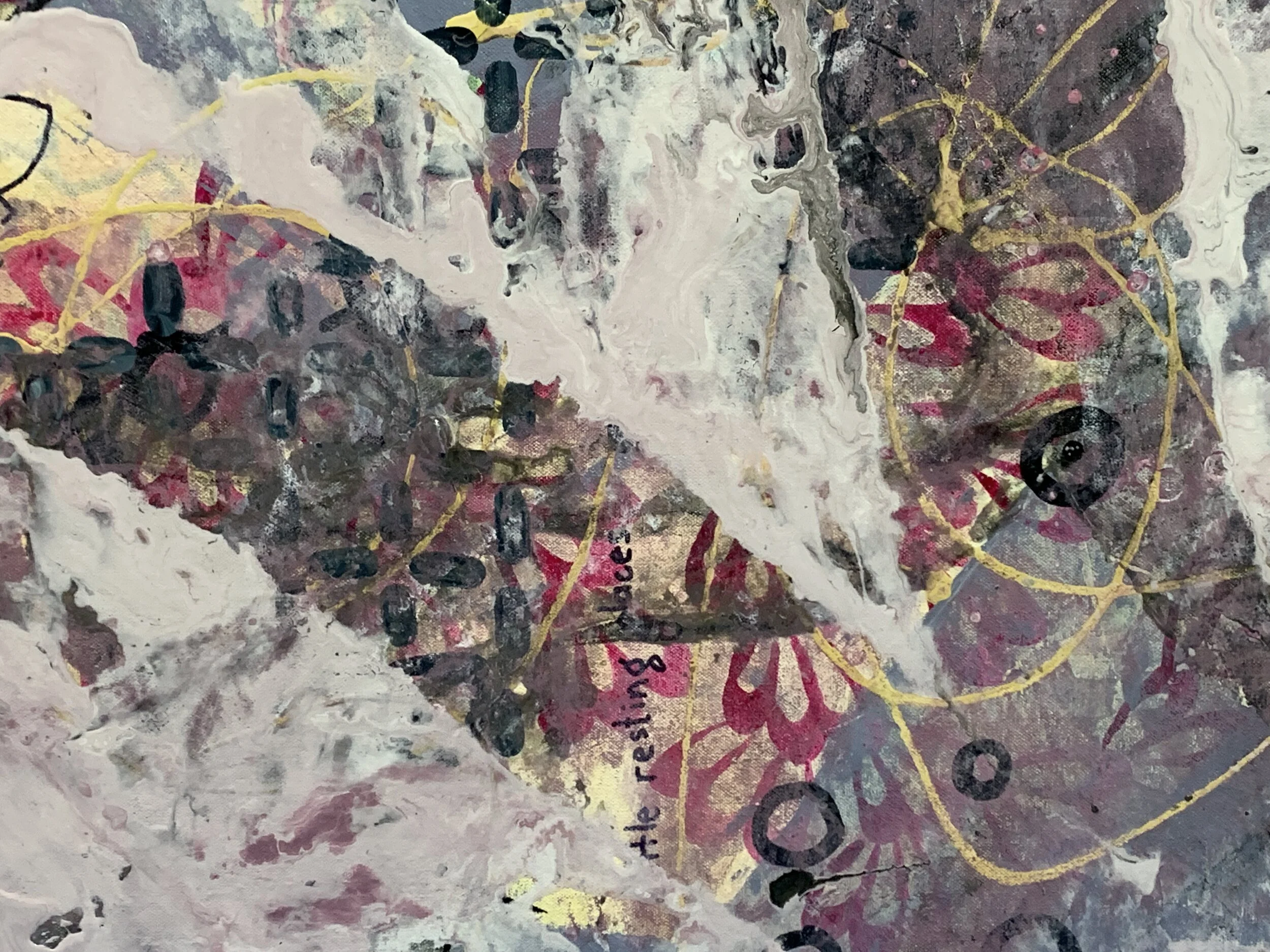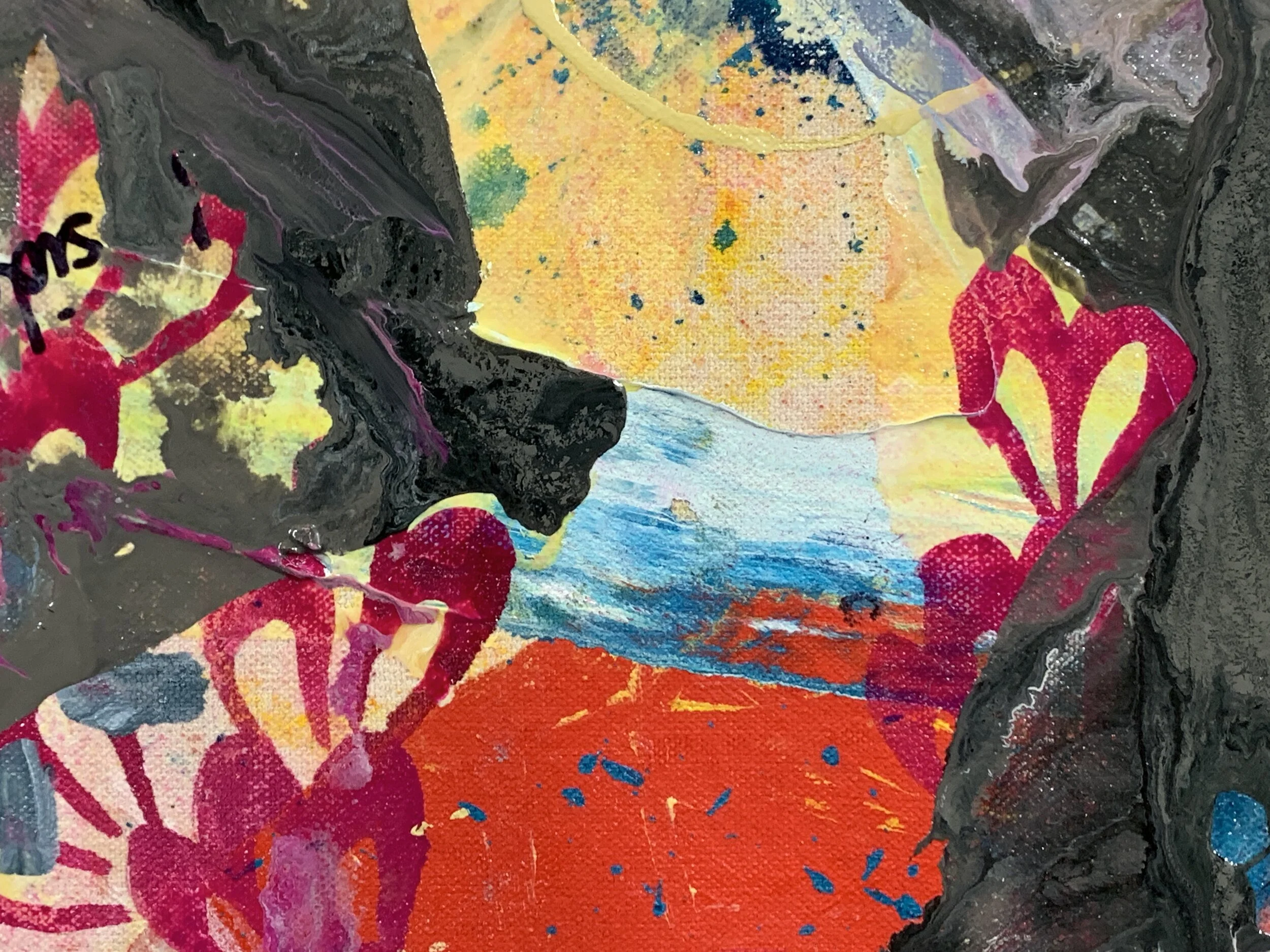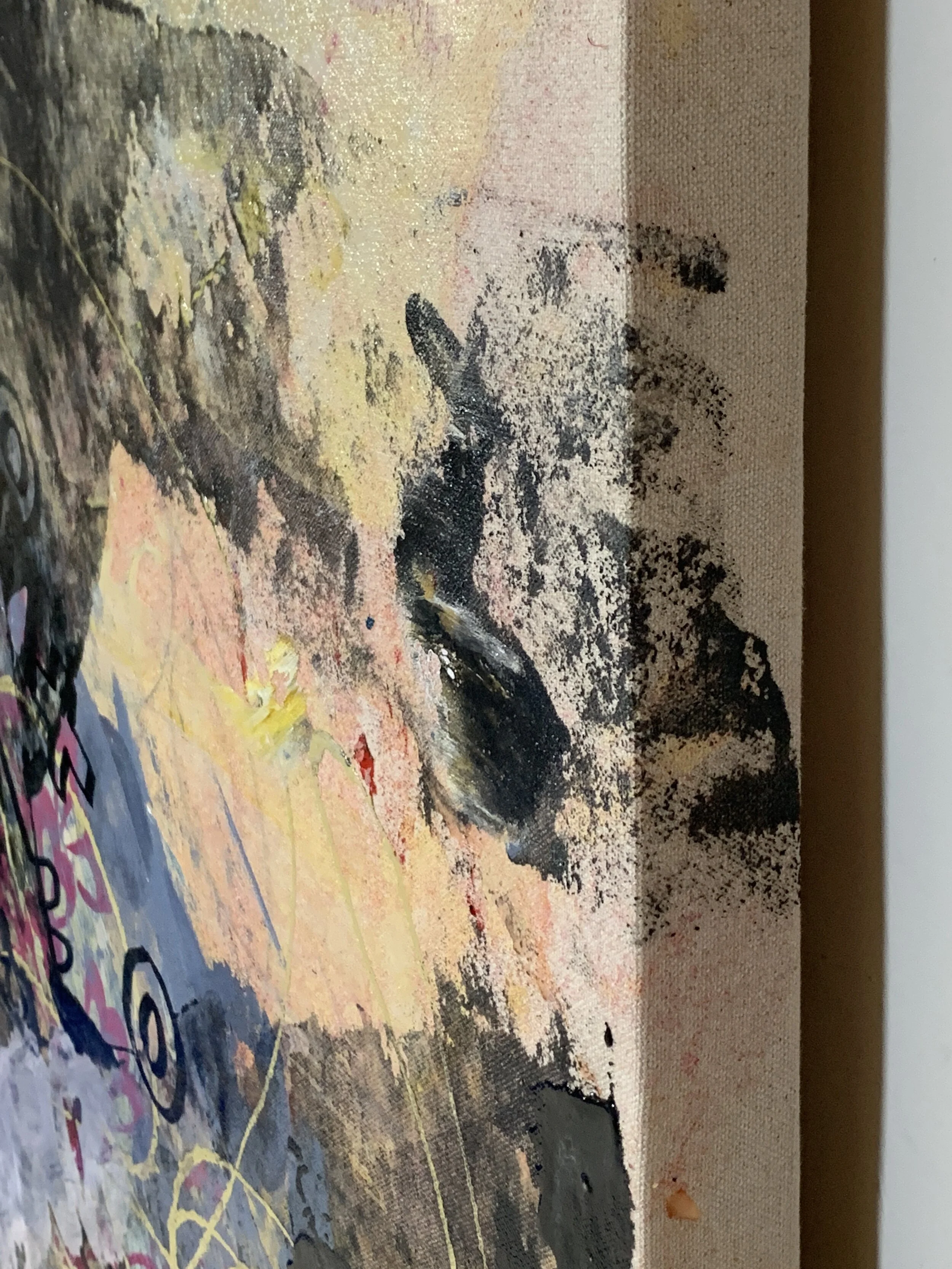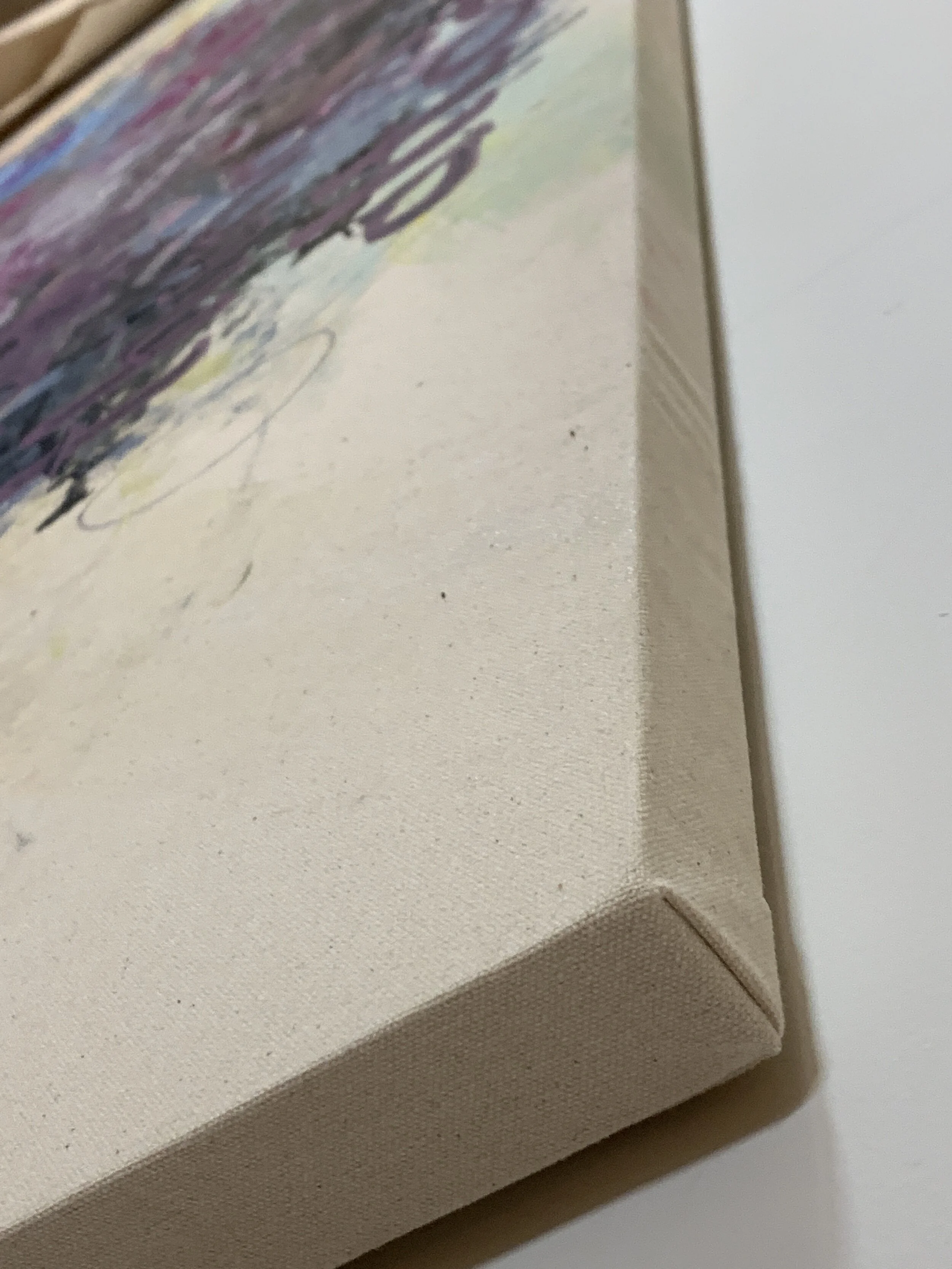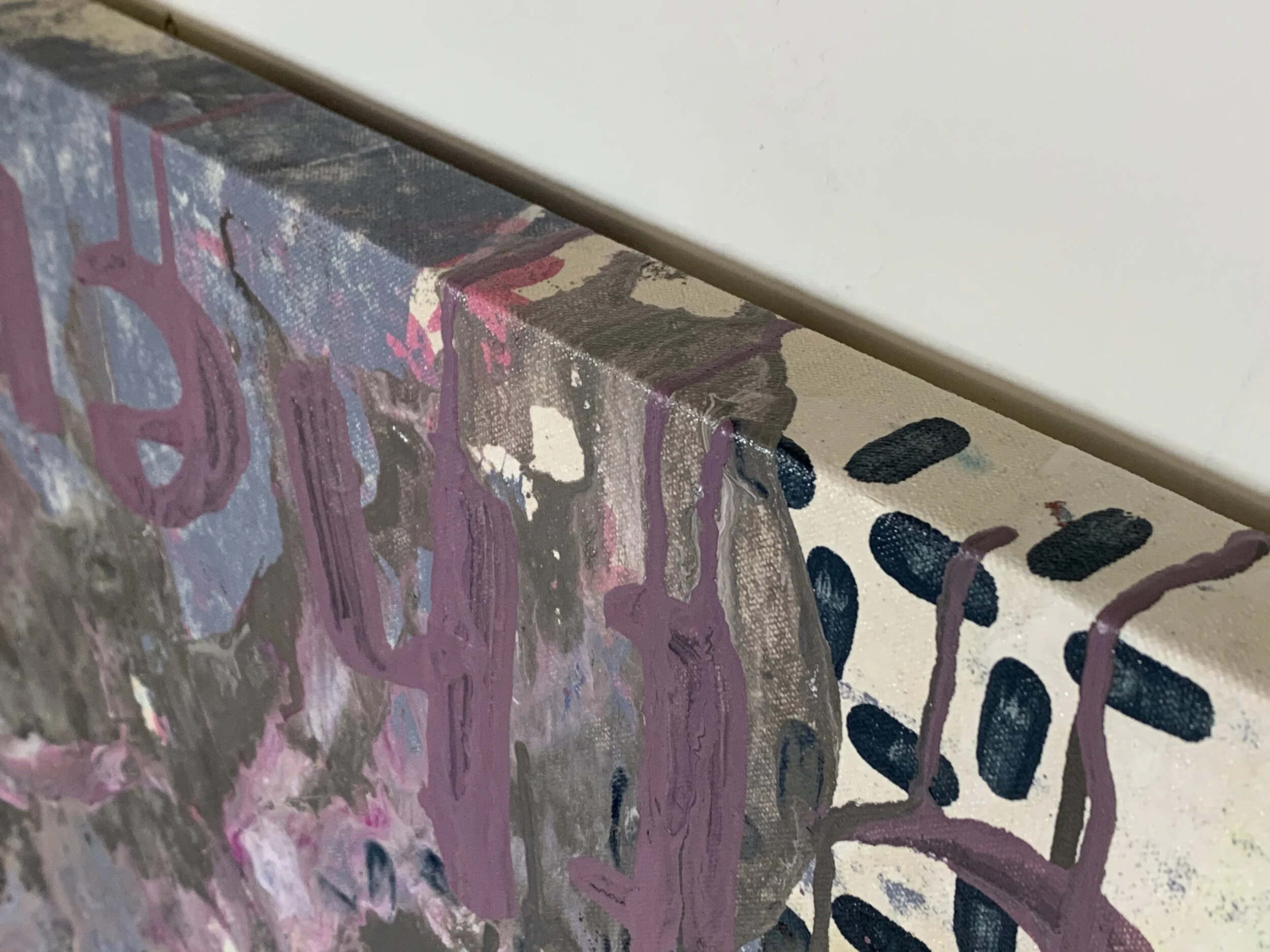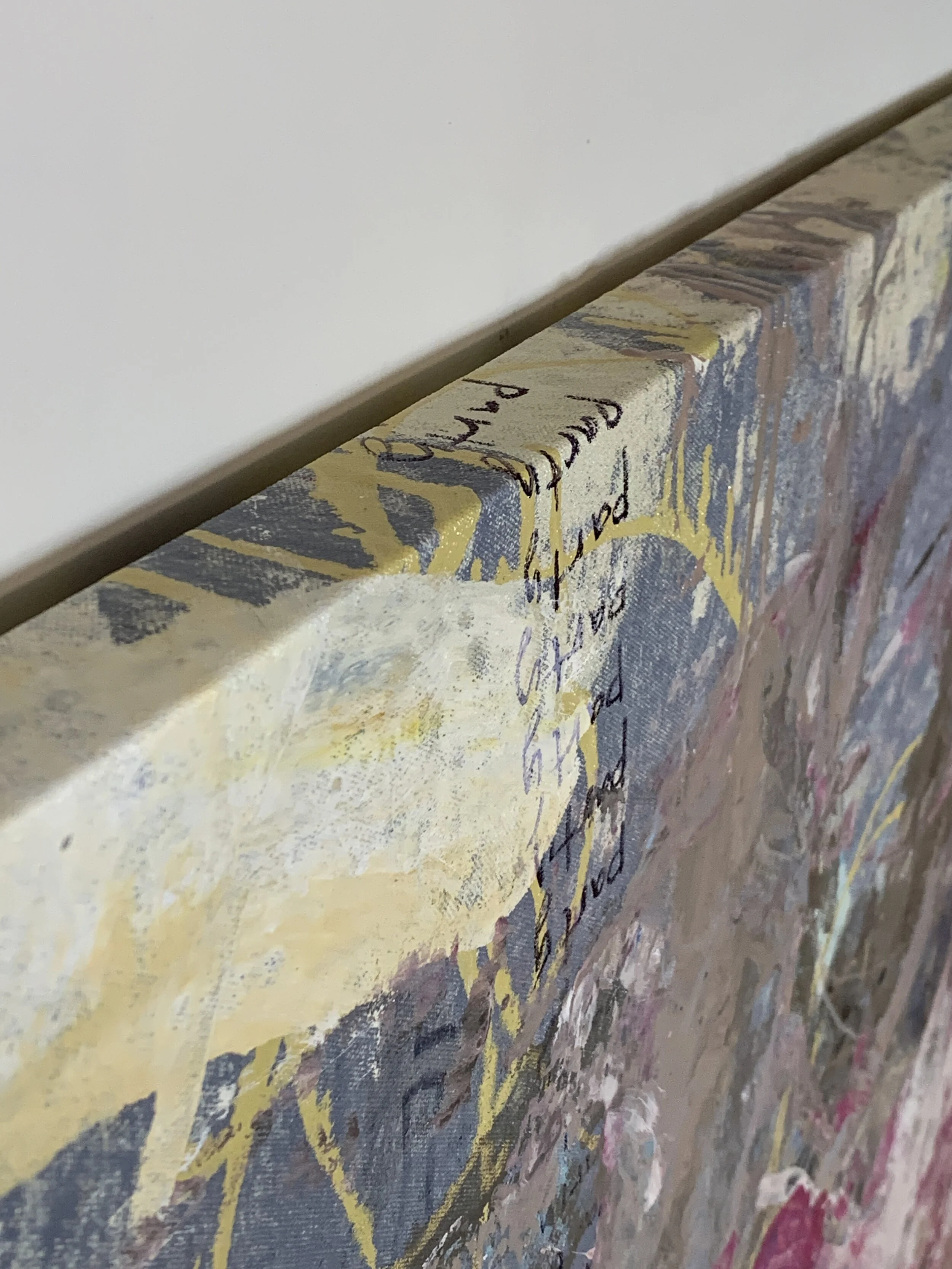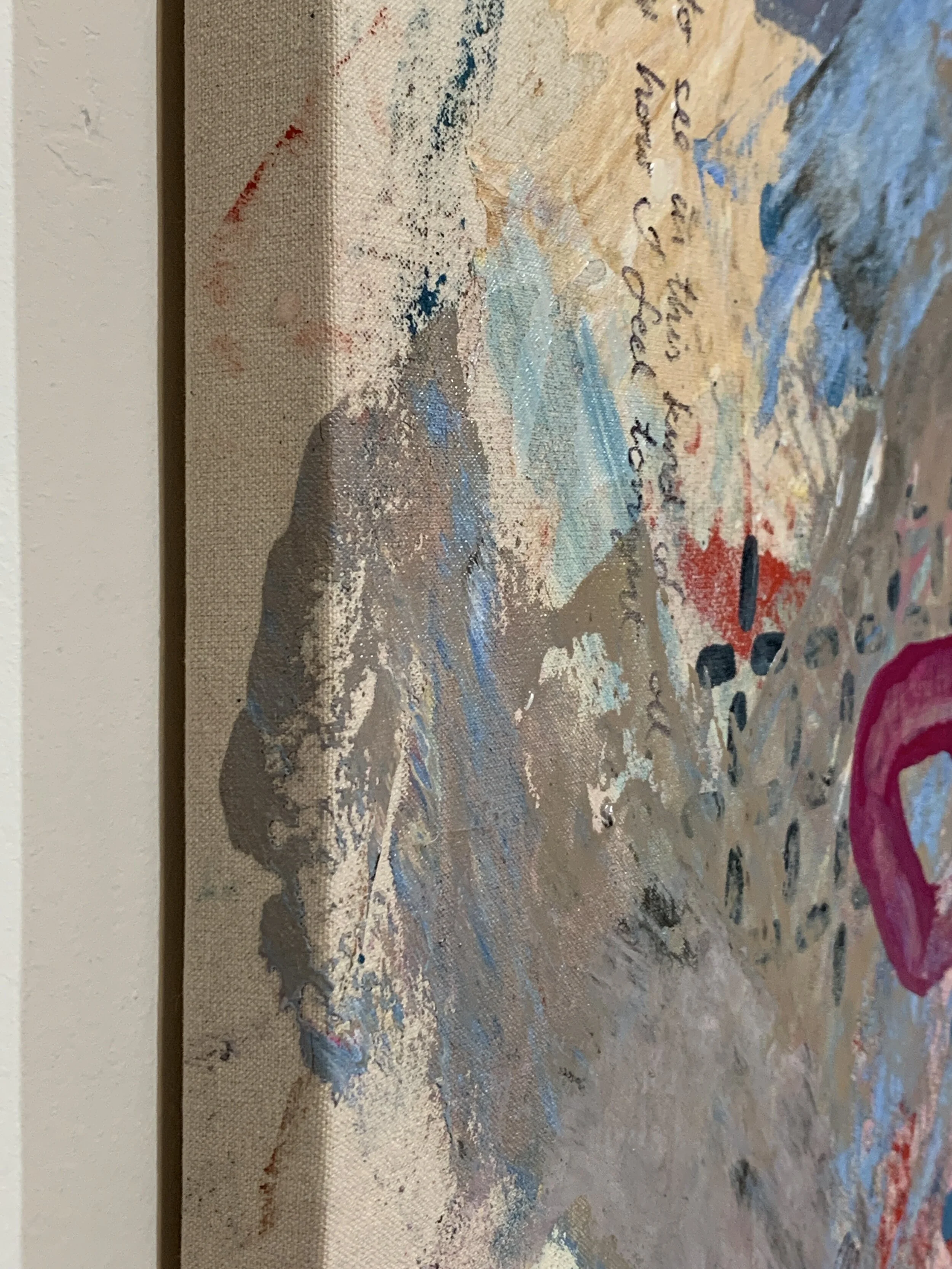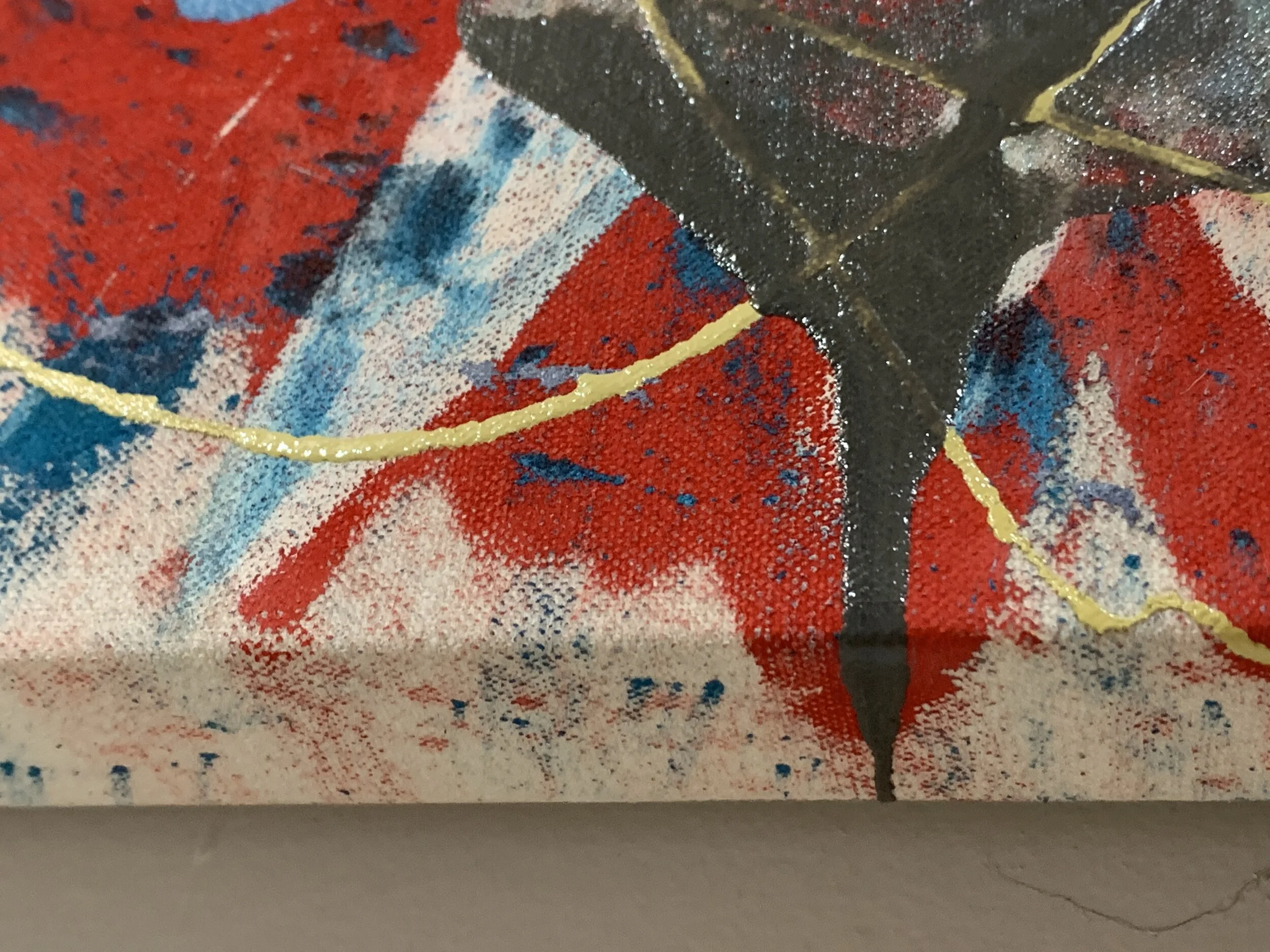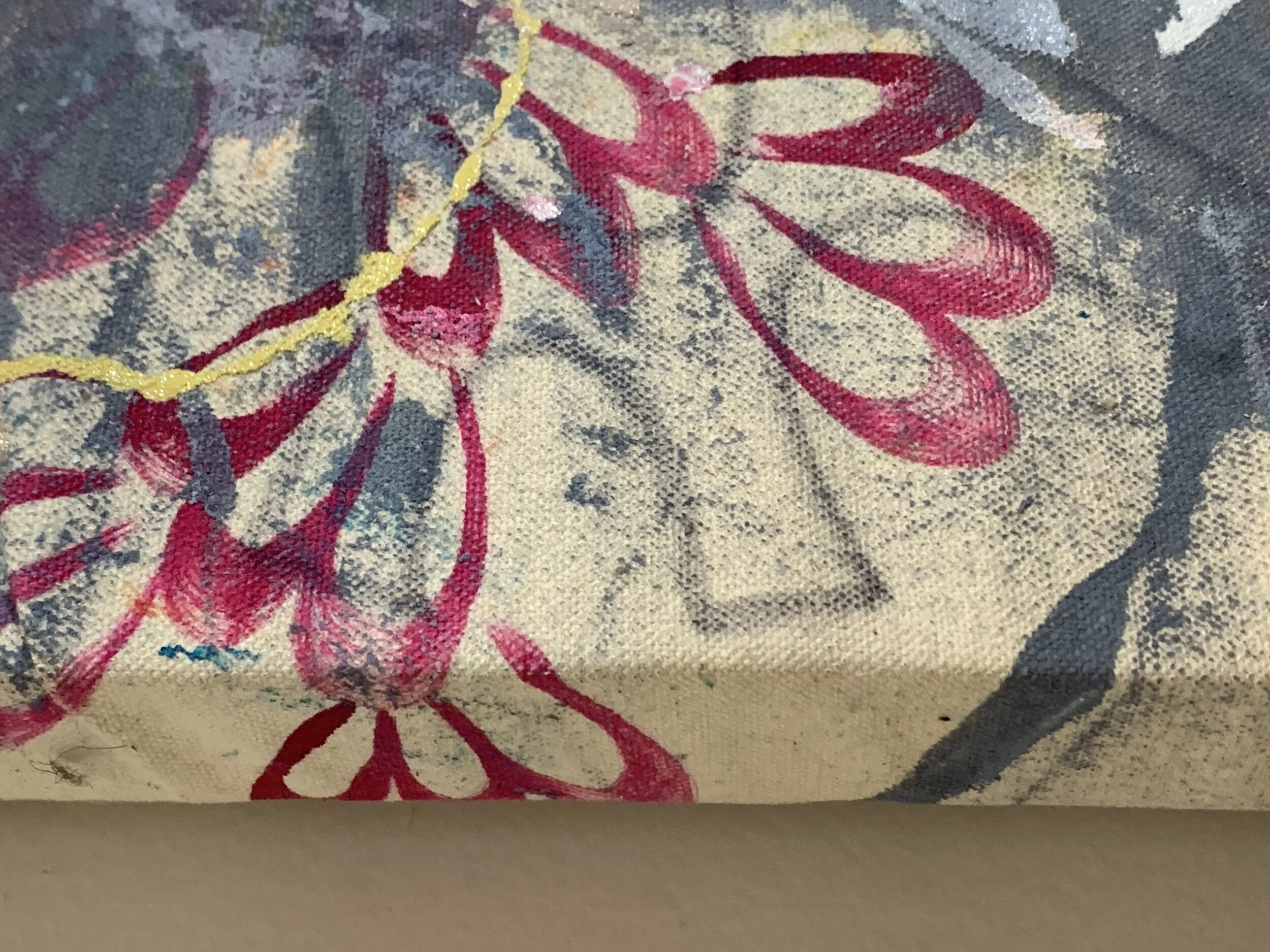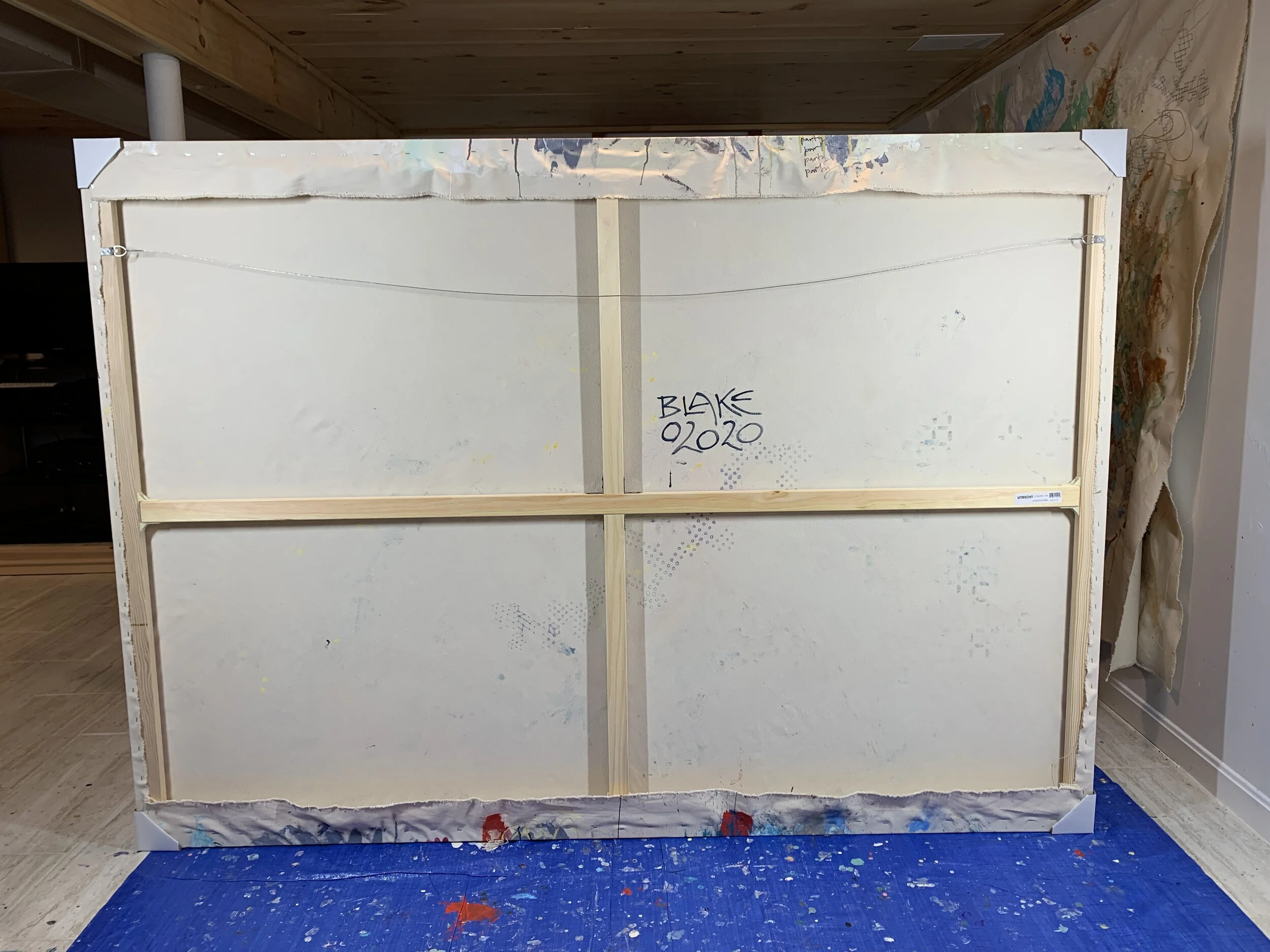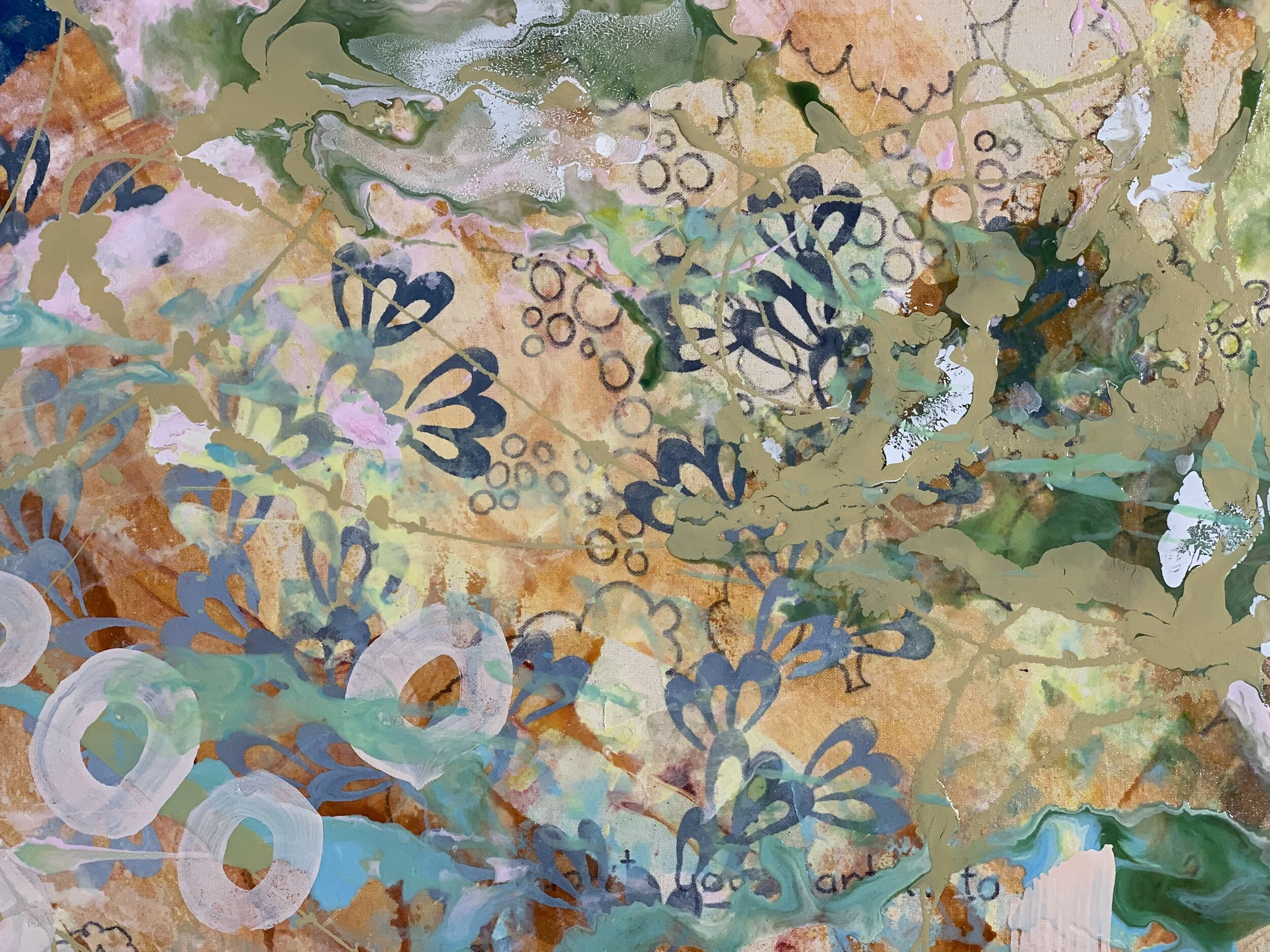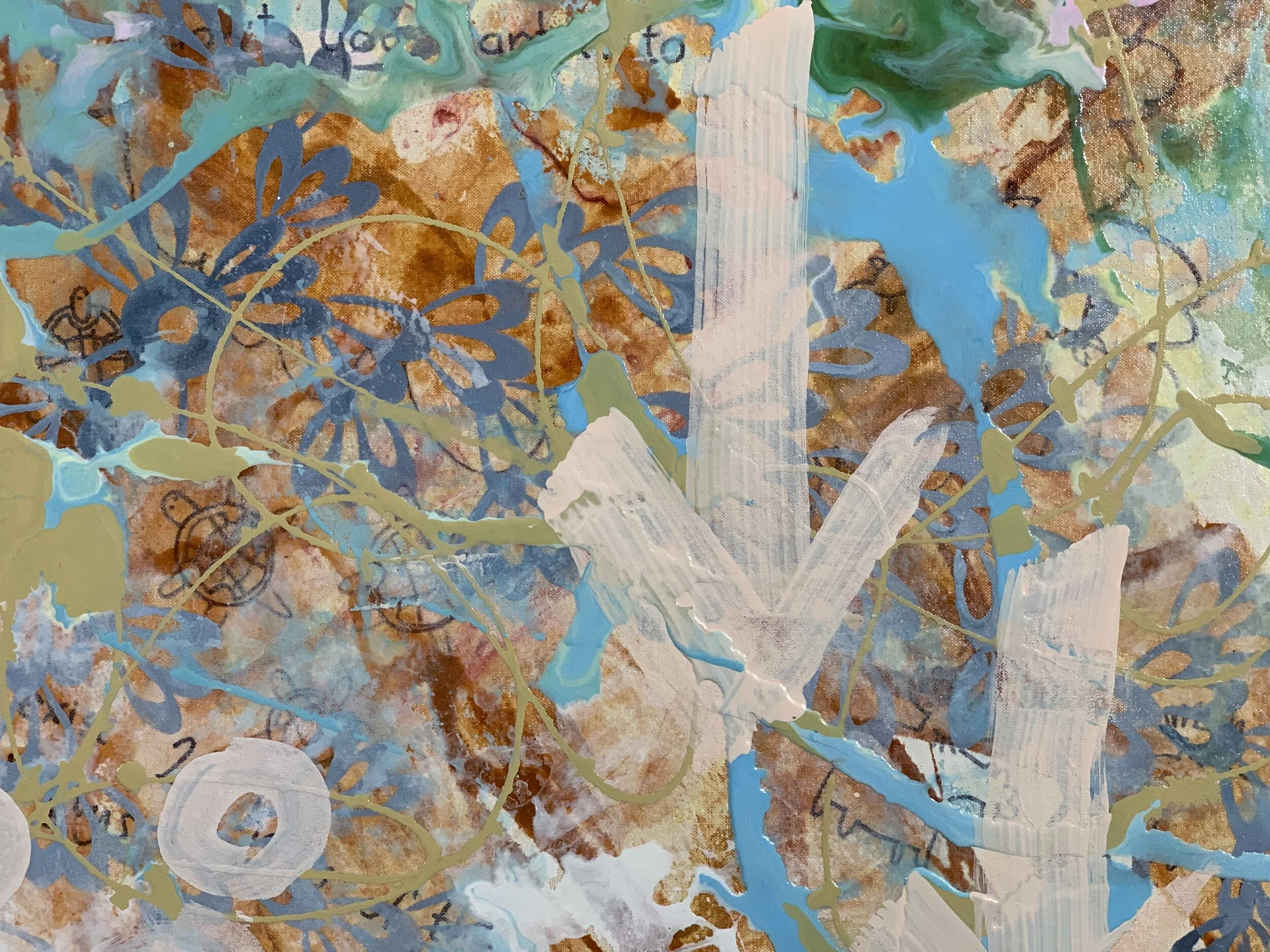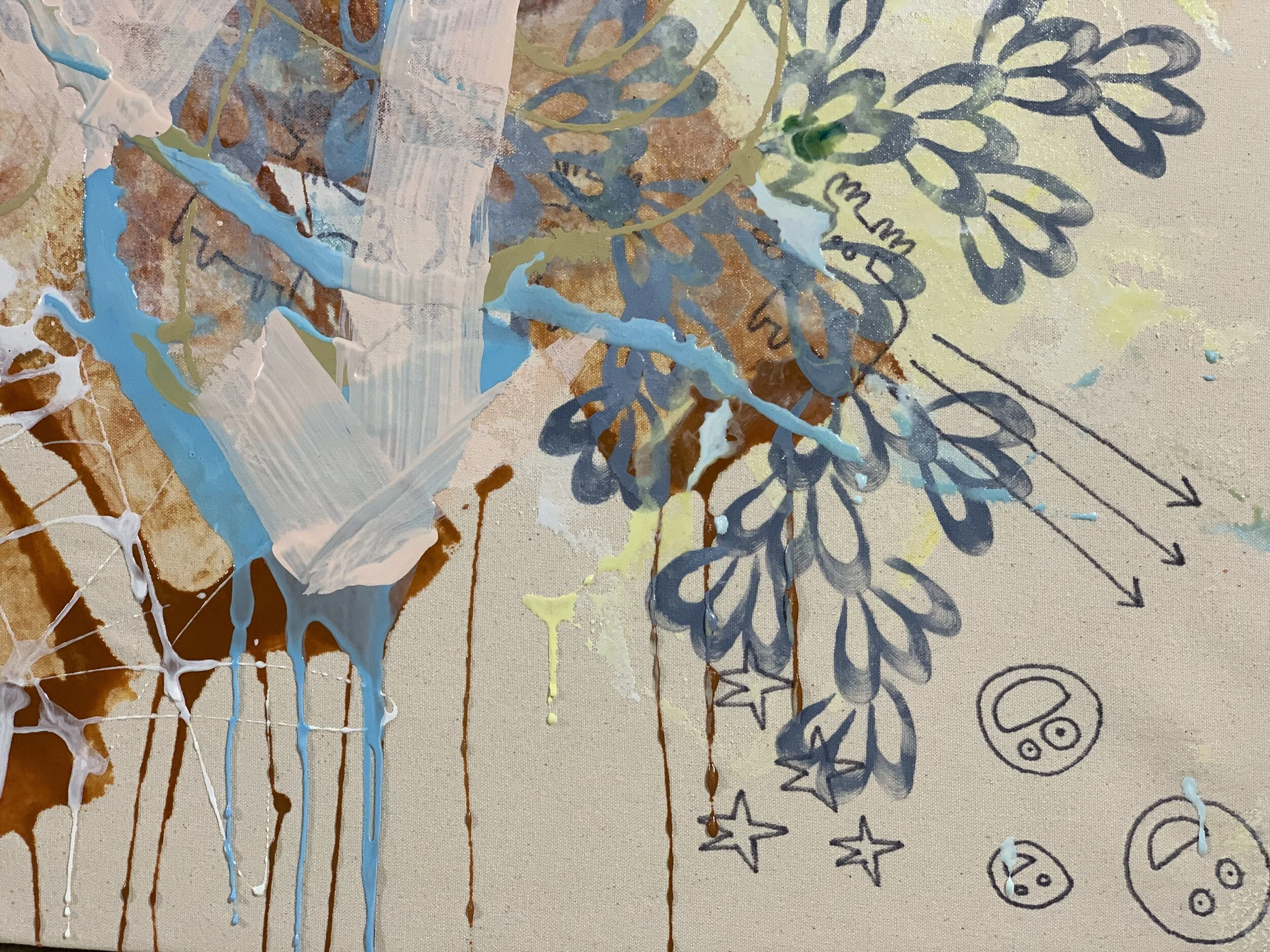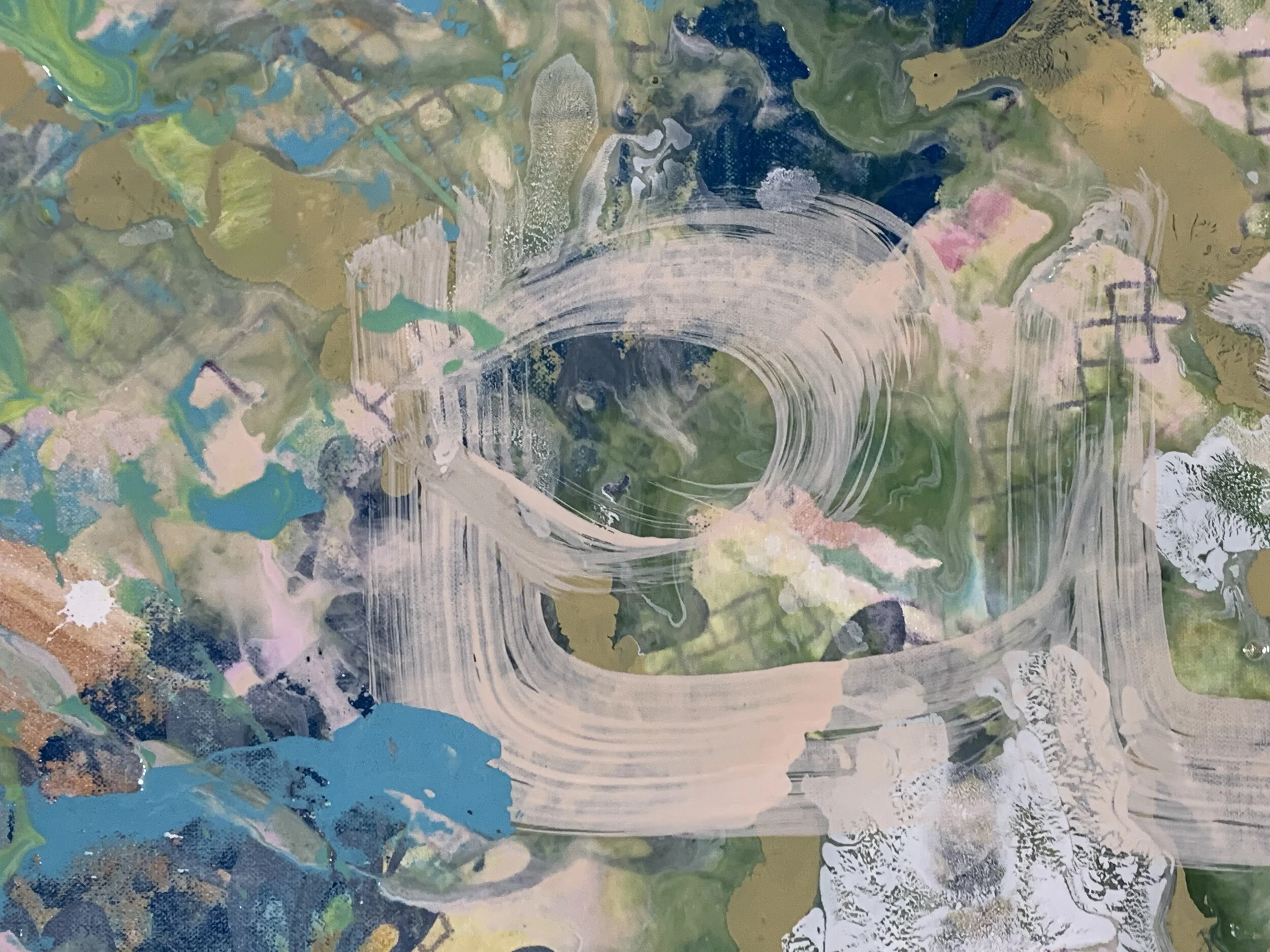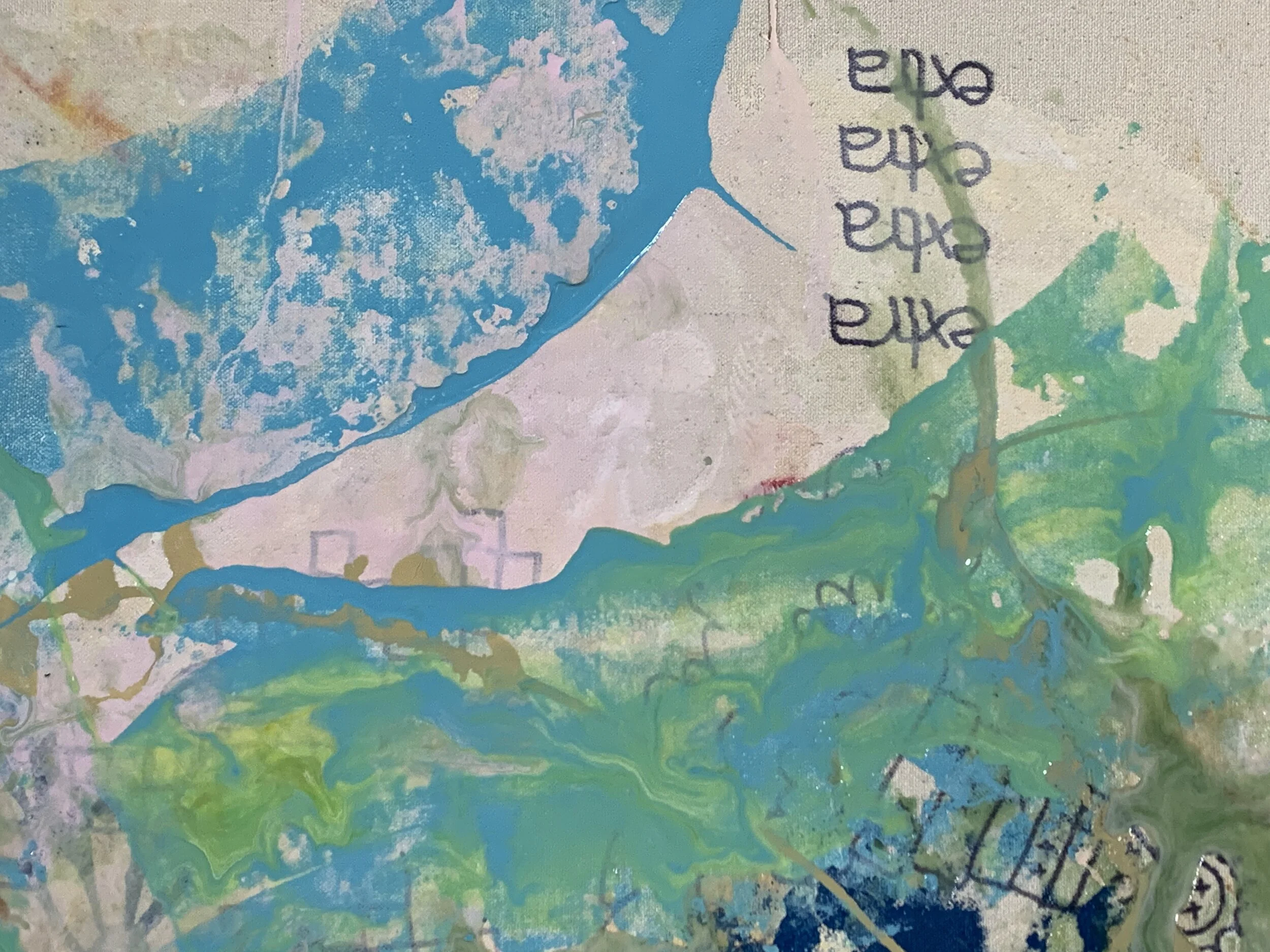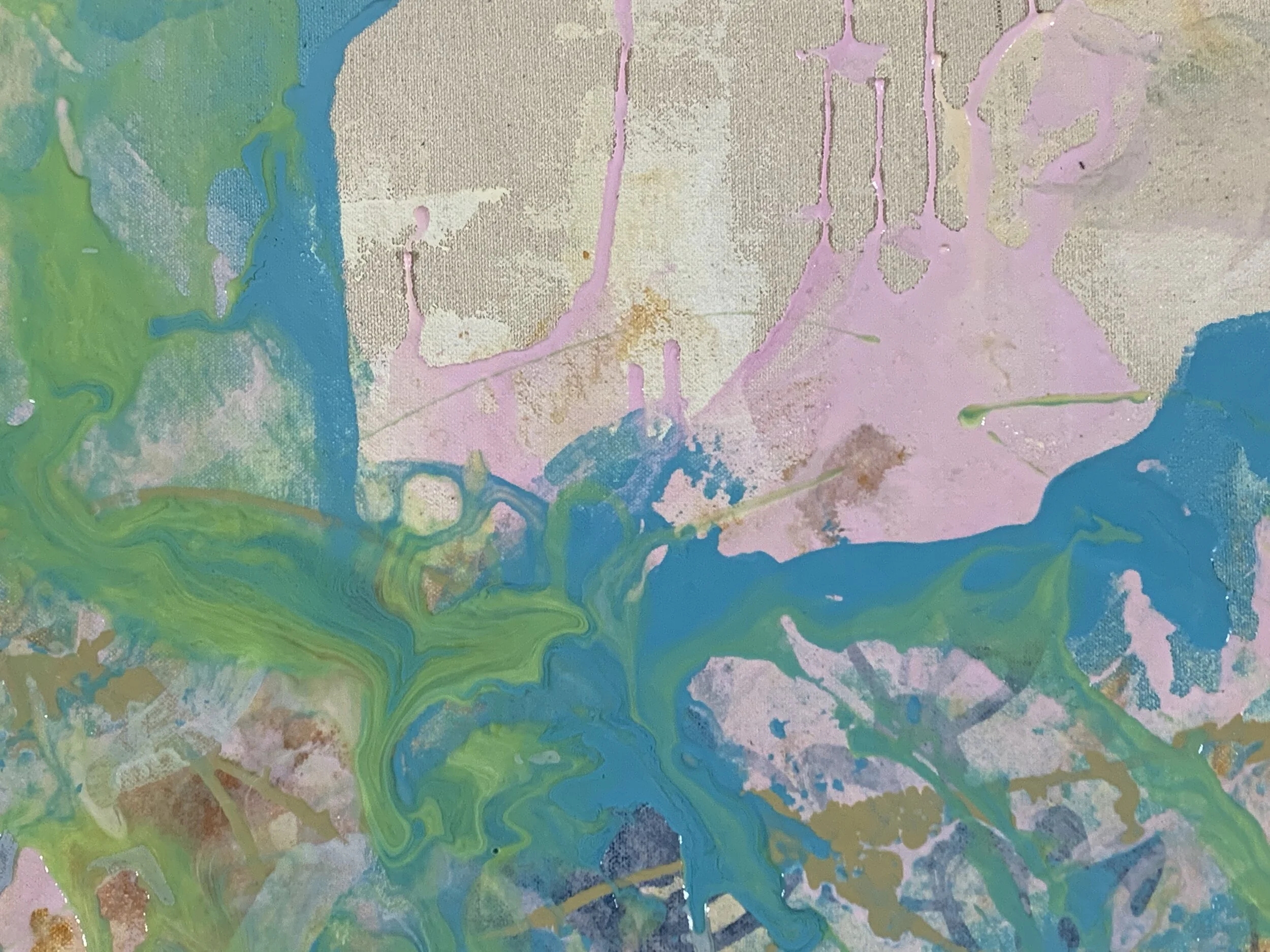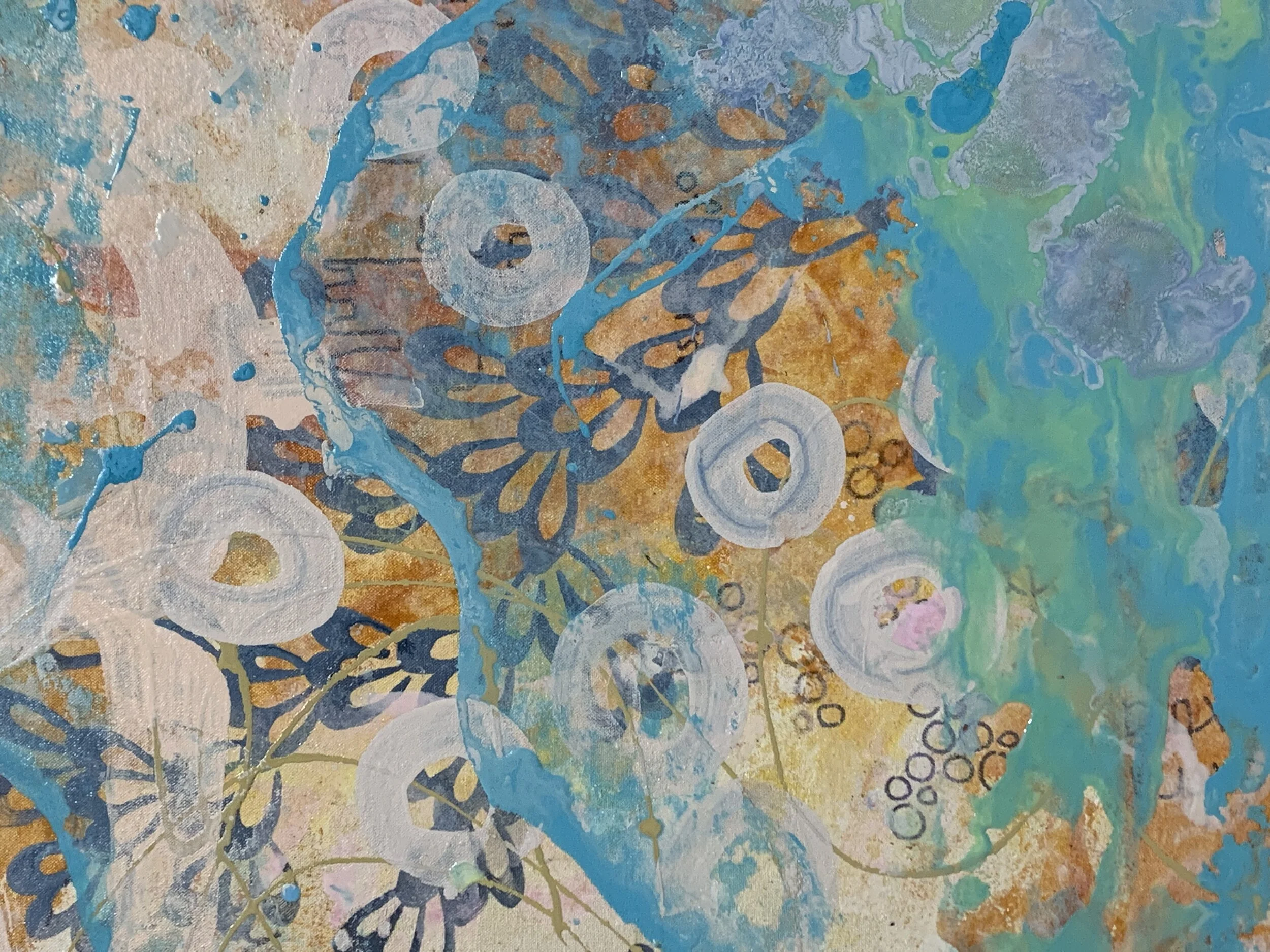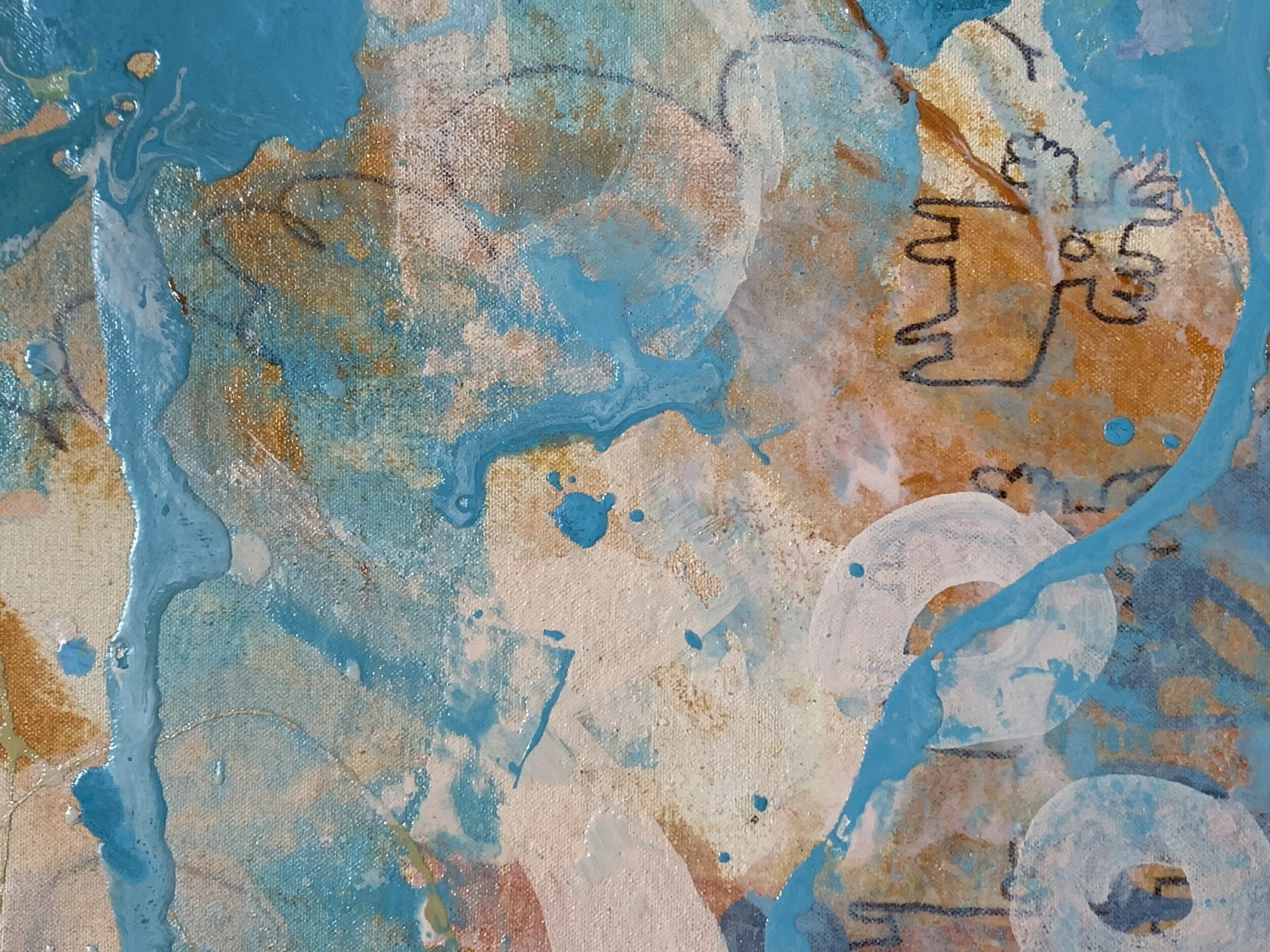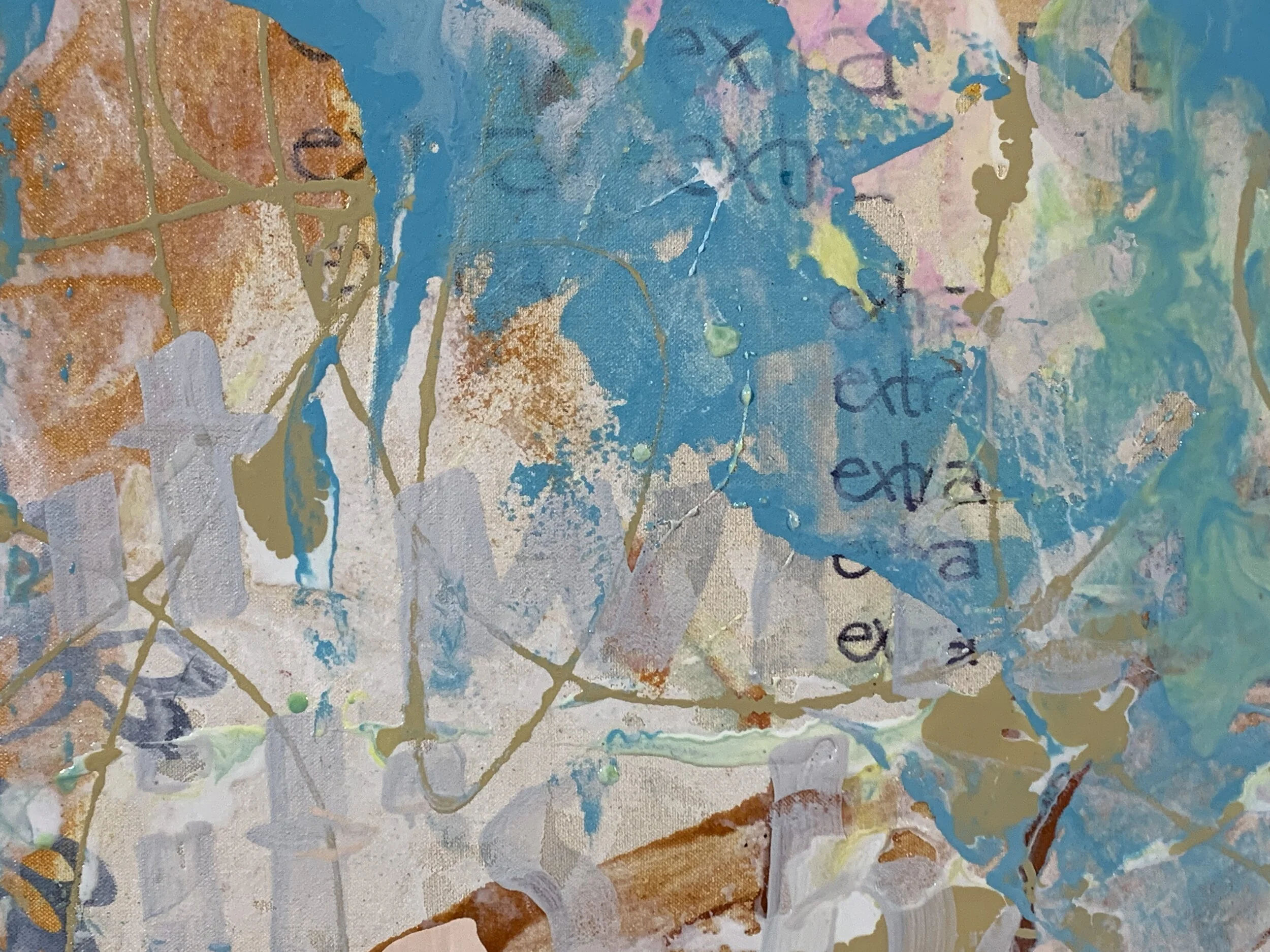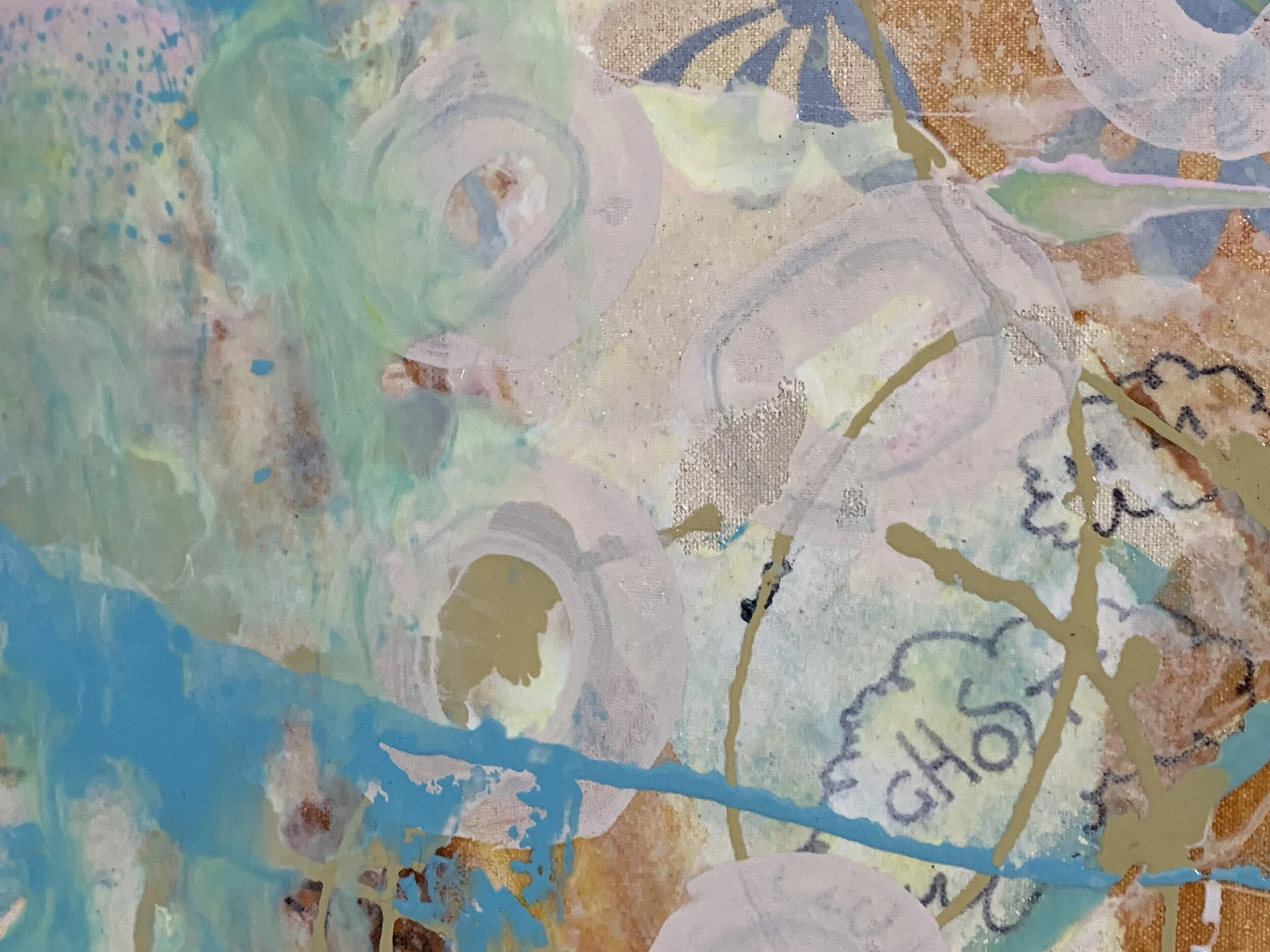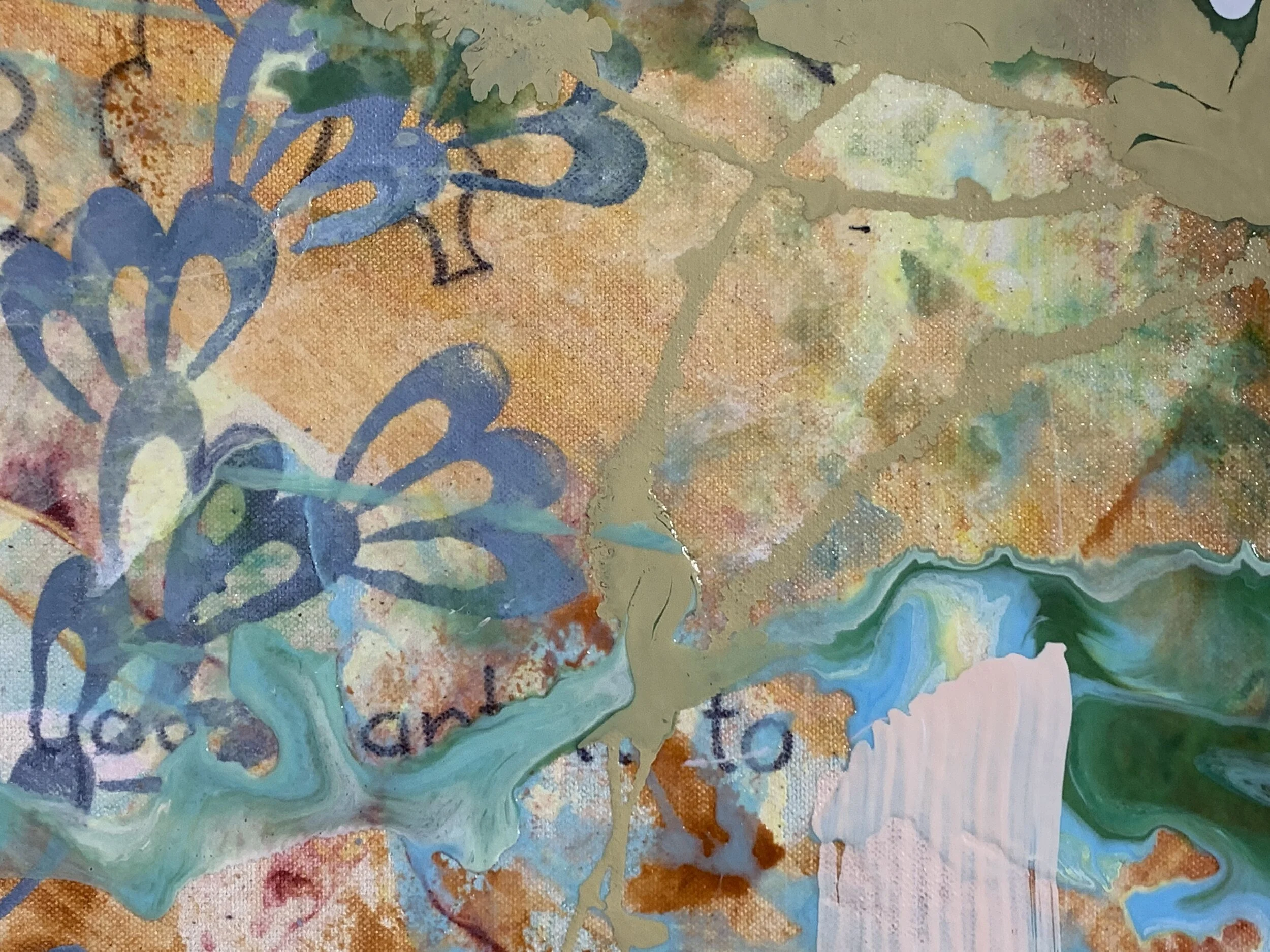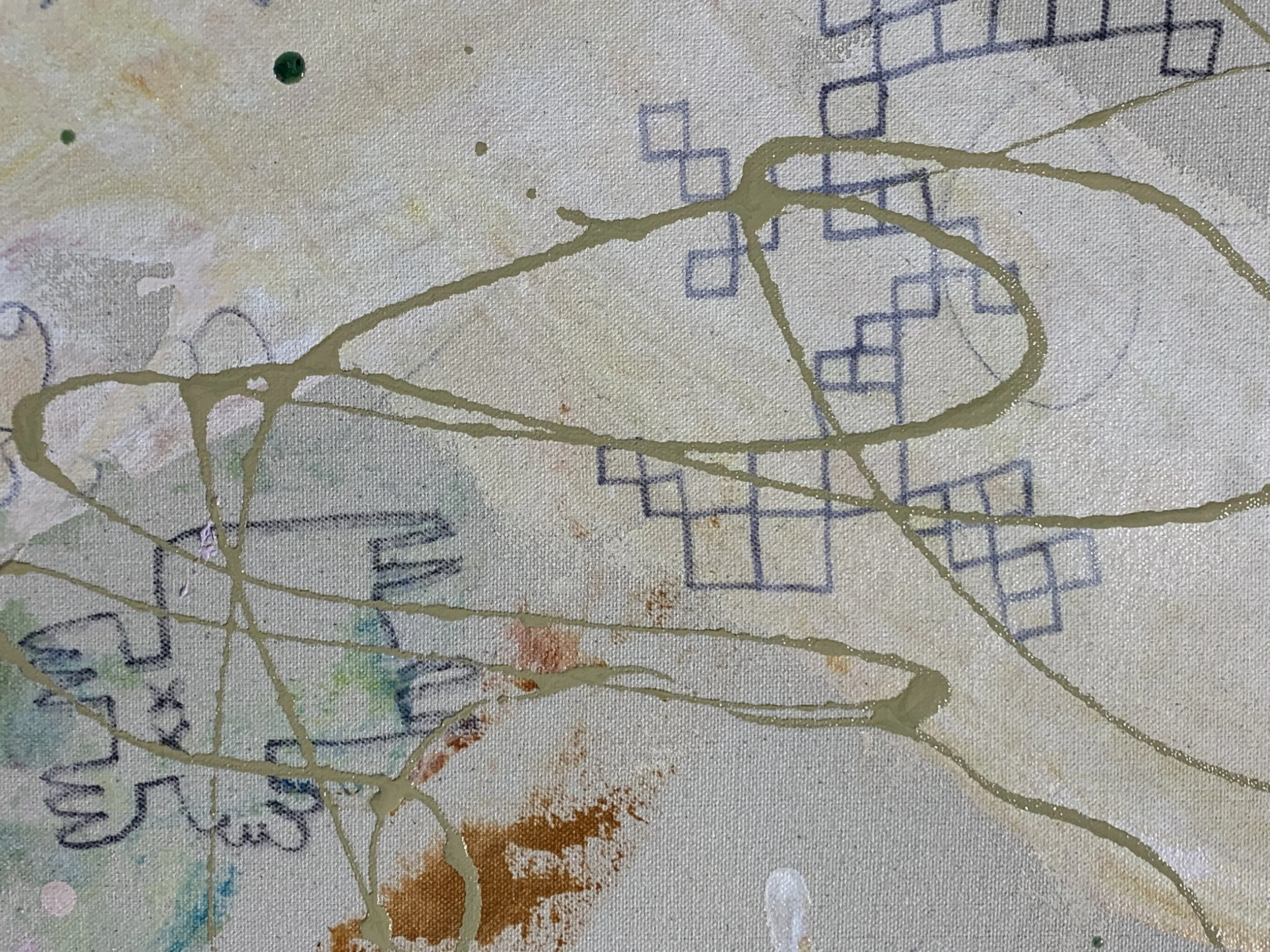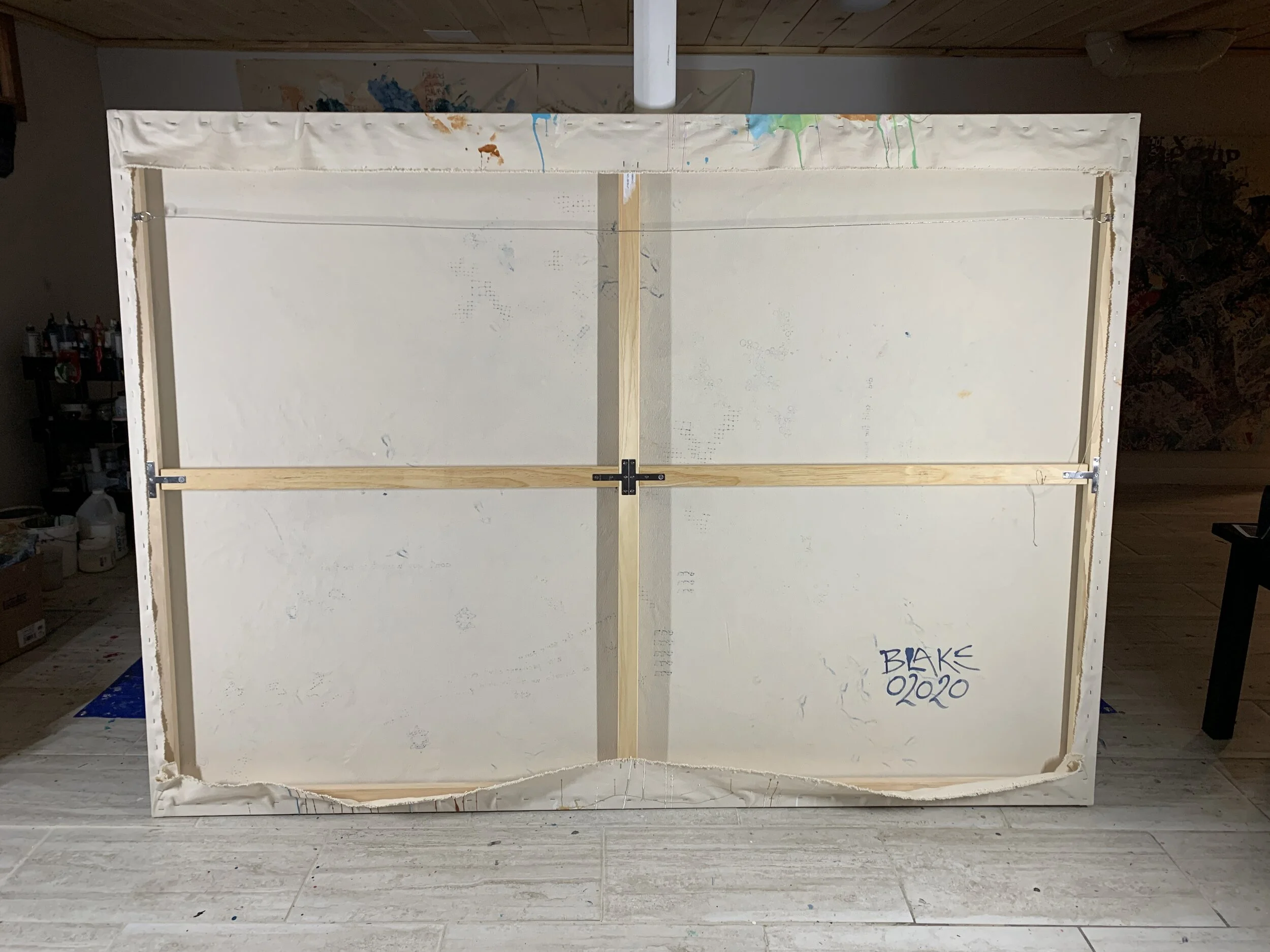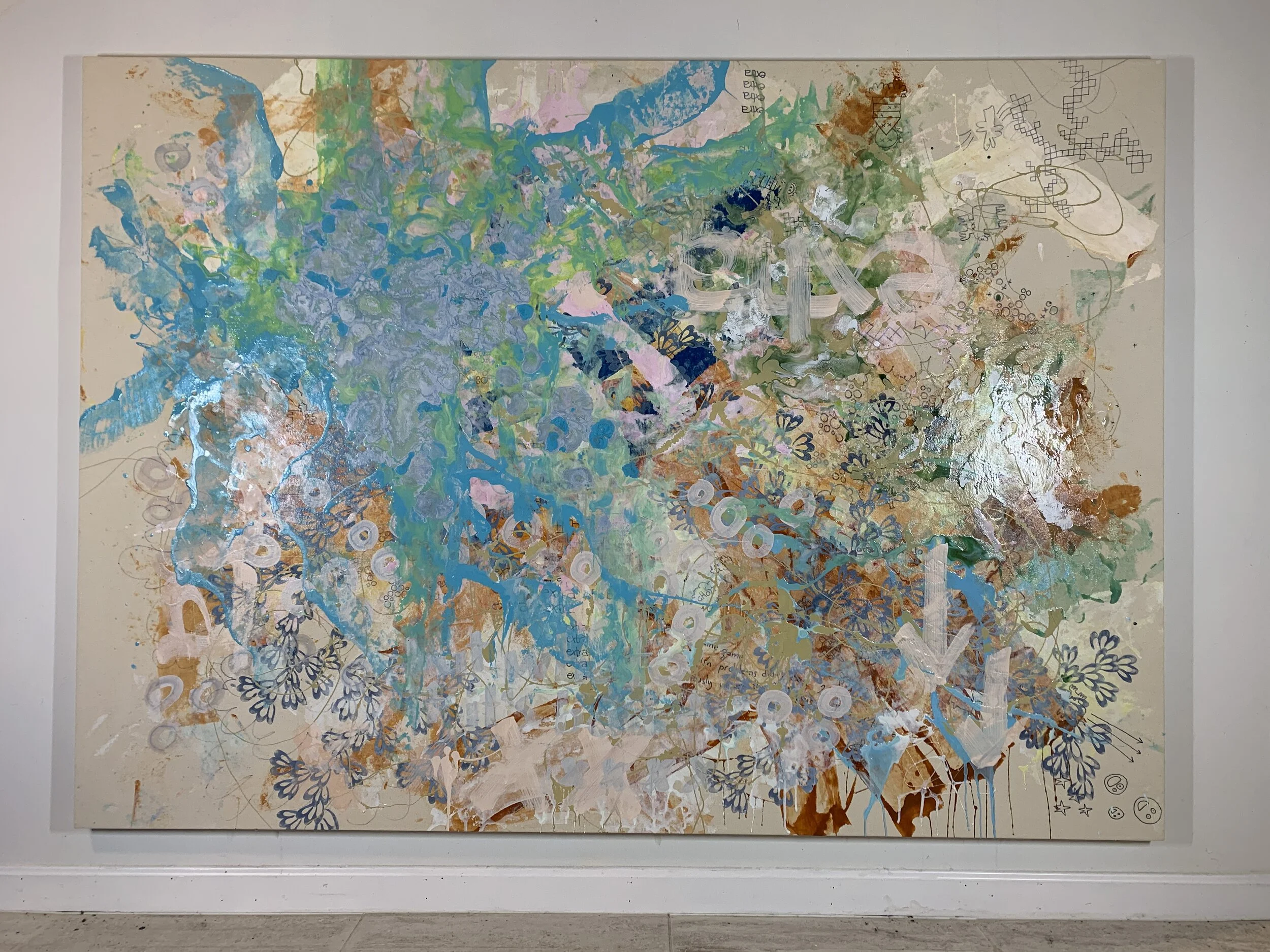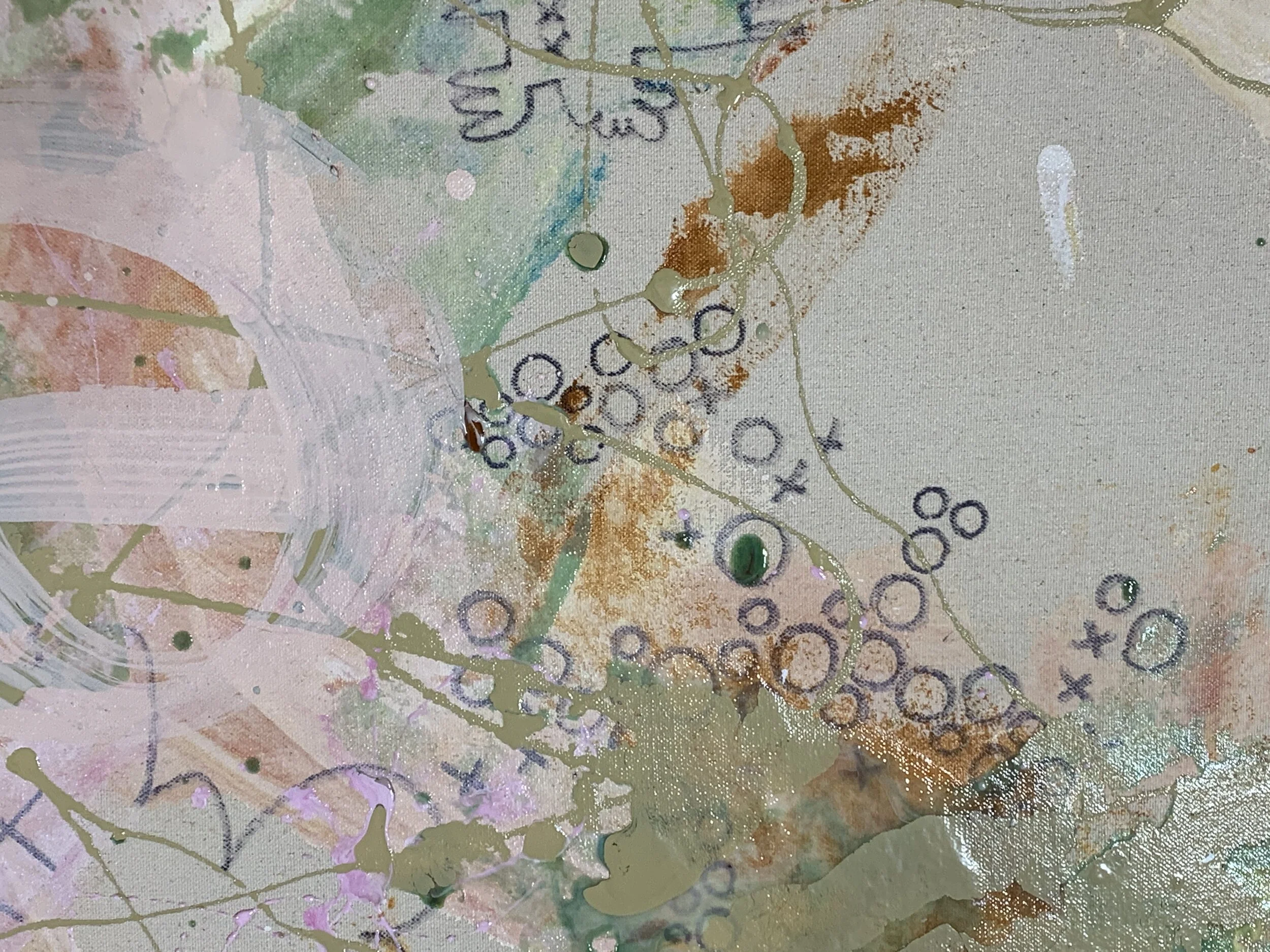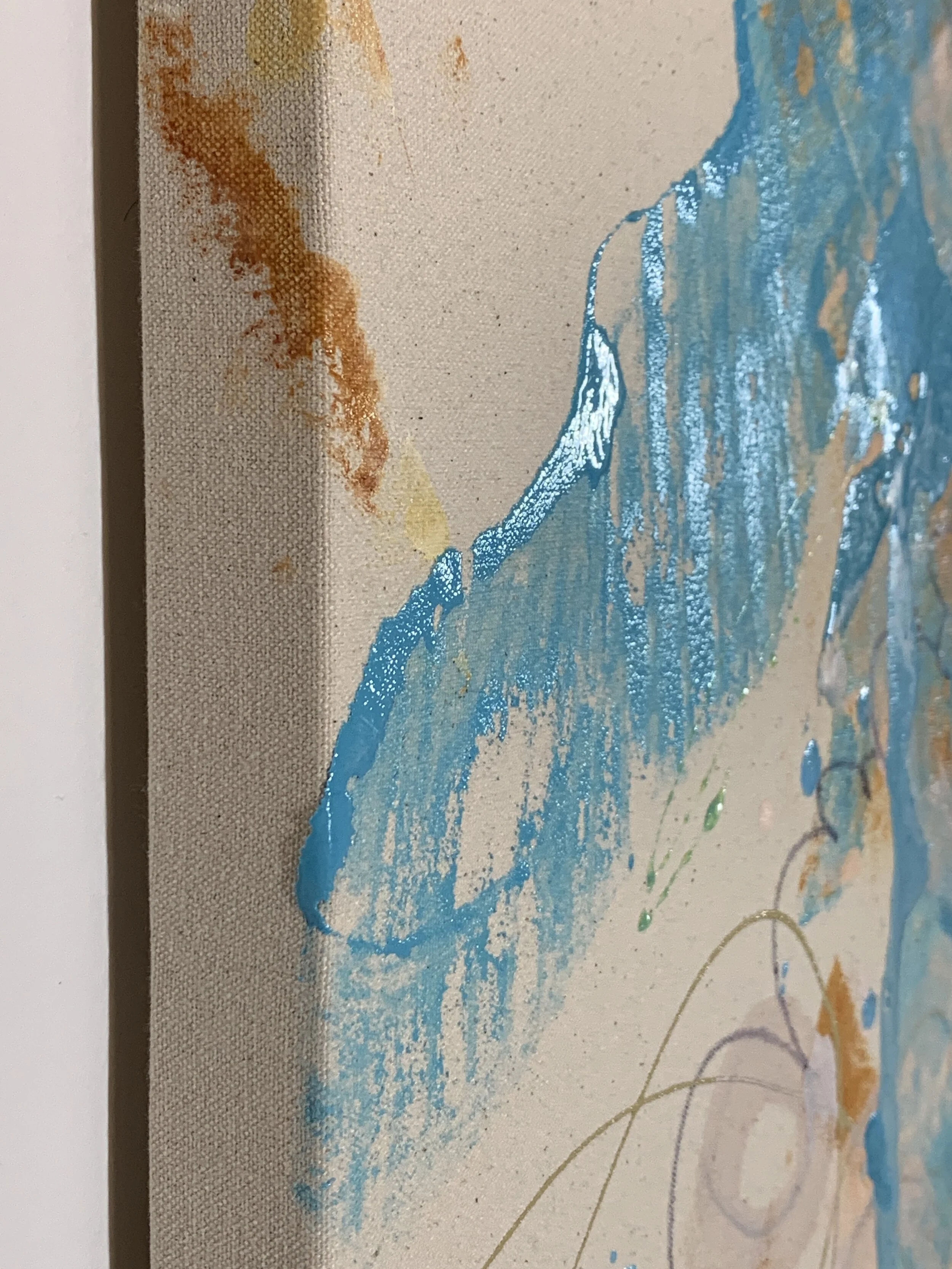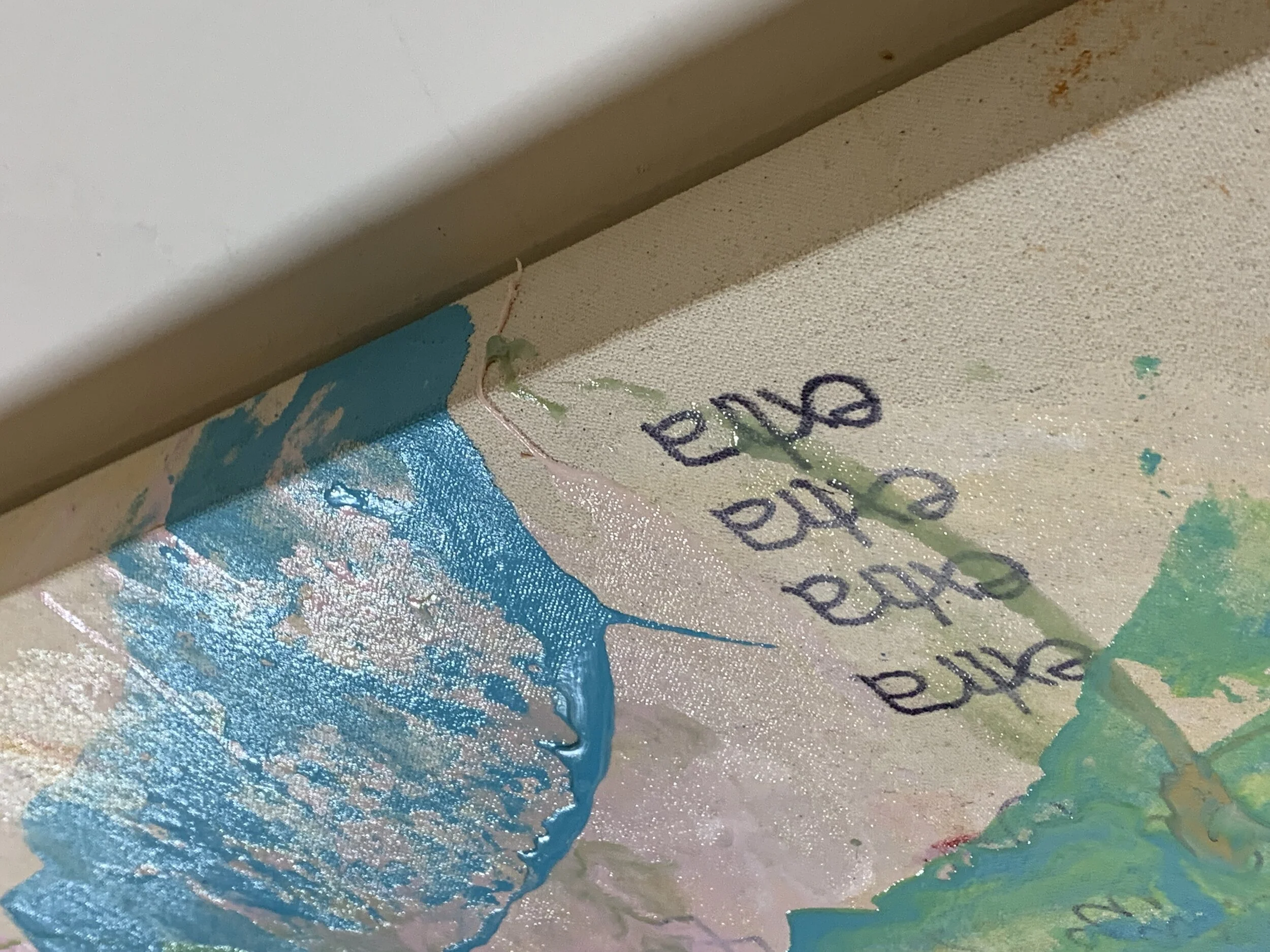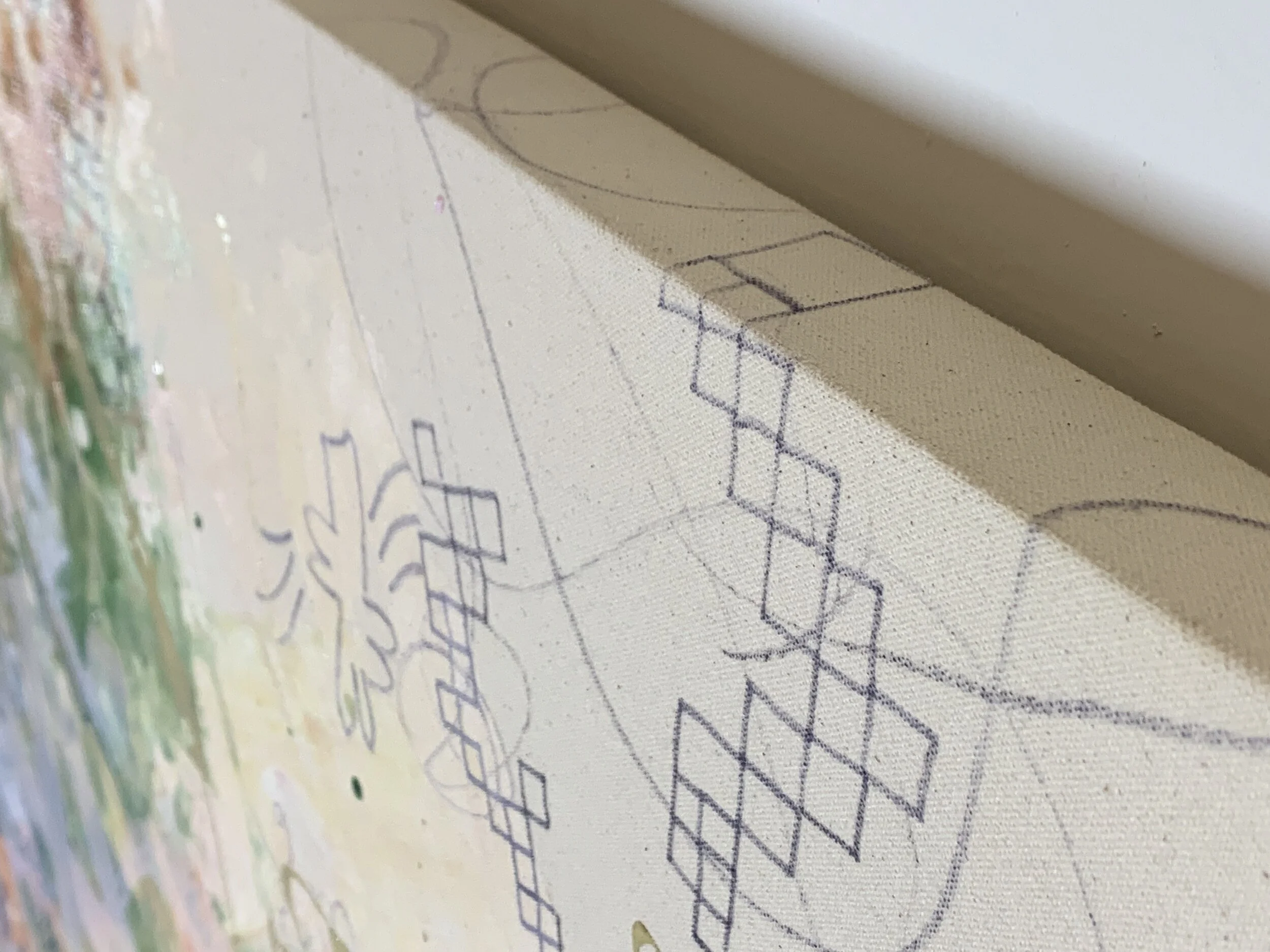Blake Brasher
he/him
Lesley Art + Design MFA group 3, January 2021 Residency
Statement
I started this semester out with a lot of questions about identity and privilege. I am a straight white male. I usually do not have to address this fact in my artist’s statements. That is a form of privilege. No one ever asks me how I address my whiteness in my work. That is a form of privilege.
I work in abstraction. I was told this is also a form of white male privilege. I don’t know. I don’t feel like it has ever been easy. I don’t feel like I was ever told that it was ok or that it was something that I should do. I have had to work very hard and make a lot of sacrifices to do the work that I do, but I am drawn to it because I feel that the possibilities in abstraction for a primal sort of communication are so great.
I used to use the word “universal” in my statements. In learning about my white privilege I’ve also come to understand that the word is used, mis-used, in a lot of other artistic rhetoric to mean something more like “default”; where to be white and male is to be “normal” and not special, the default. This is all a terrible abuse of logic and language, but nonetheless there it is. But let us come at this another way: there must be some similarity in experience between members of the different races. There must be some similarity in experience between members of different species. Any creature that experiences consciousness, I would say, has a set of shared experiences with any other creature that experiences consciousness. Whatever set of experience fits inside that ven diagram, I would say is safe to describe as “universal.”
Over the course of this semester I’ve landed on a concept of painting as thinking. A painting is a problem, its solution, and the process of getting from one to the other condensed onto a surface, and it is a mechanism for communicating the process of thinking about the problem. It captures a little bit of what it was like to be me while I worked on the painting, as much as it is a distillation of the desire to mold chaos into order, the quest for beauty, and finding signal hidden in the noise.
Bio
Blake Brasher is a visual artist working primarily in mixed media painting. His colorful abstractions are reflections on the nature of reality and what it is like to be a thinking being in a universe that is at once beautiful and terrifying. He grew up in Alaska, and has also lived in Turkey, Texas, and Arizona before moving to Massachusetts in 1997. He received his BS in Art and Design from MIT in 2003 and has been exhibiting his work publicly since 2008. His work is internationally collected, and he has participated in artist residency programs in Italy, Romania, France, New York, and Massachusetts. He is also a robotics engineer at Boston Dynamics where he is currently working on the Spot quadruped robot and he is the father of a precocious toe-headed baby boy.
New Work
Anyone Can Get it Who's Sitting Around at Home
56 x 56 inches. acrylic and Sharpie on canvas
Welcome Back Bucket
56 x 56 inches. acrylic and Sharpie on canvas
Donatello Does Machines
56 x 72 inches. acrylic and Sharpie on canvas
They Never Even Knew
64 x 48 inches. Acrylic and Sharpie on canvas. 2020
Old Tricks and Big Fun
48 x 84 inches. Acrylic and Marker on Canvas. 2020.
Another Thing All Together
60 x 84 inches. Acrylic and Marker on Canvas. 2020
Wish Problems Didn't Exist
60 x 84 inches. Acrylic and Sharpie on Canvas. 2020
Summer / Fall 2020 Reading List
McQuaid, Cate. "For this artist and community organizer, it’s all coming together." The Boston Globe 4 April 2019.
Duve, Thierry de. Kant after Duchamp. Cambridge, MA, USA: The MIT Press, 1996.
Harris, Annaka. Conscious: A Brief Guide to the Fundamental Mystery of the Mind. Harper; Illustrated Edition, 2019.
Hofstadter, Douglas. I Am a Strange Loop. Basic Books, 2007.
Nagel, Thomas. "What Is It Like to Be a Bat." The Philosophical Review (1974): 435-450.
Winkler, Adam. "Yes, Corporations Are People." Slate 17 March 2014.
Genius. "Microphones in 2020 Lyrics." 2020. https://genius.com/The-microphones-microphones-in-2020-lyrics. 1 November 2020.
Hajek, Danny and Lilly Quiroz. "Guggenheim's Audio Guide Brings The Art Museum To Listeners' 'Mind's Eye'." Morning Edition. National Public Radio, 30 October 2020. Radio.
Crimp, Douglas. "The End of Painting." October (1981): 69-86.
Graw, Isabelle. "Frozen References to Life in Avery Singer's Paintings." Graw, Isabelle. The Love of Painting: Genealogy of a Success Medium. Sternberg Press, 2018. 262-274.
Greenberg, Clement. "Modernist Painting." OʼBrian, John. Clement Greenberg: The Collected Essays and Criticism vol. 4. Chicago: The University of Chicago Press, 1993. 85-93.
Joselit, David. "Painting Beside Itself." October 130 (2009): 125-134.
Liscia, Valentina Di. Hyperallergic: Maurizio Cattelan’s Notorious Banana Sculpture Donated to Guggenheim Museum. 21 September 2020. 3 December 2020.


